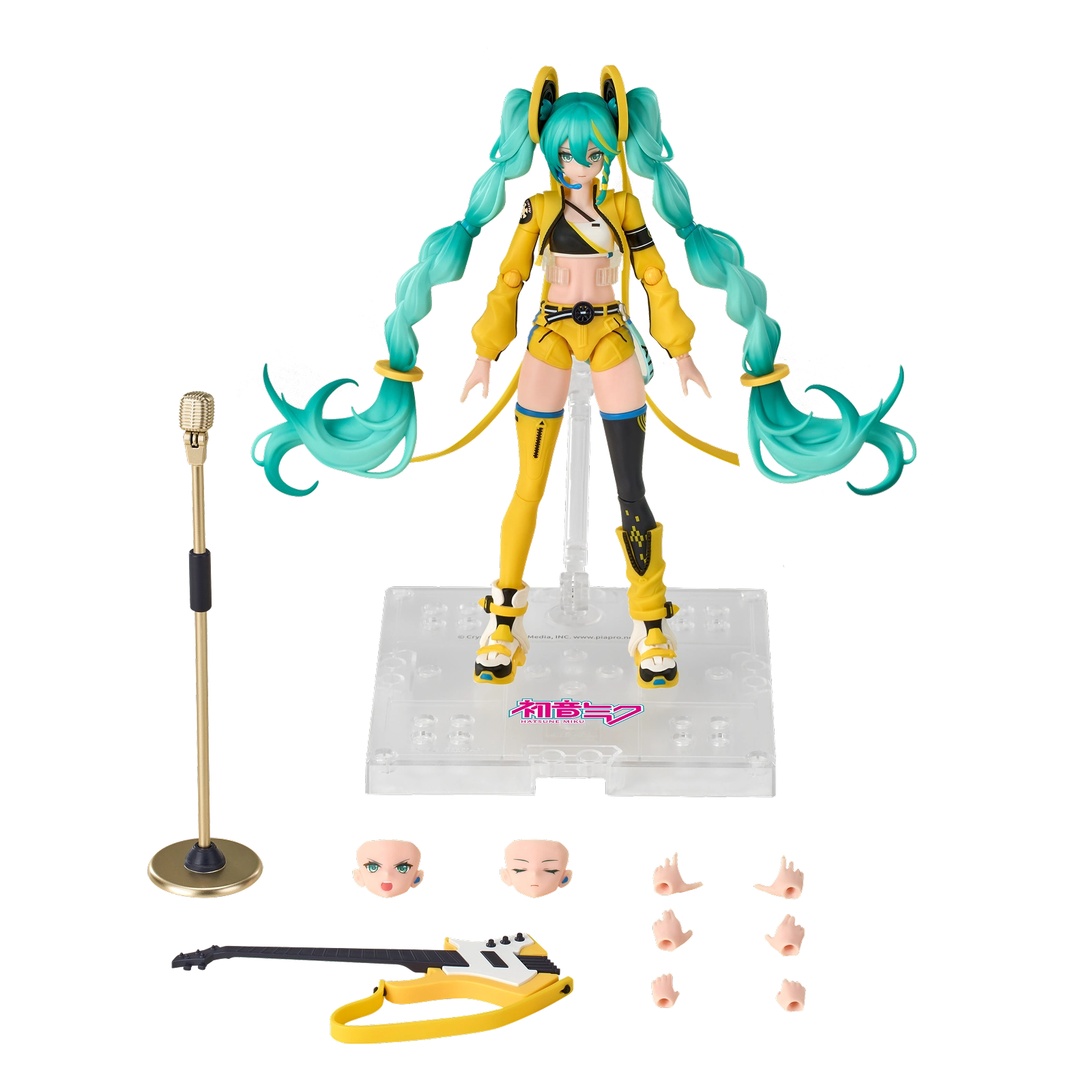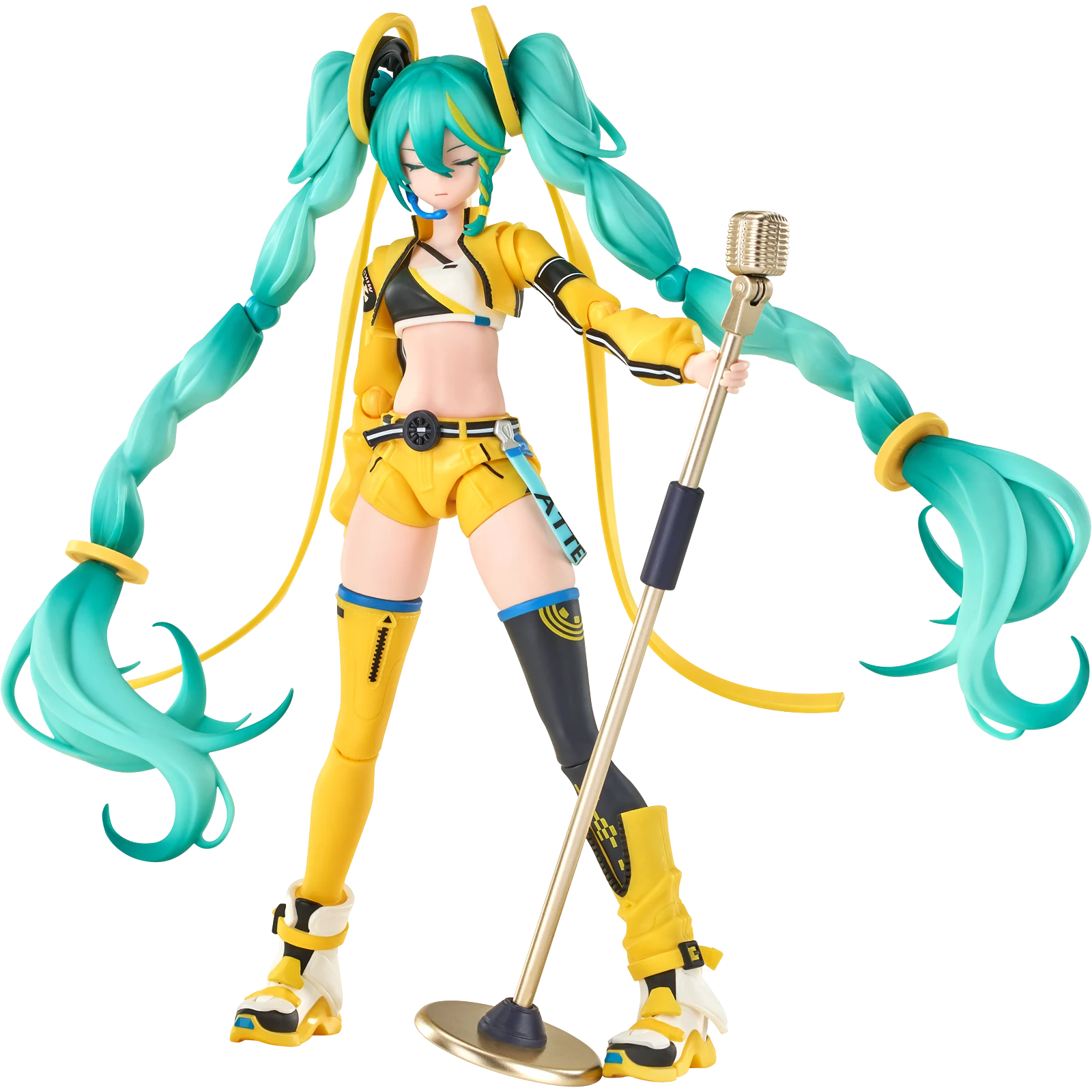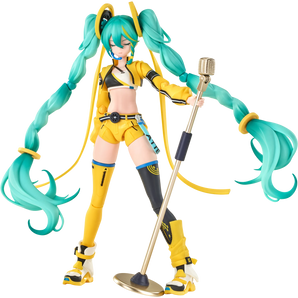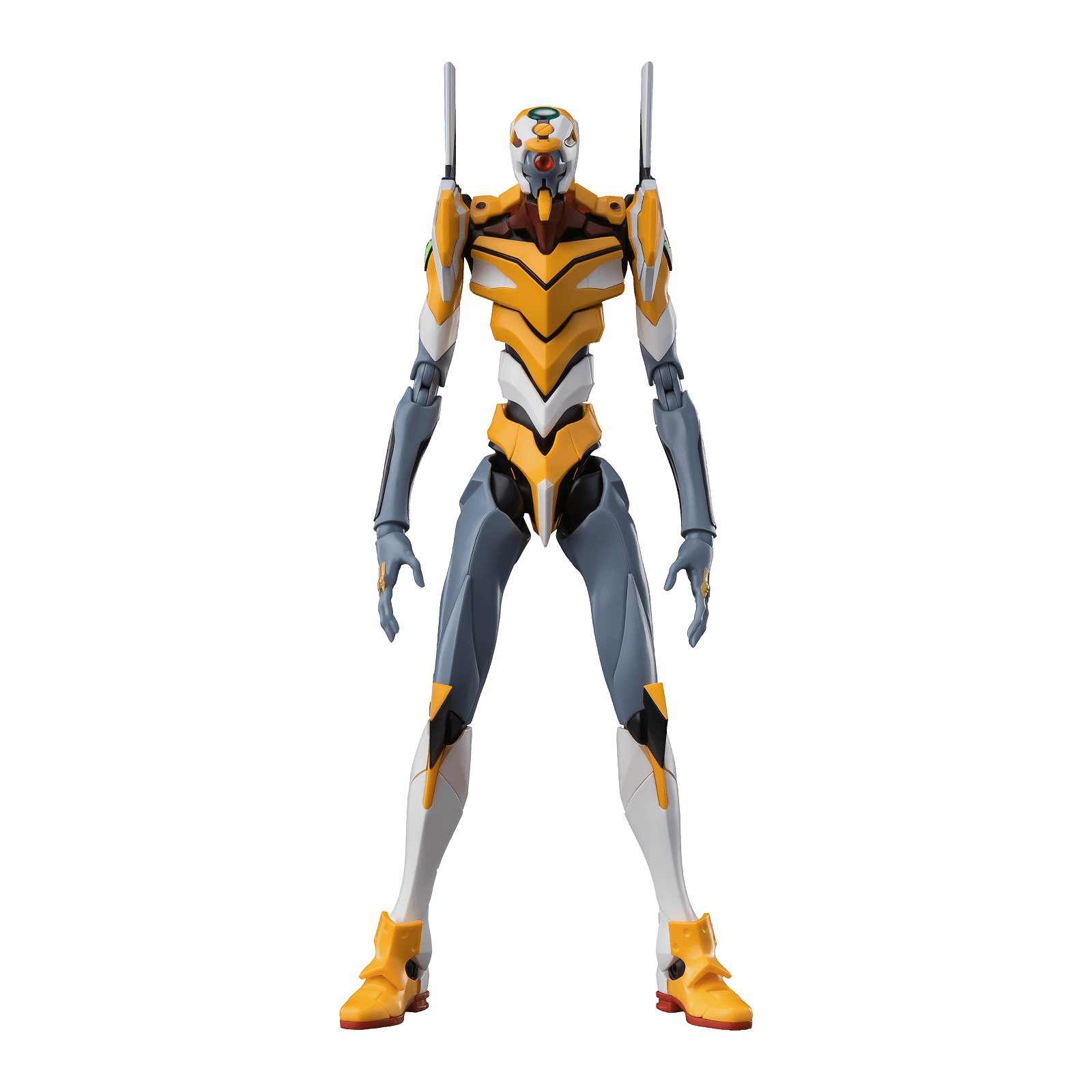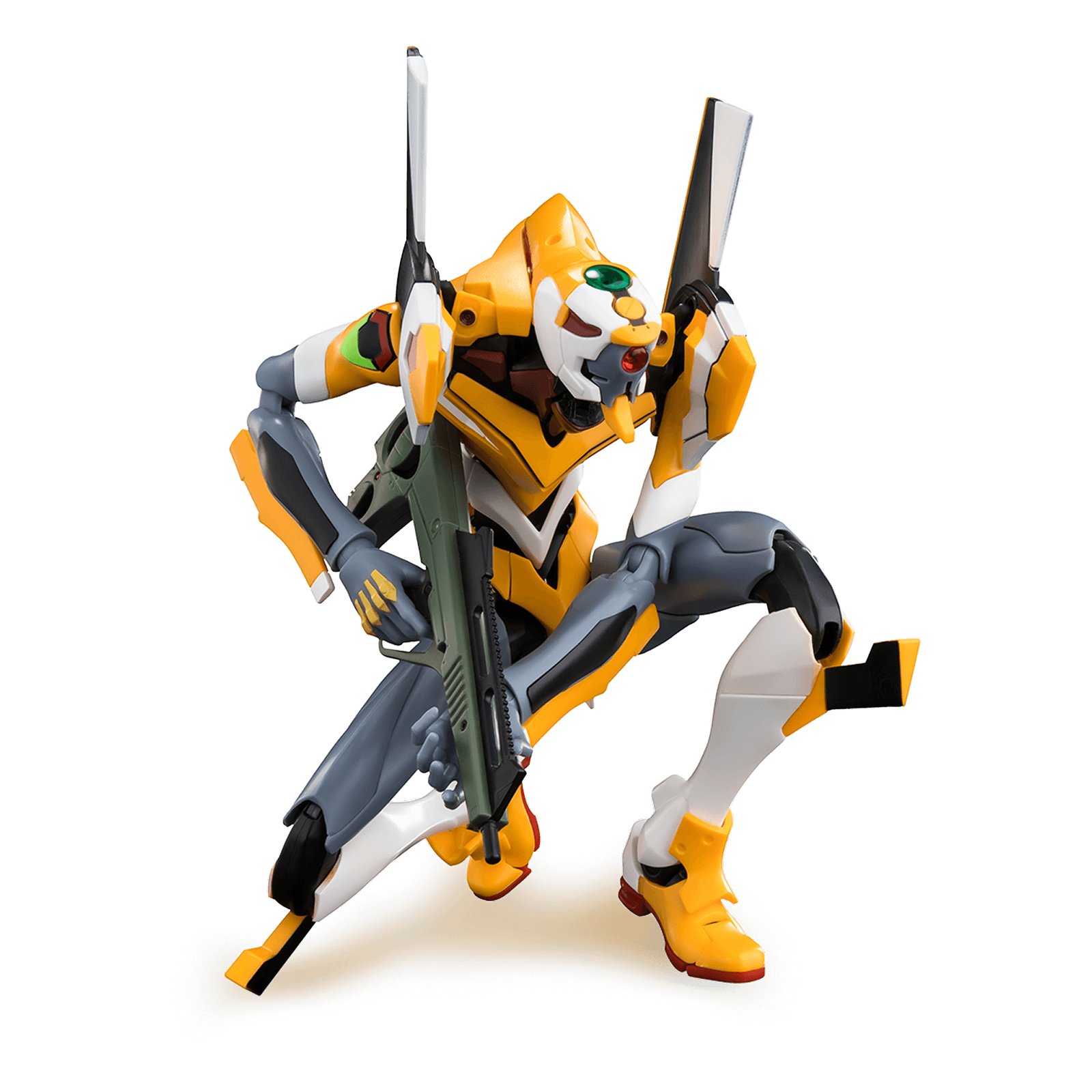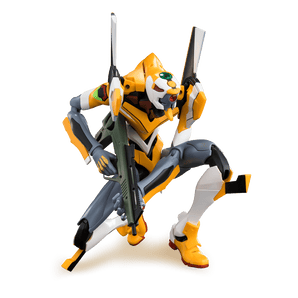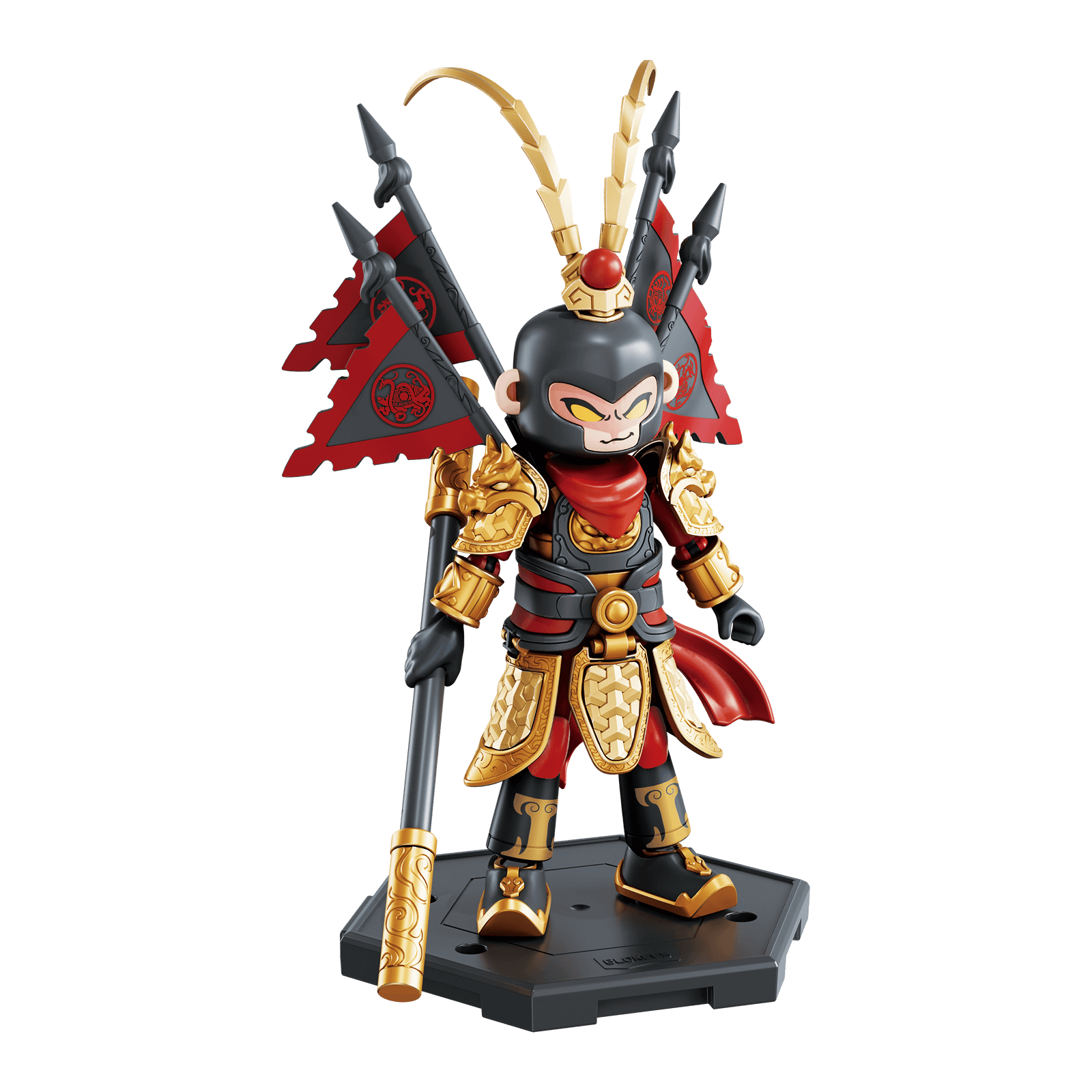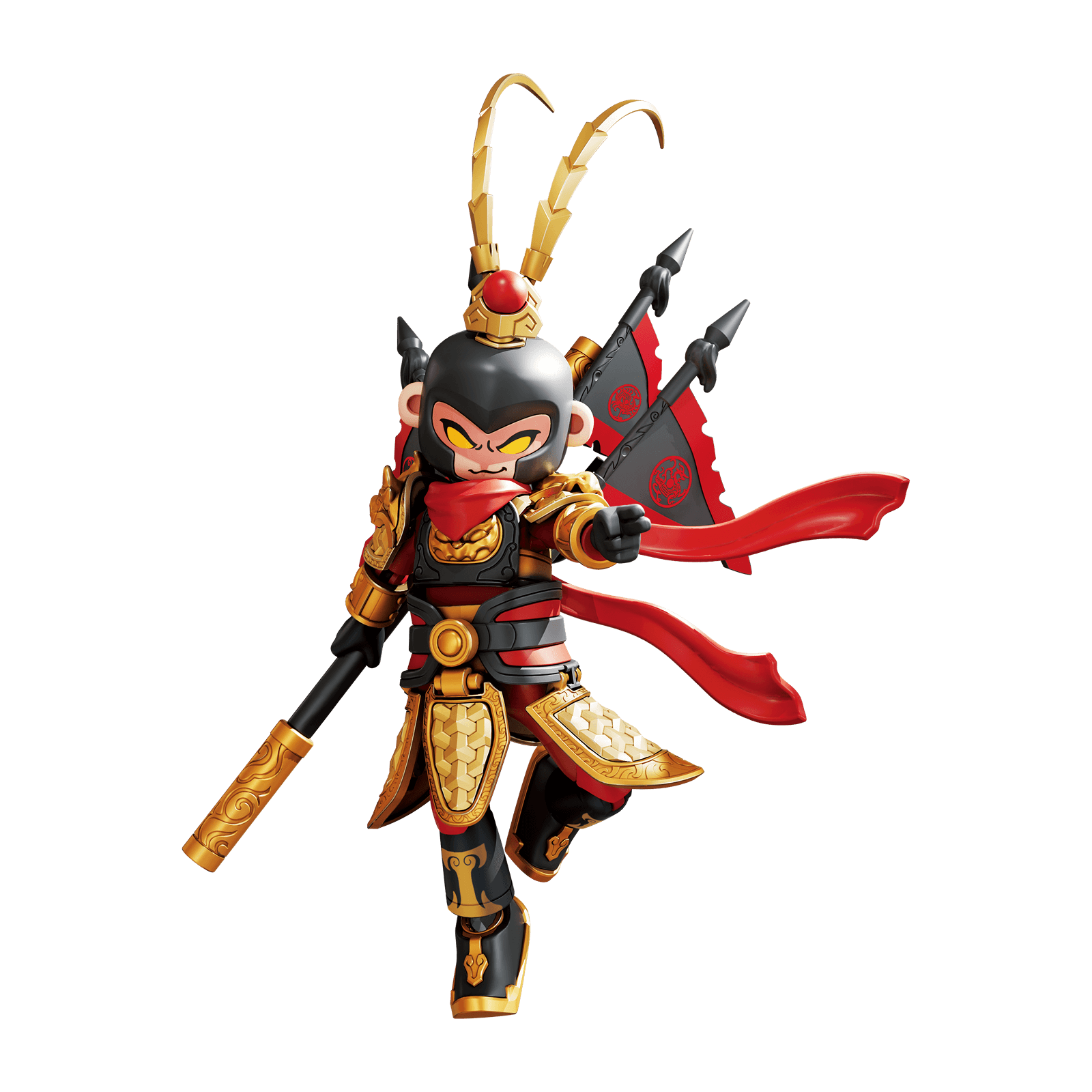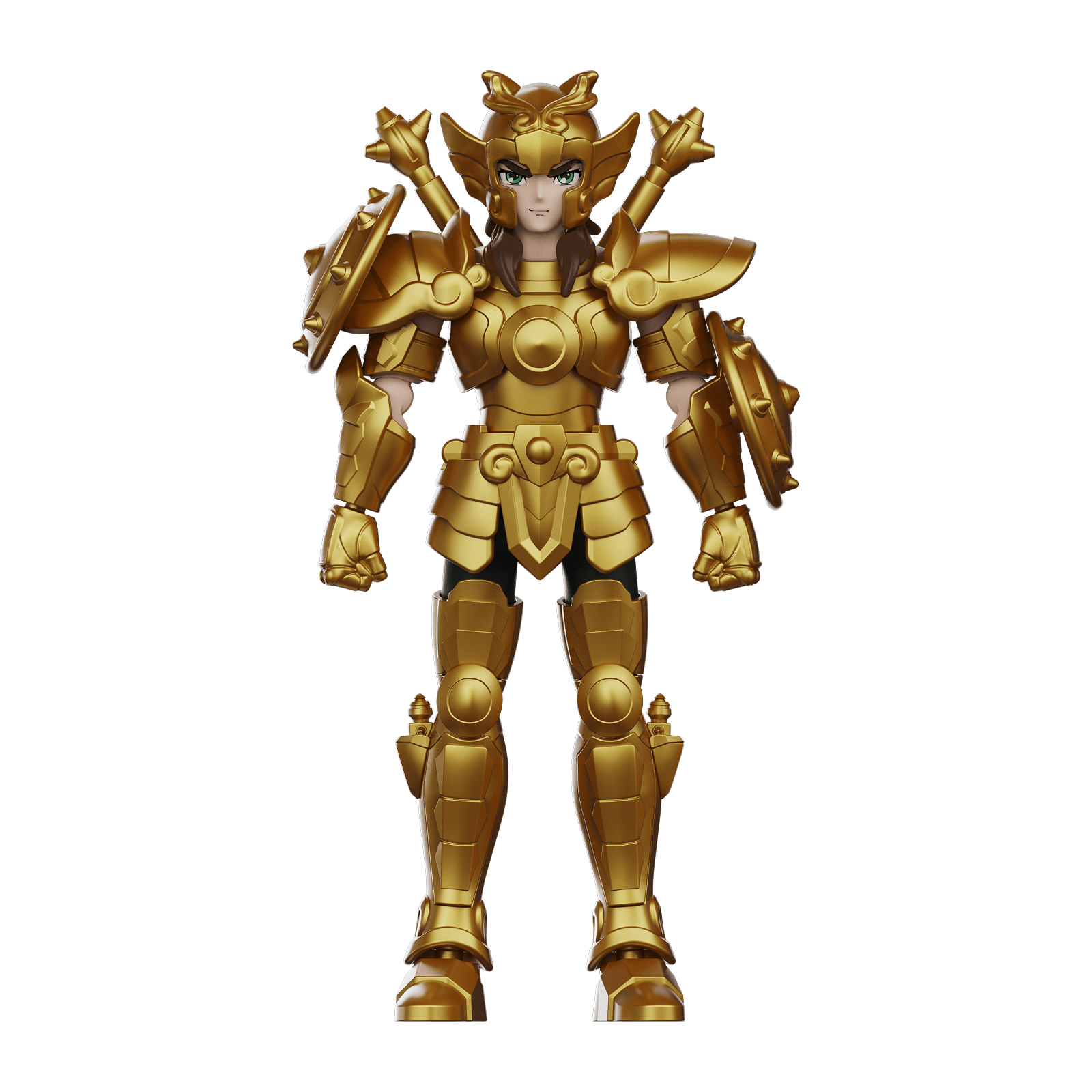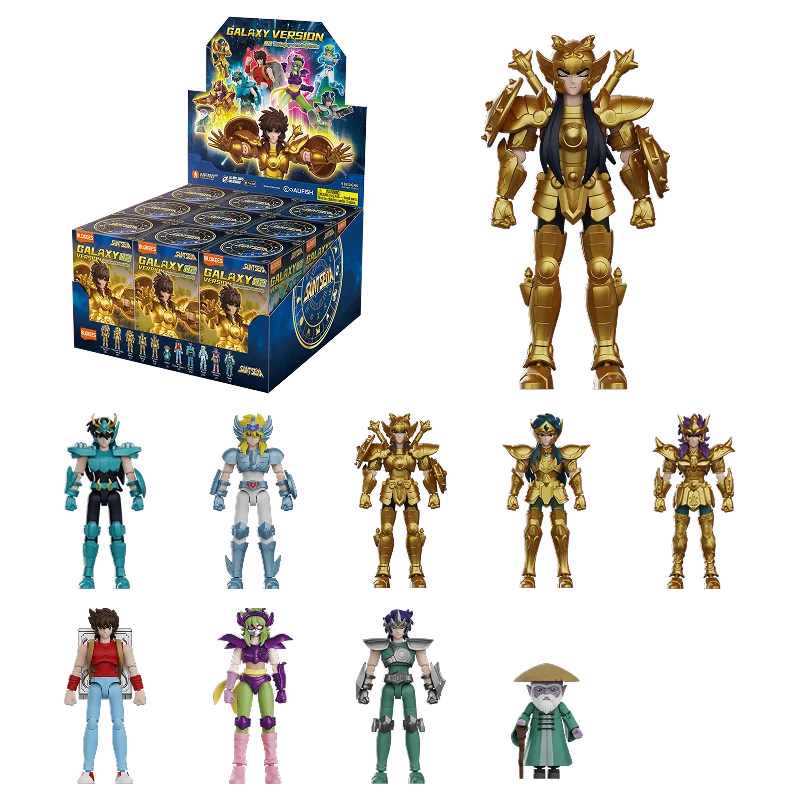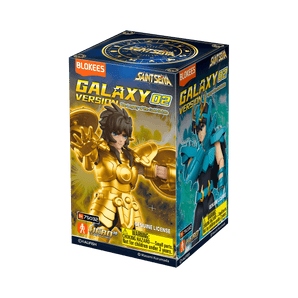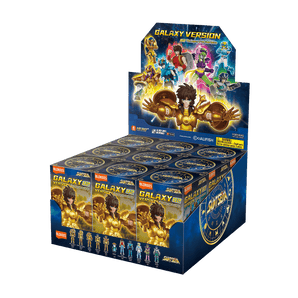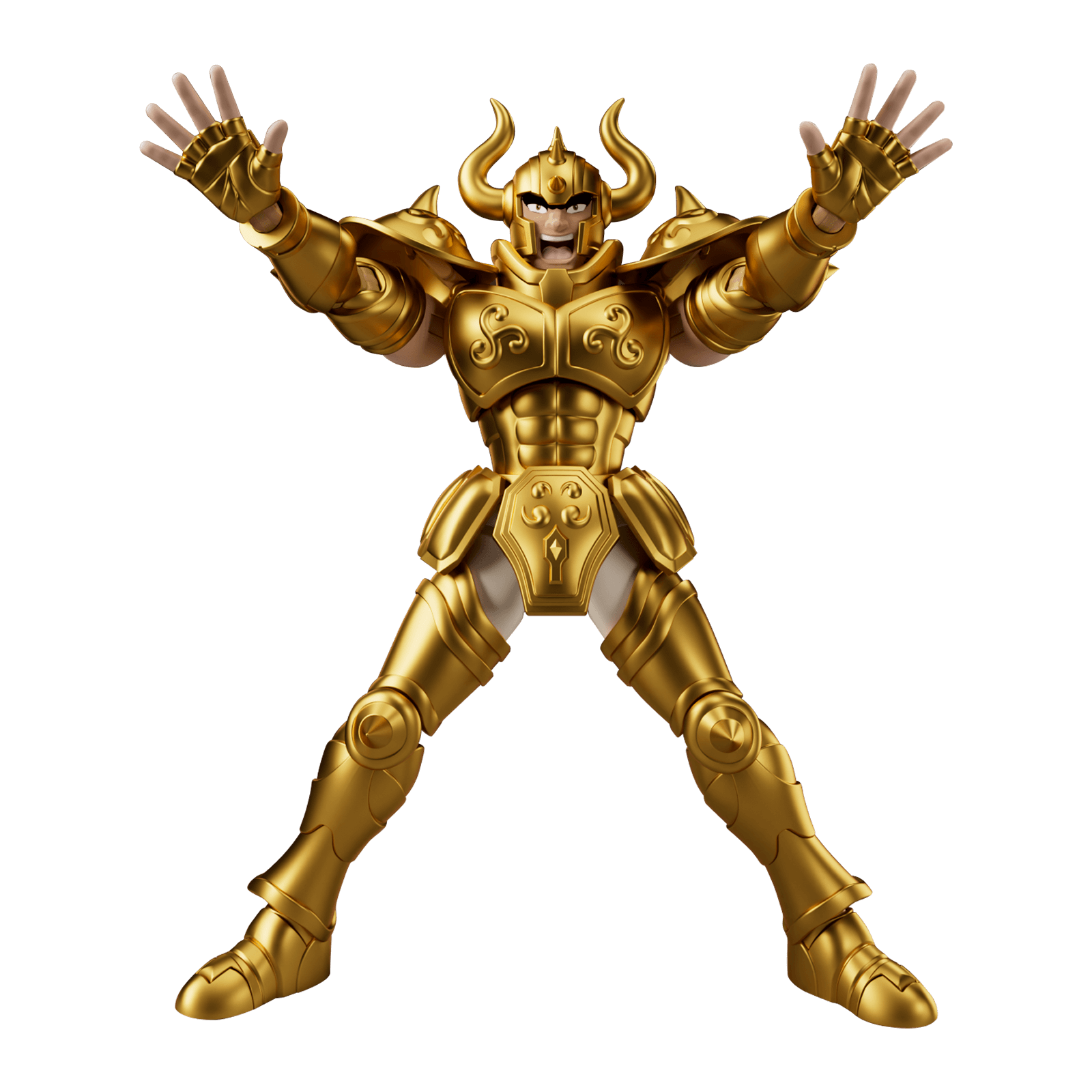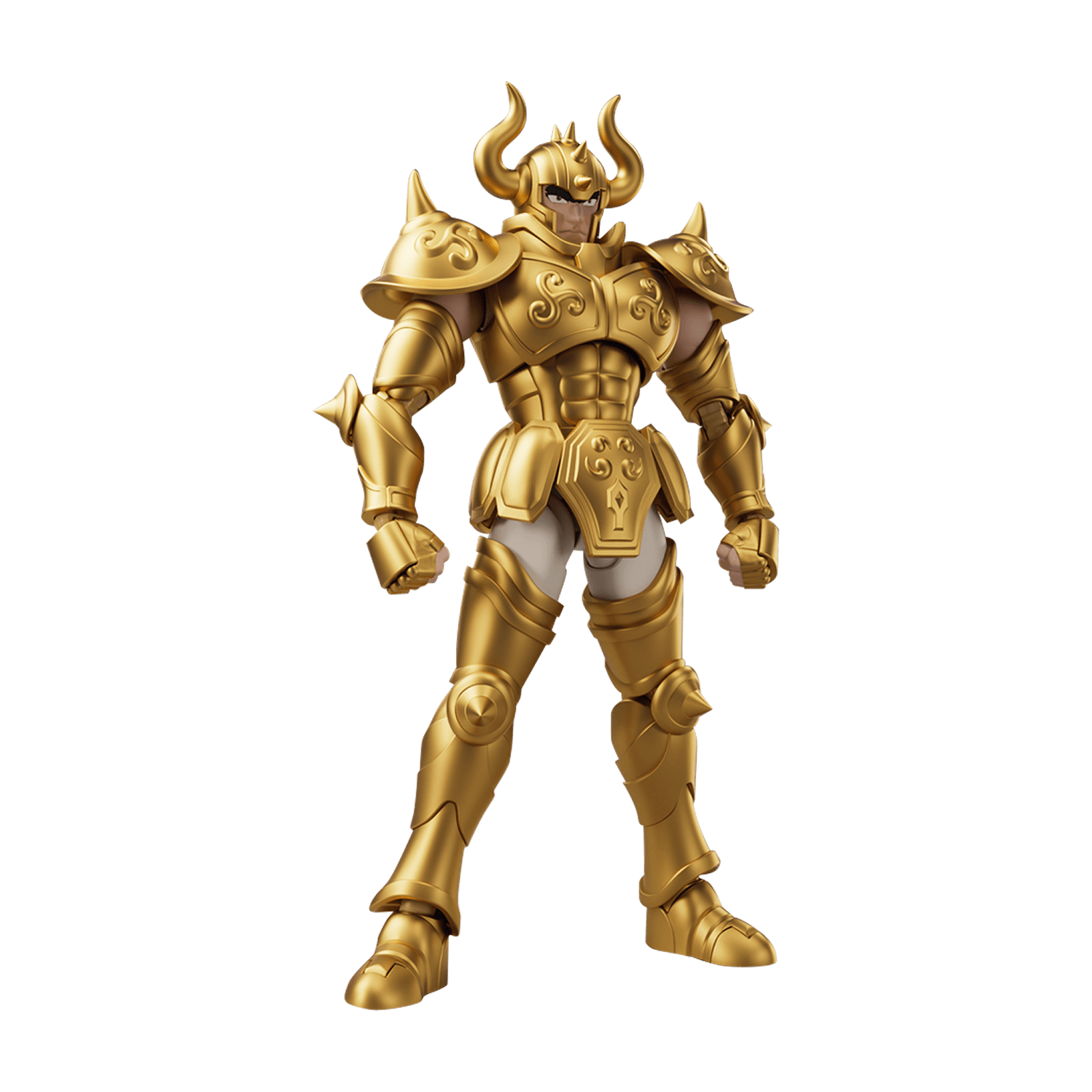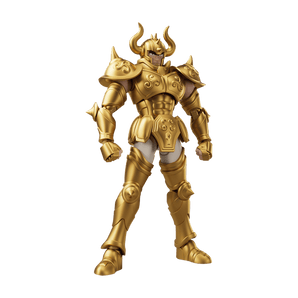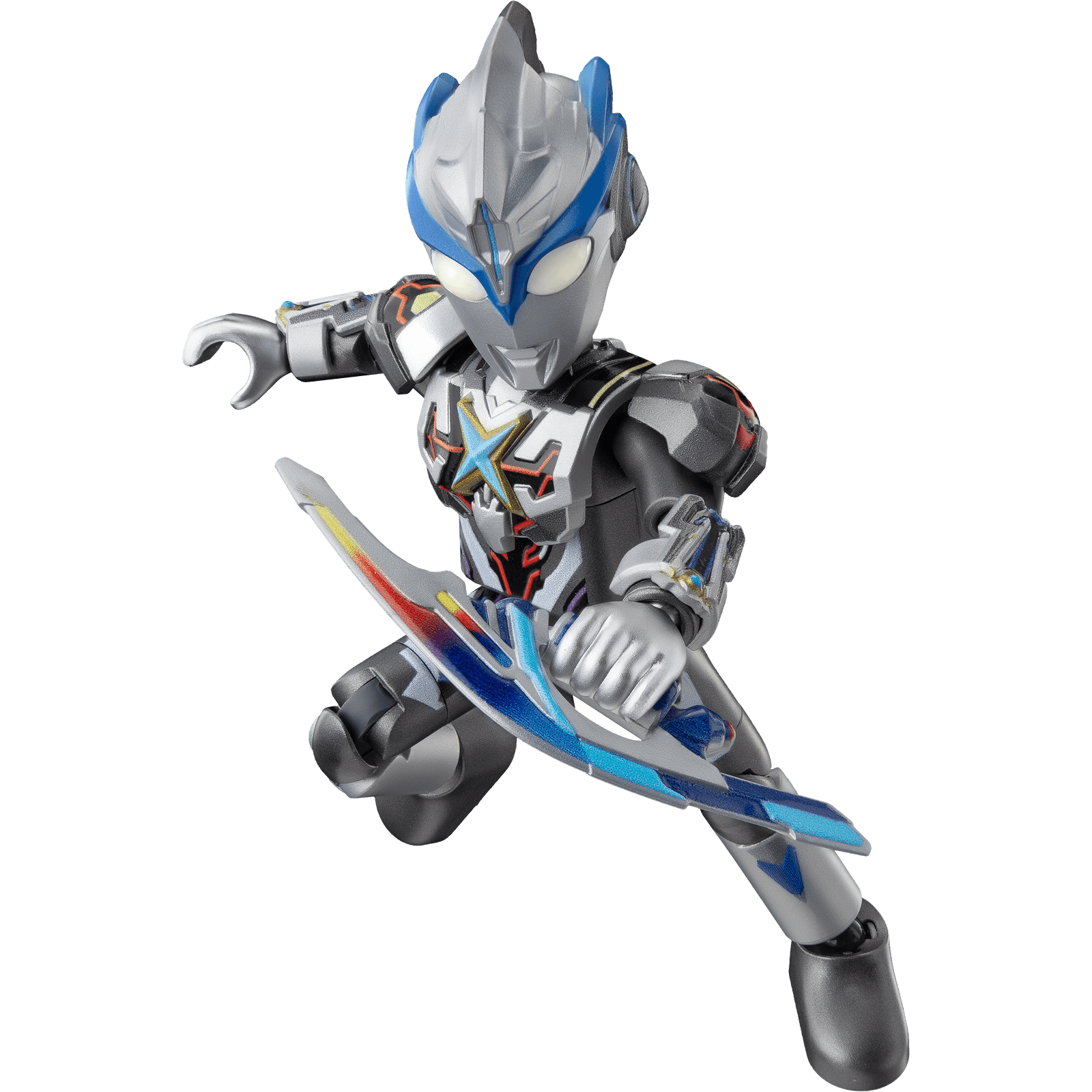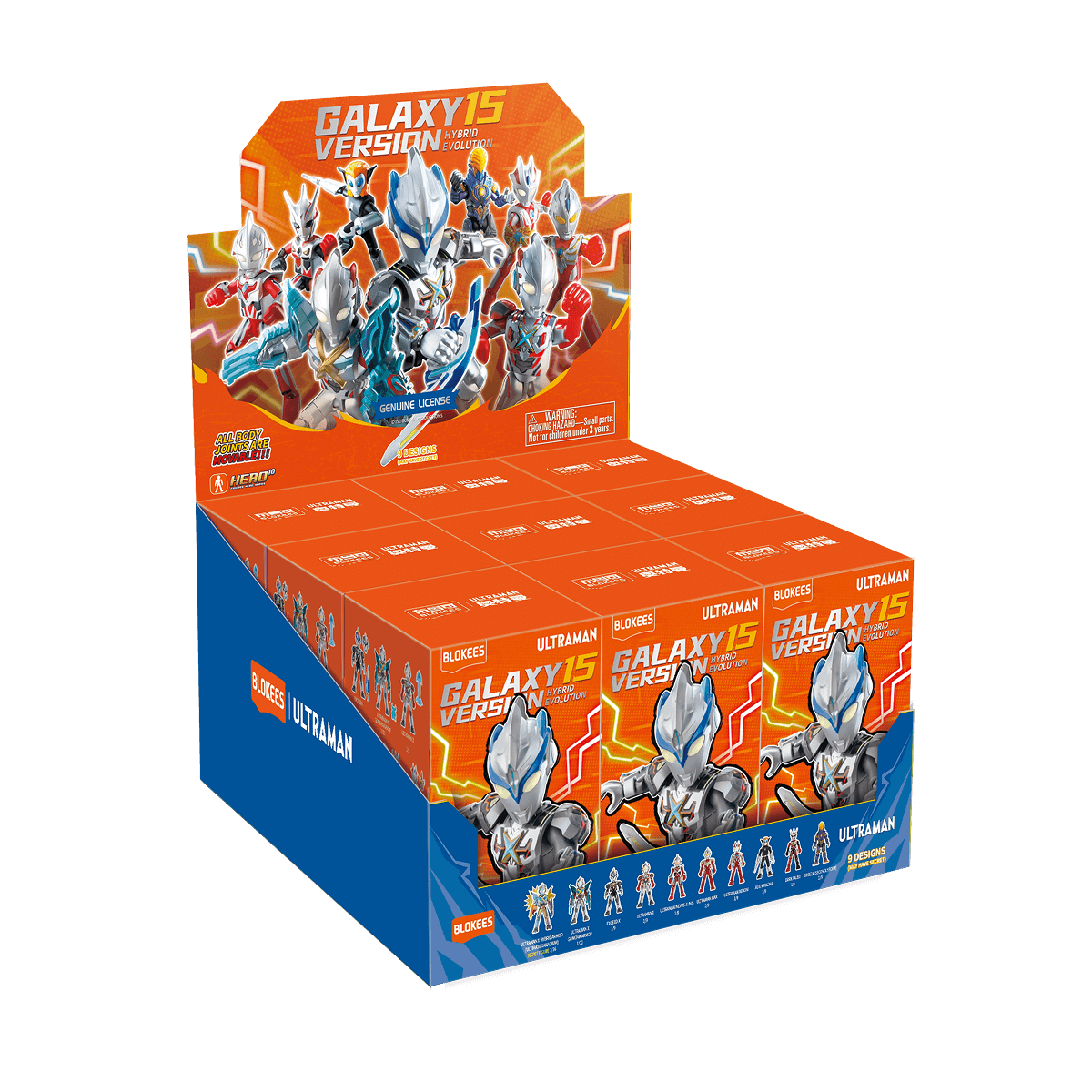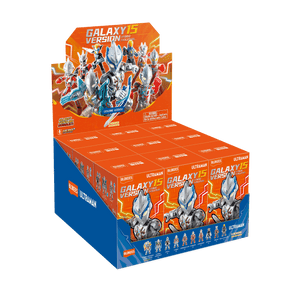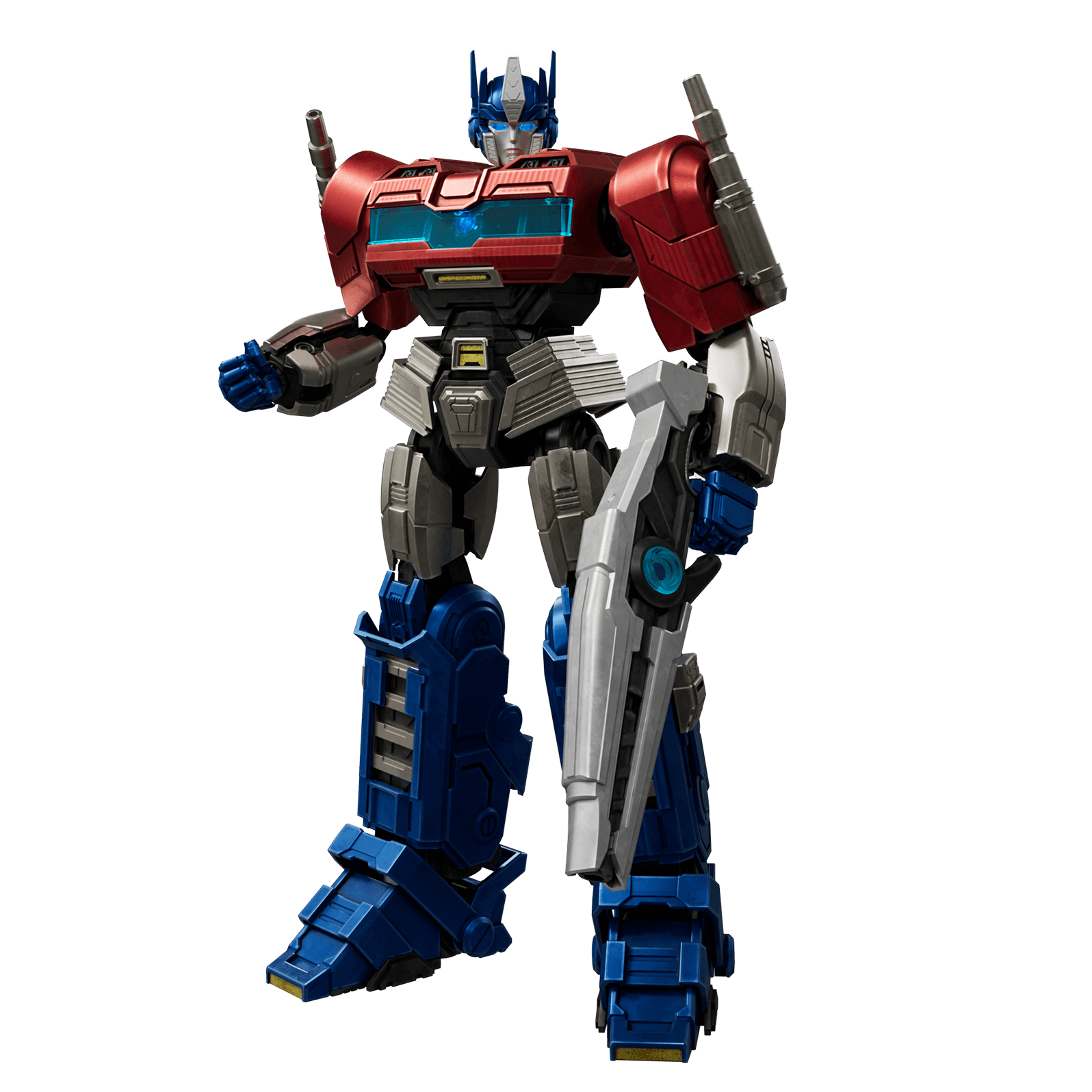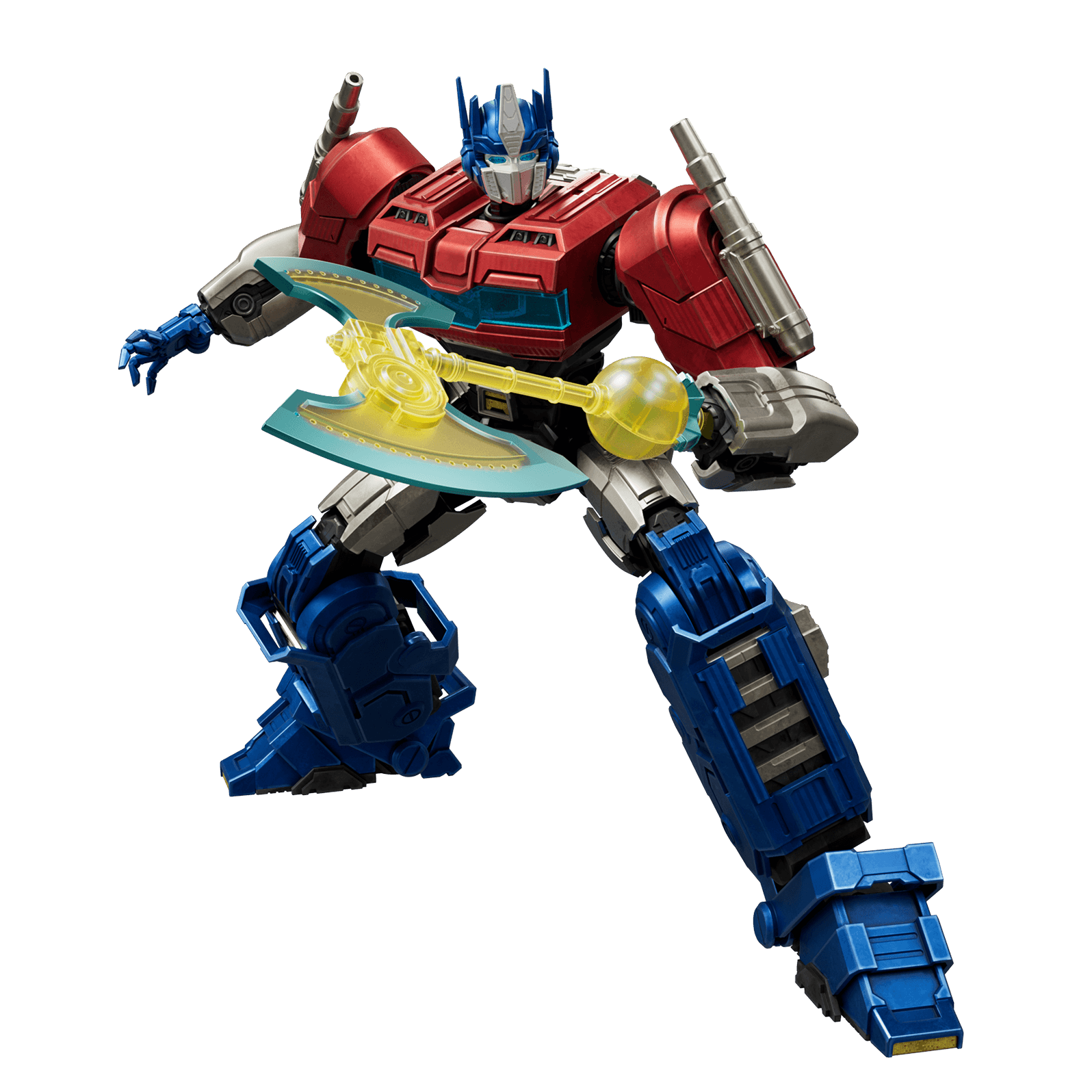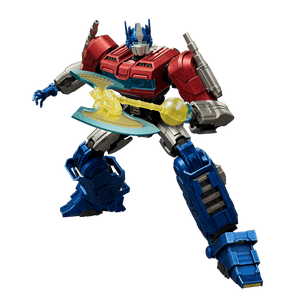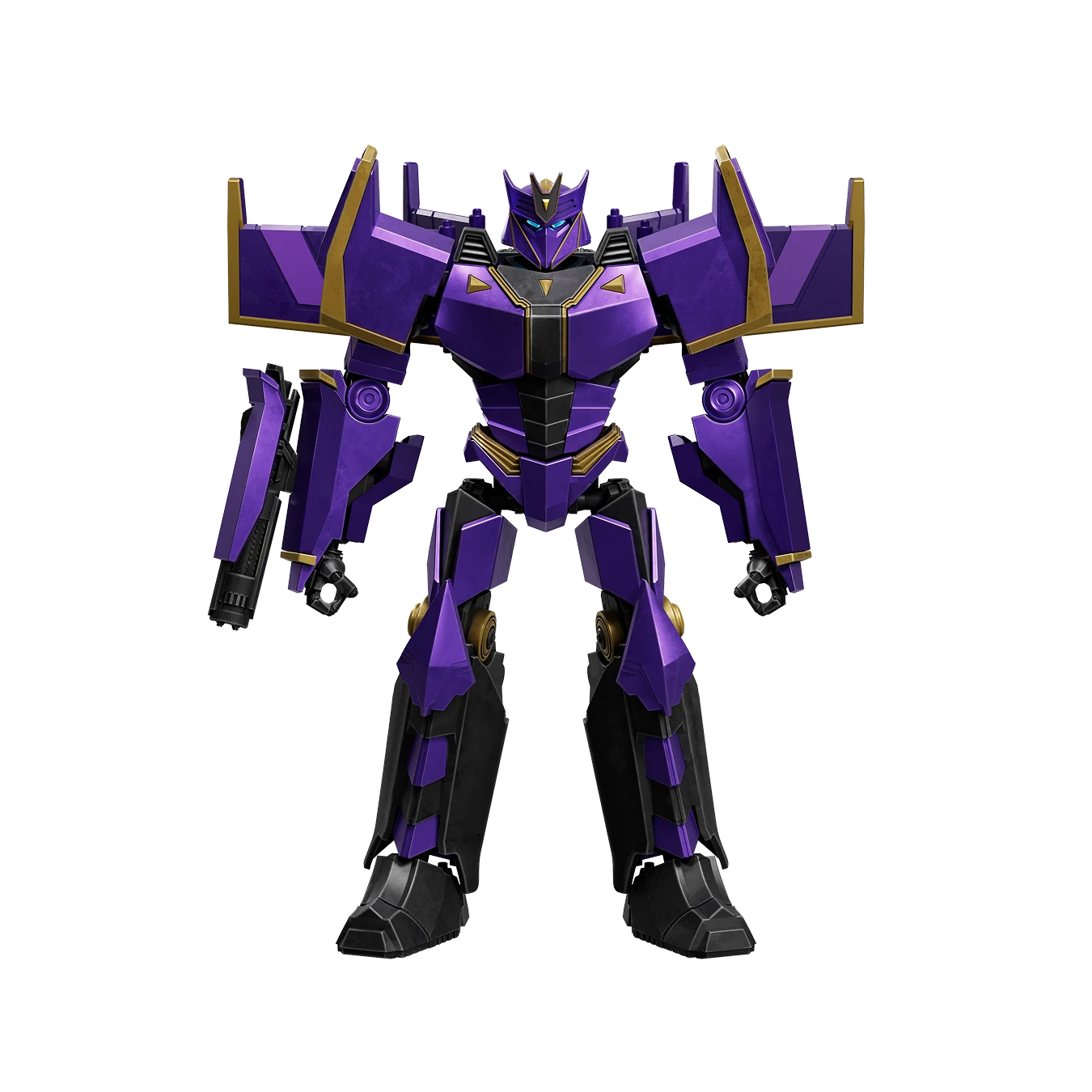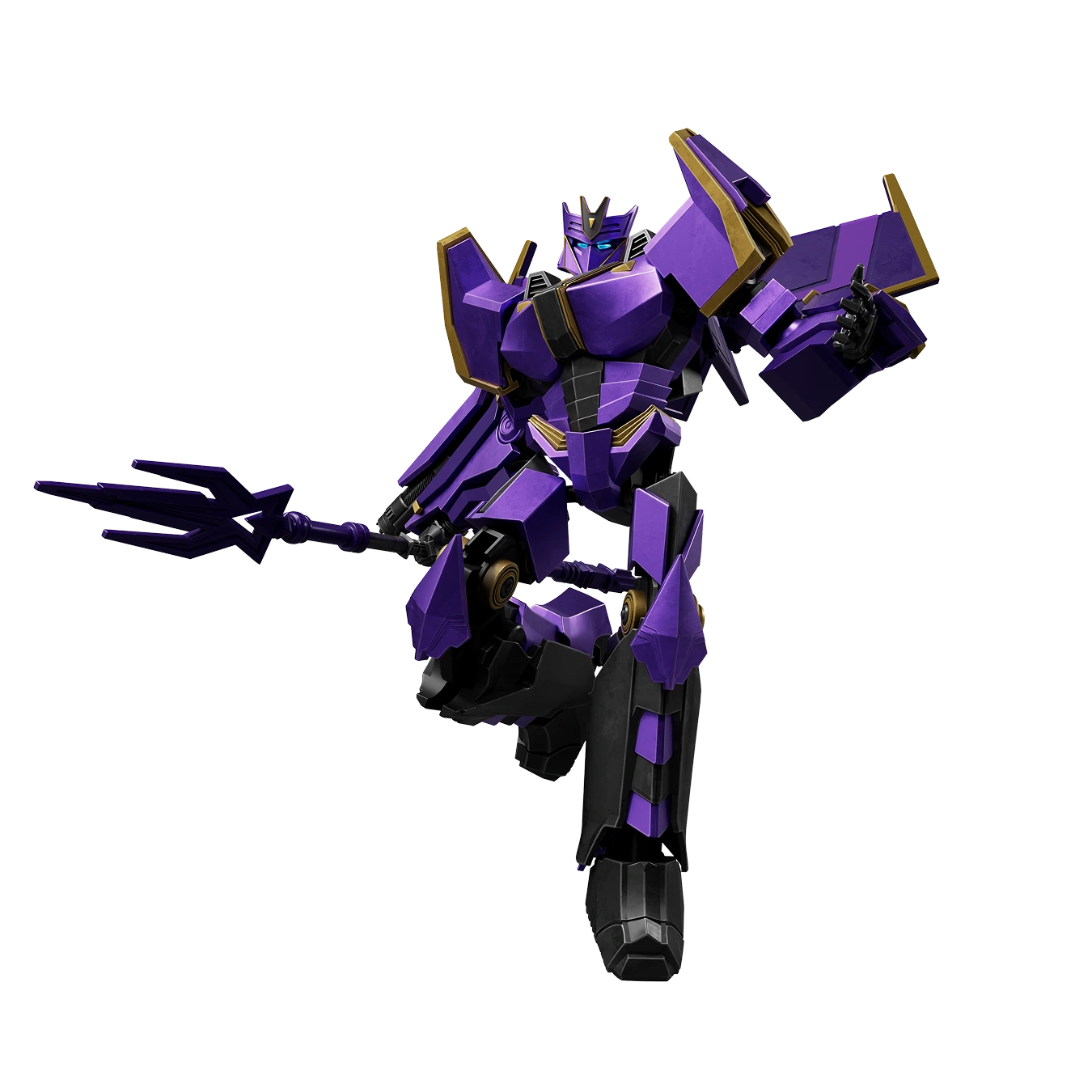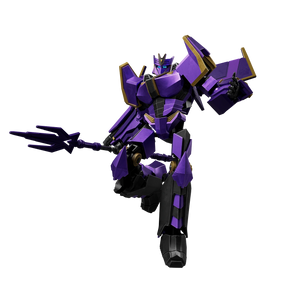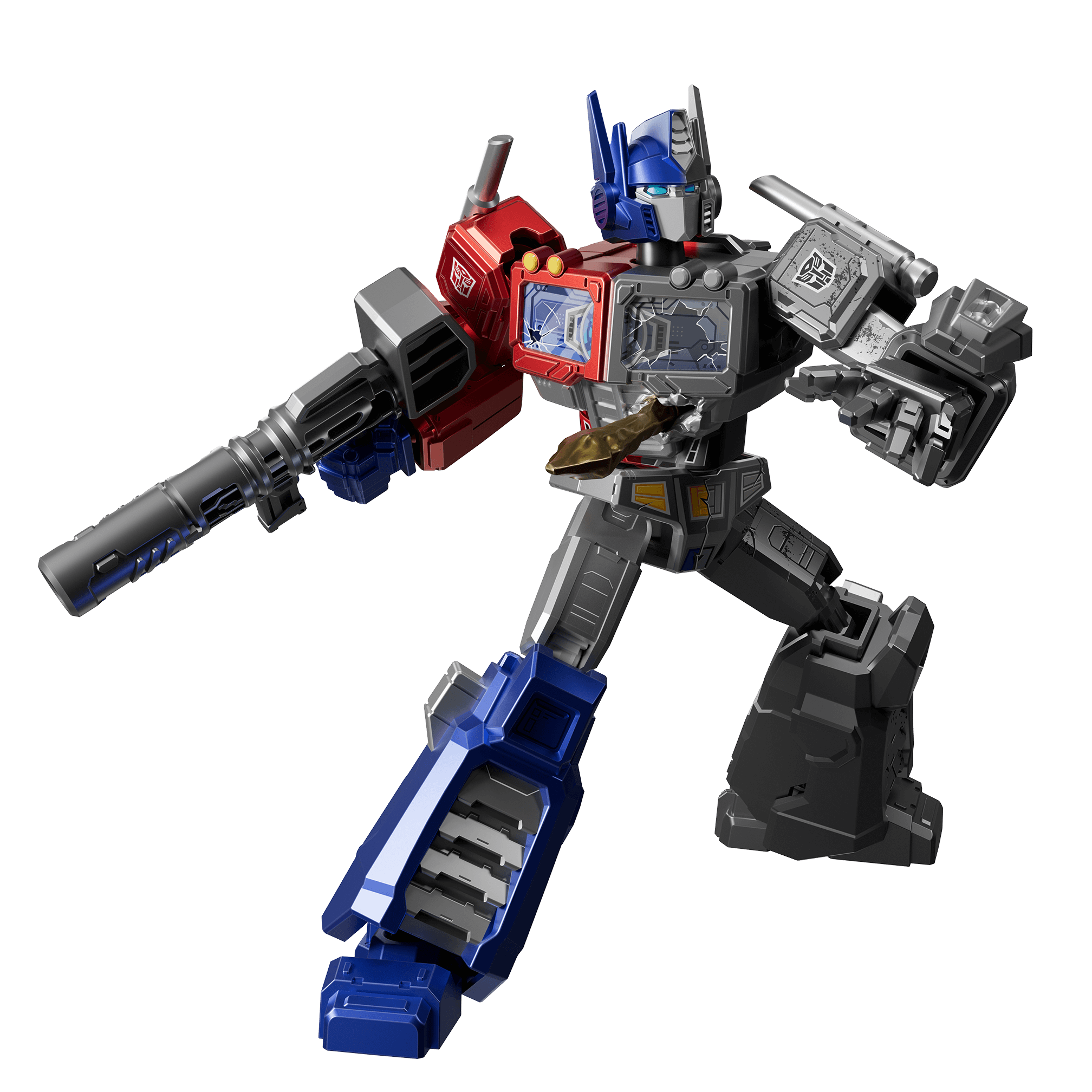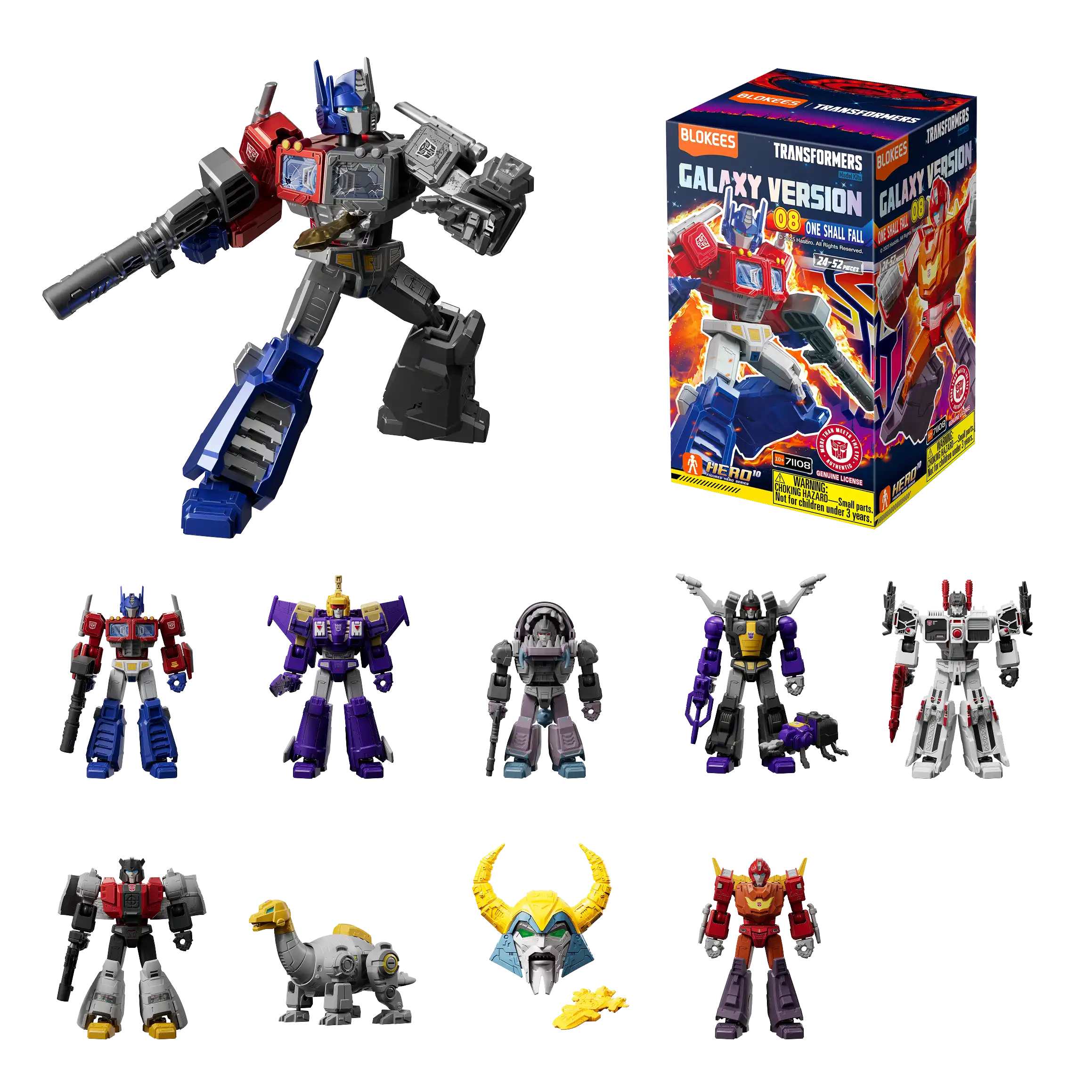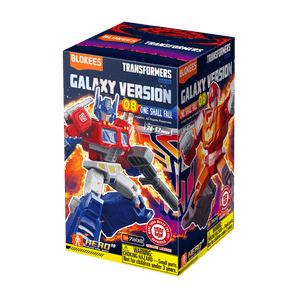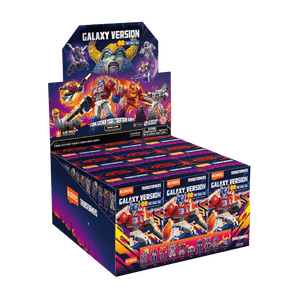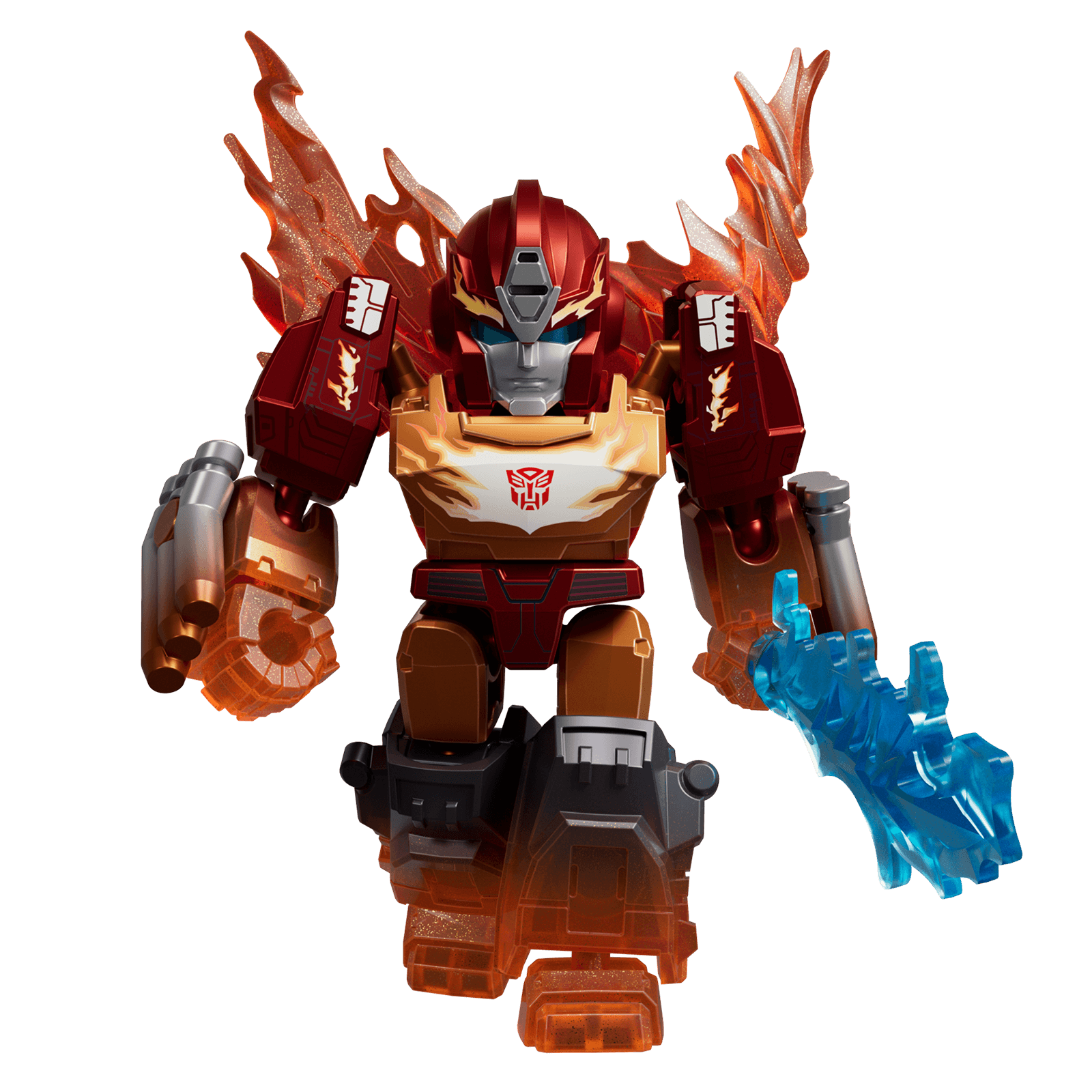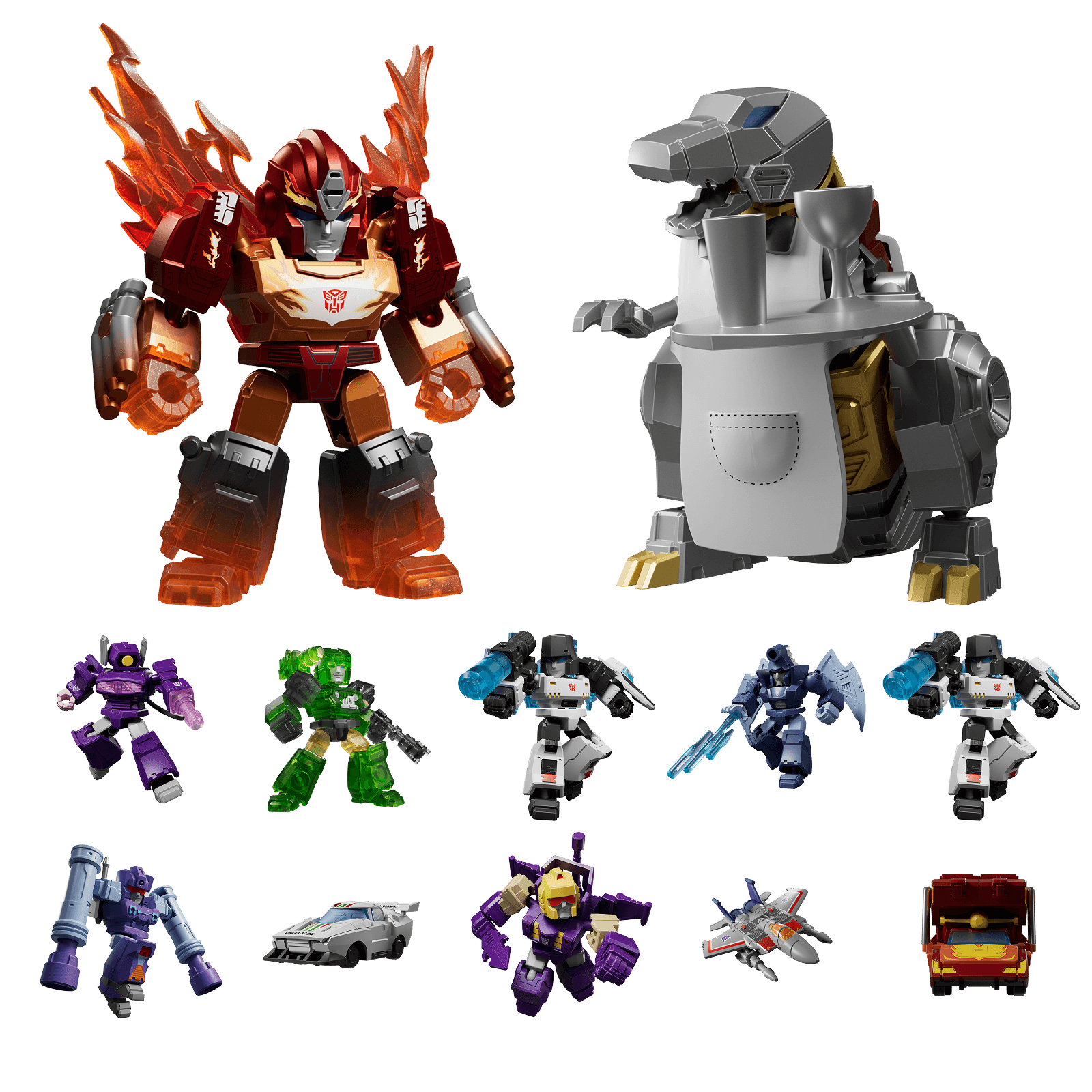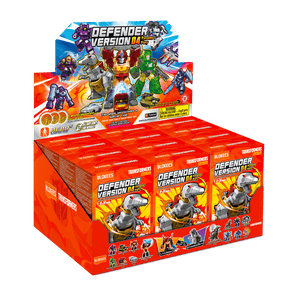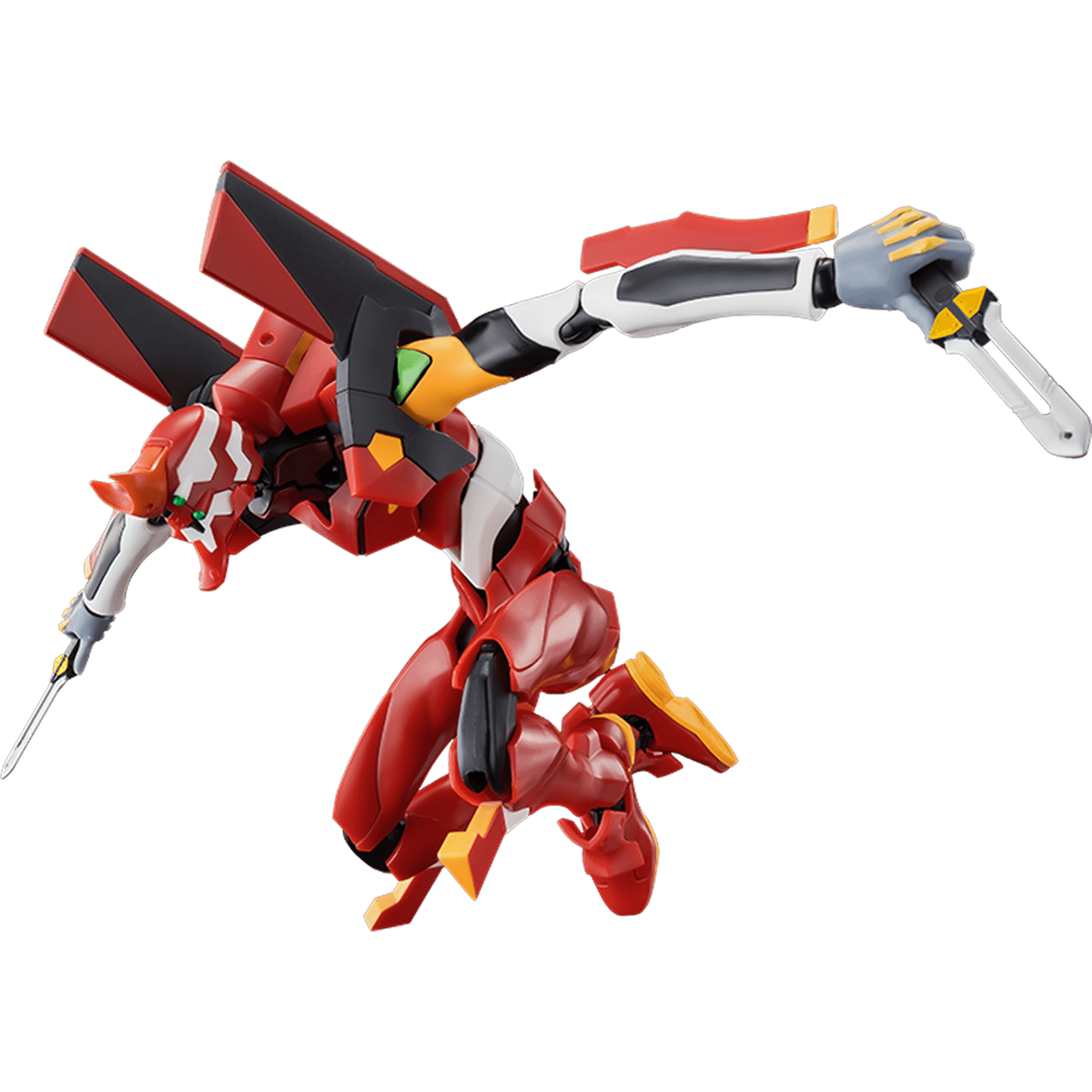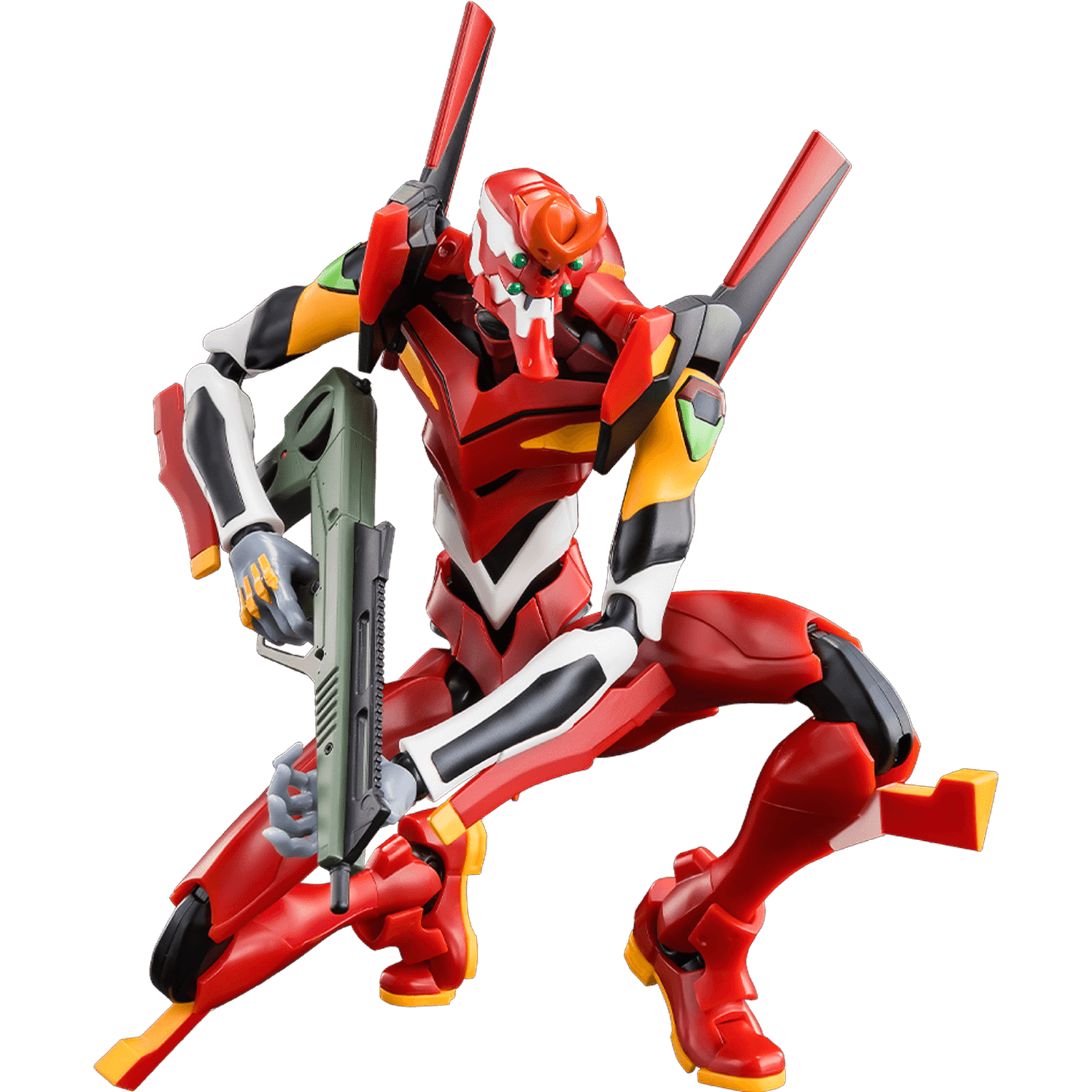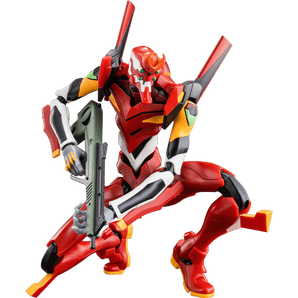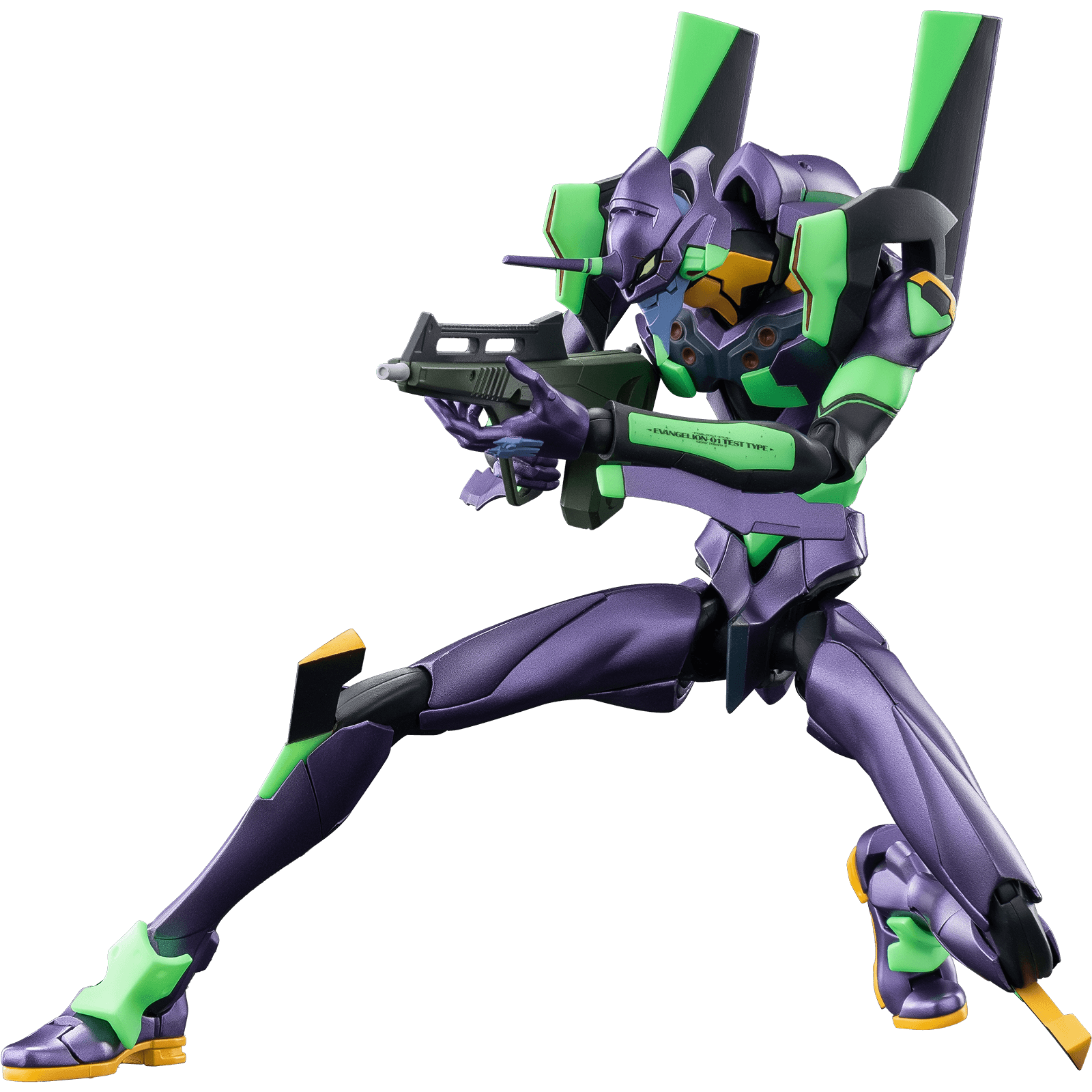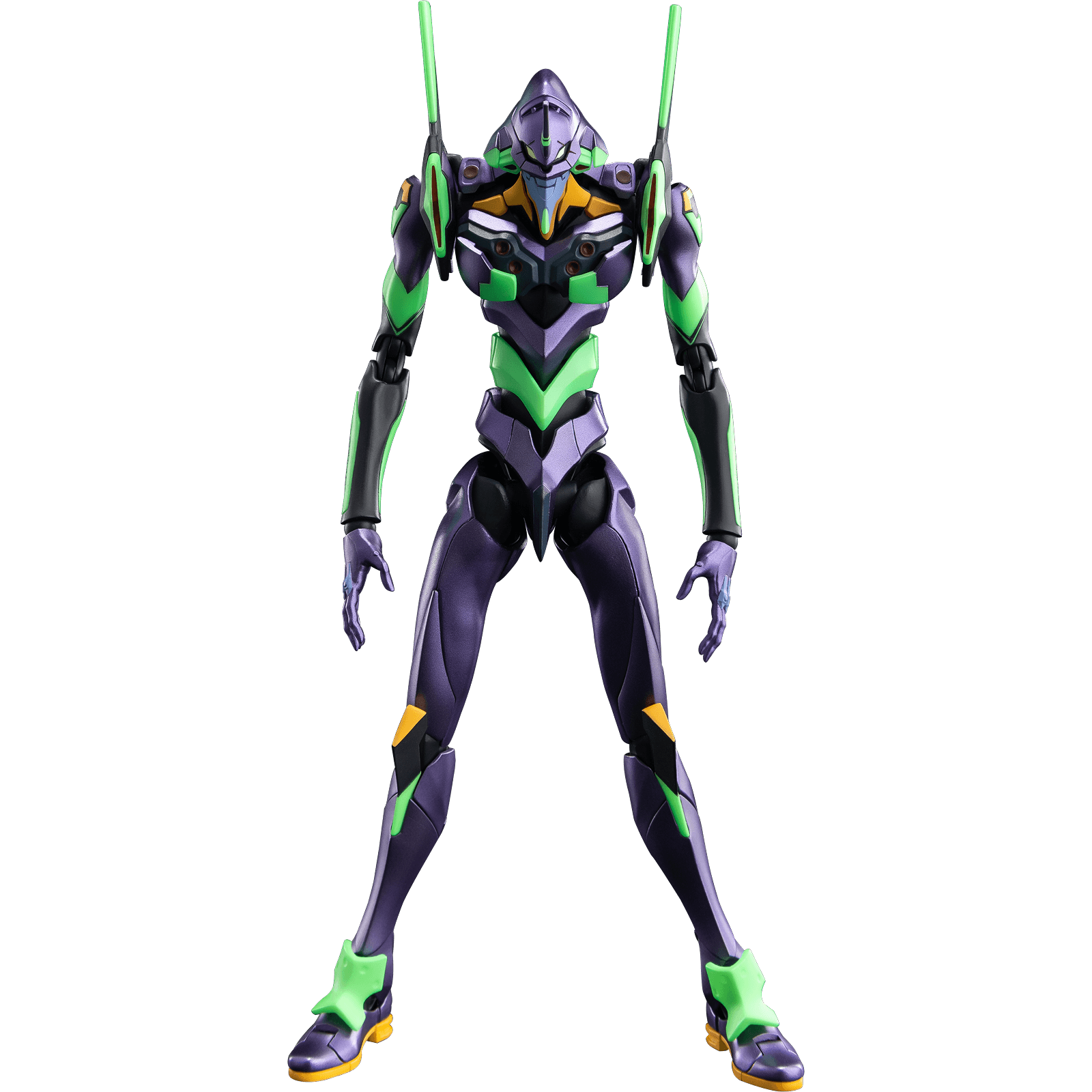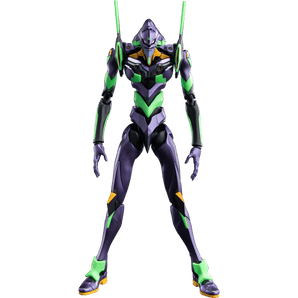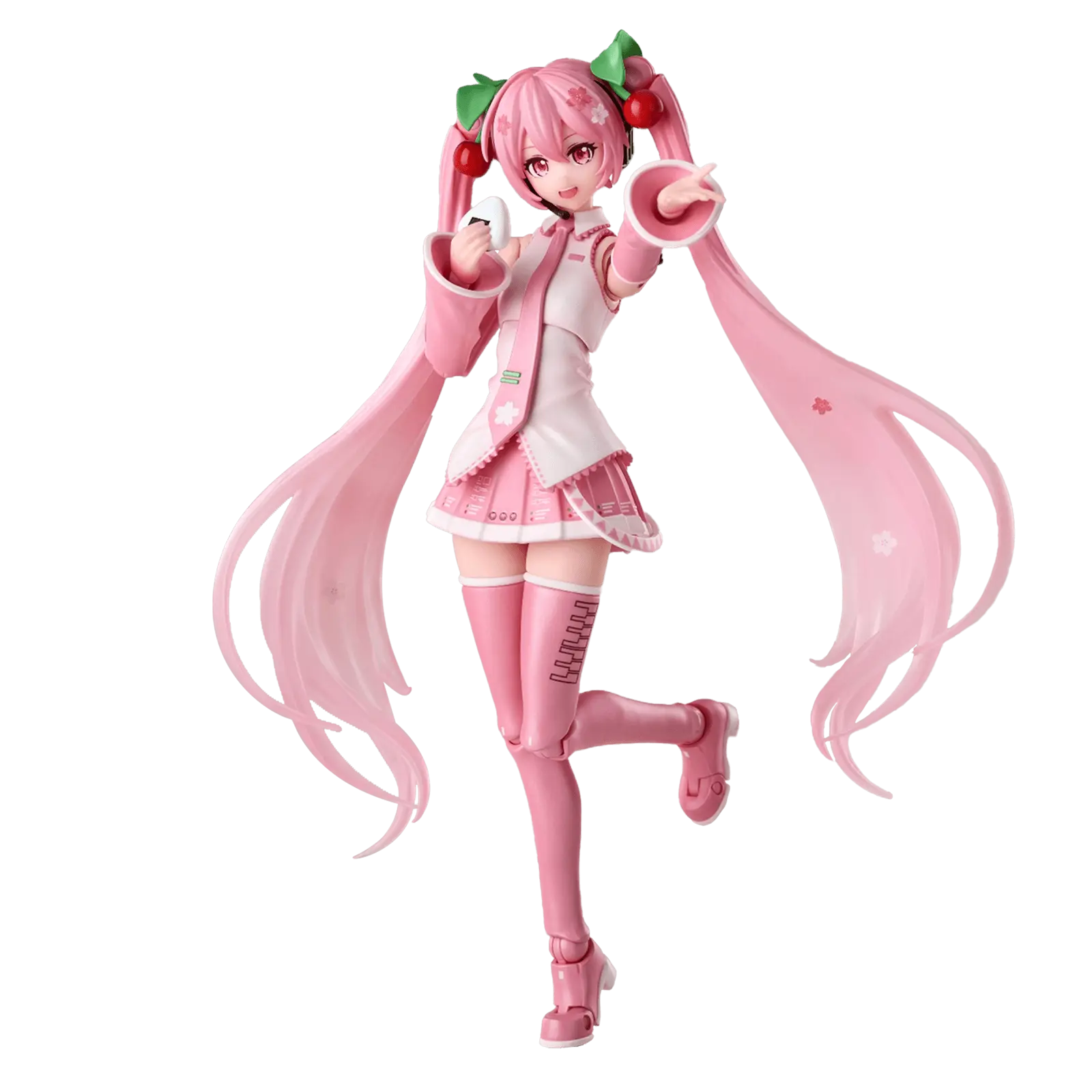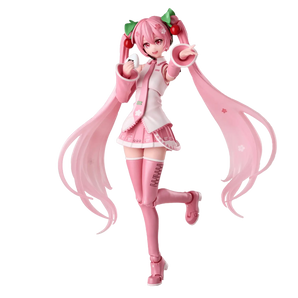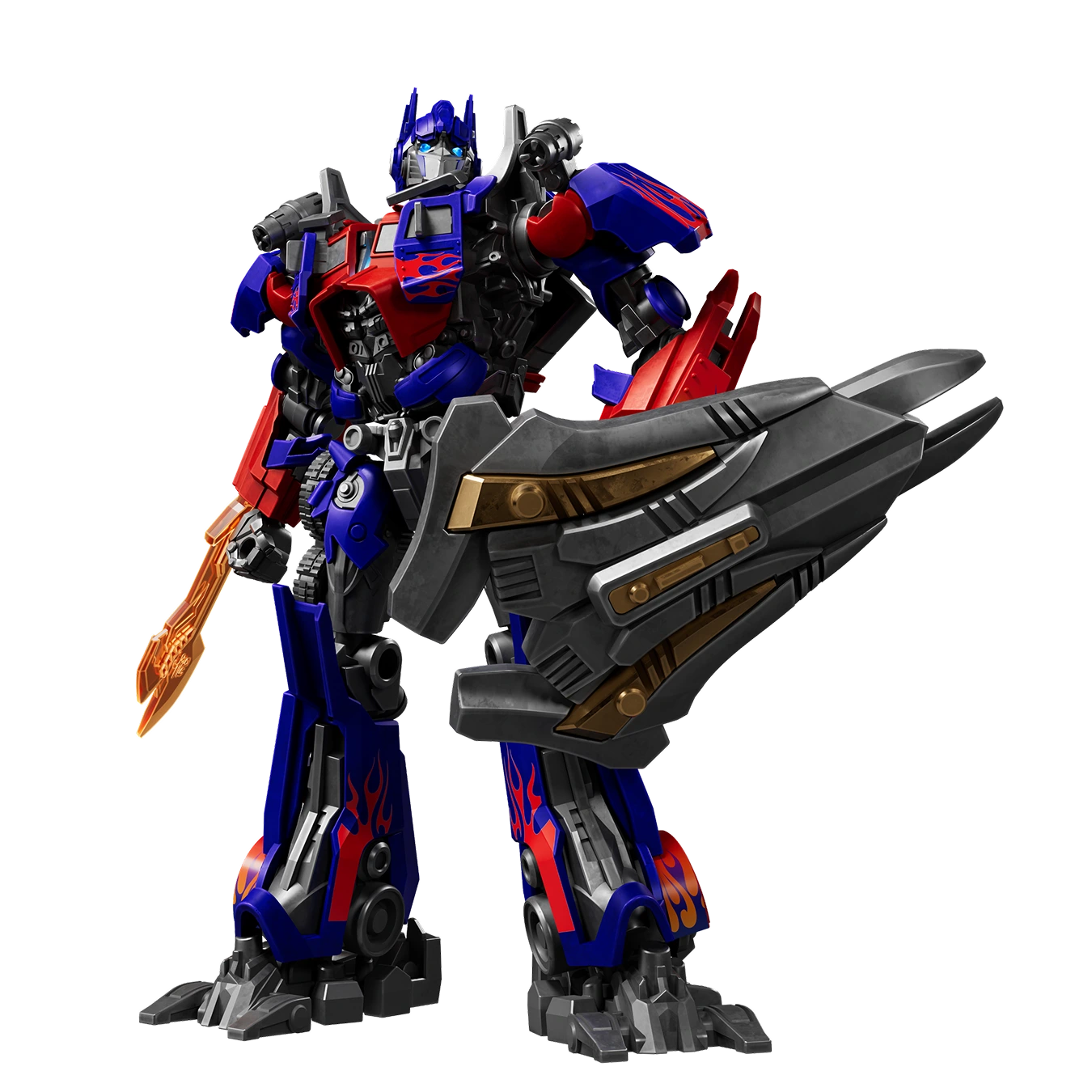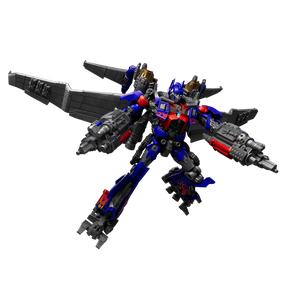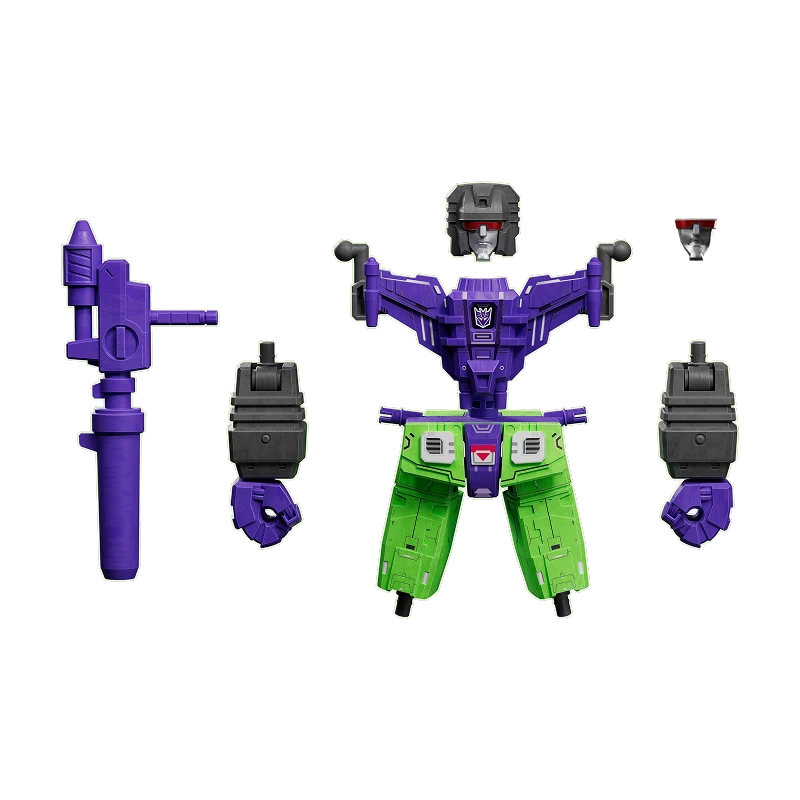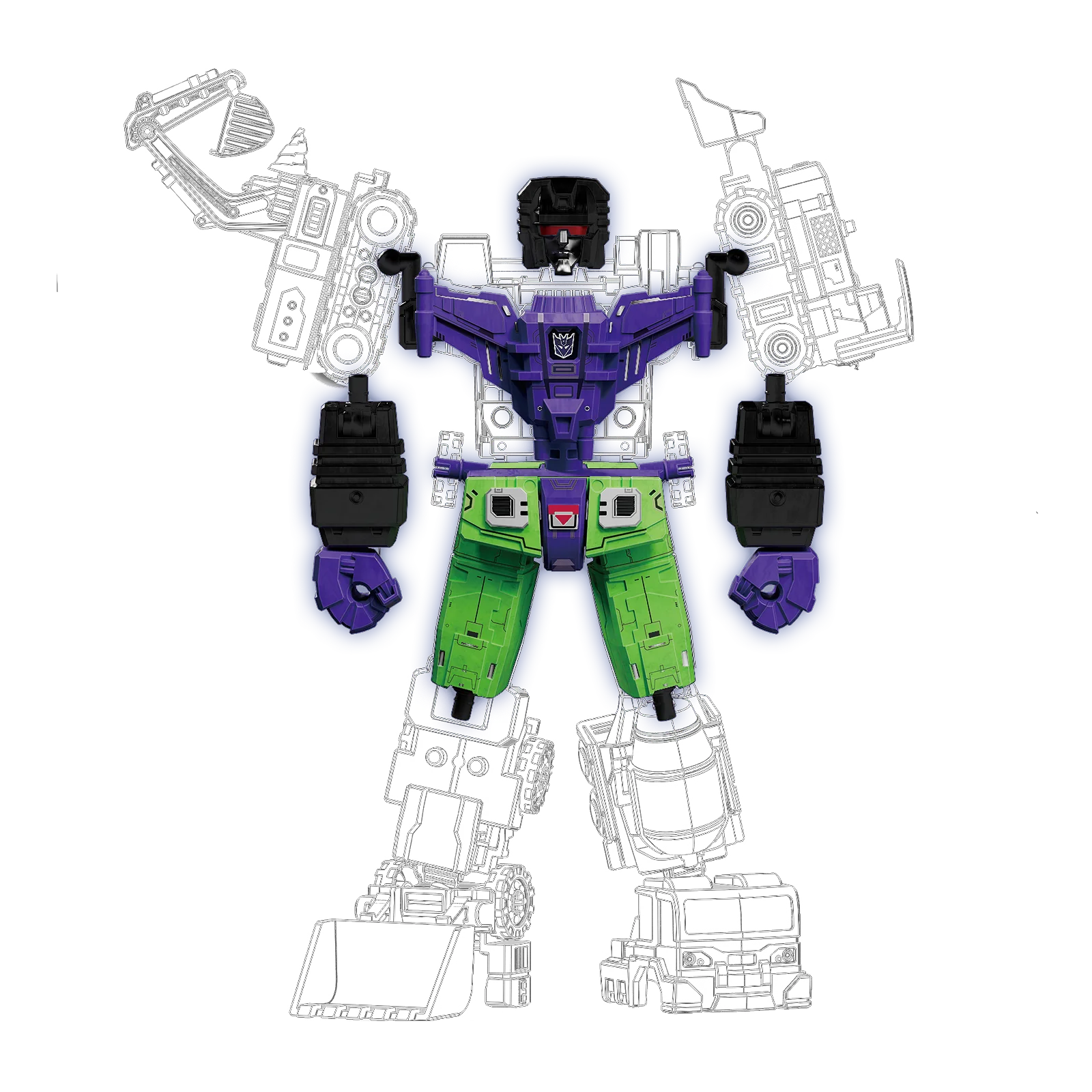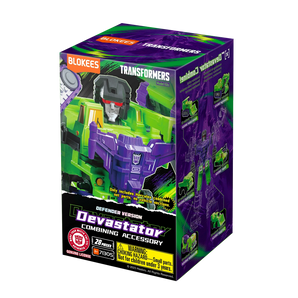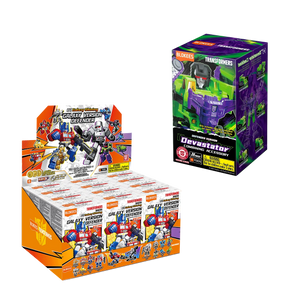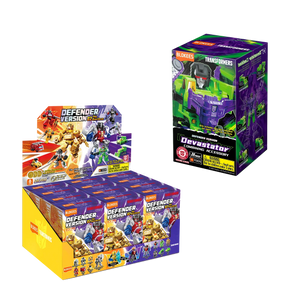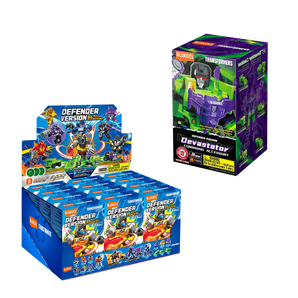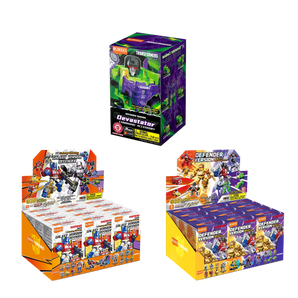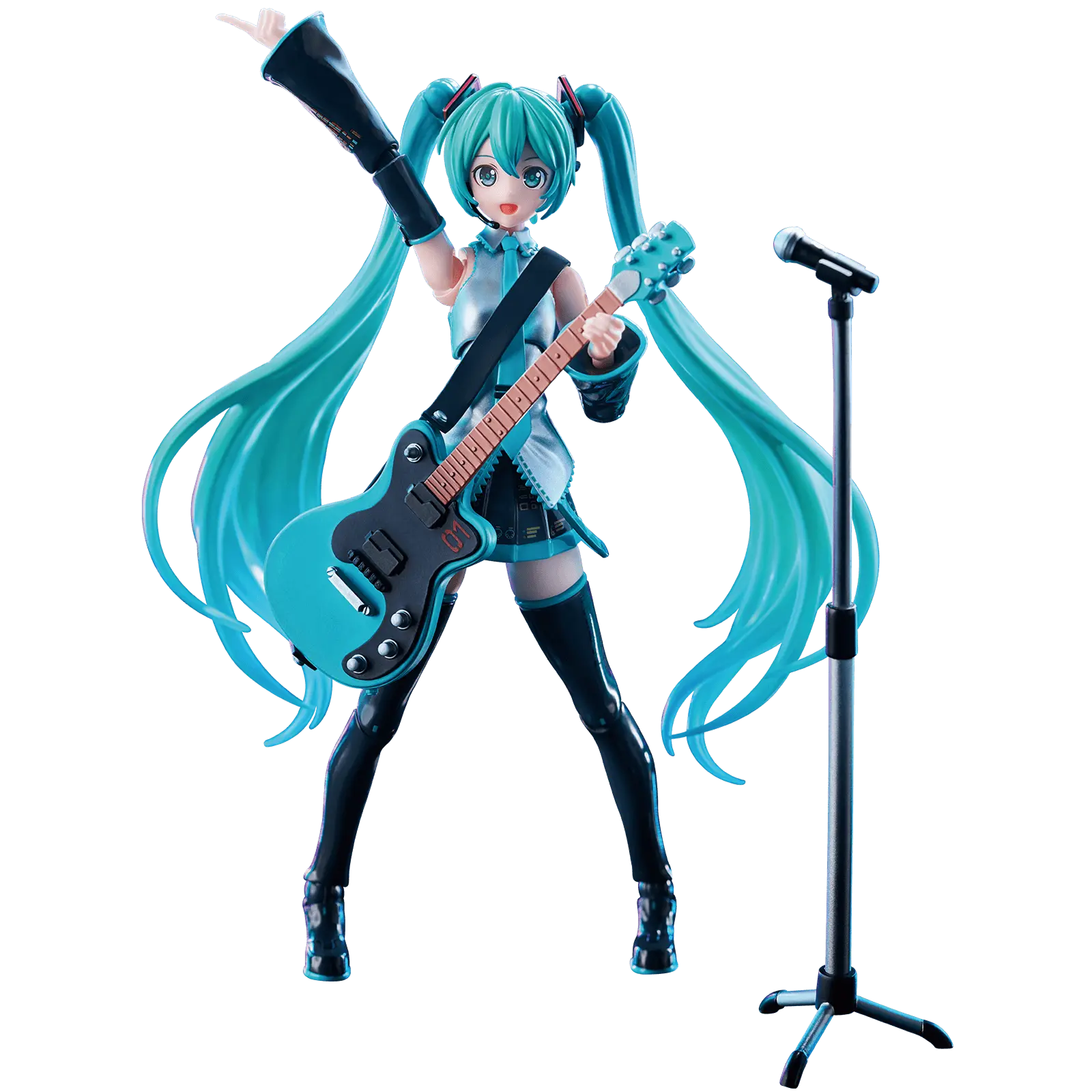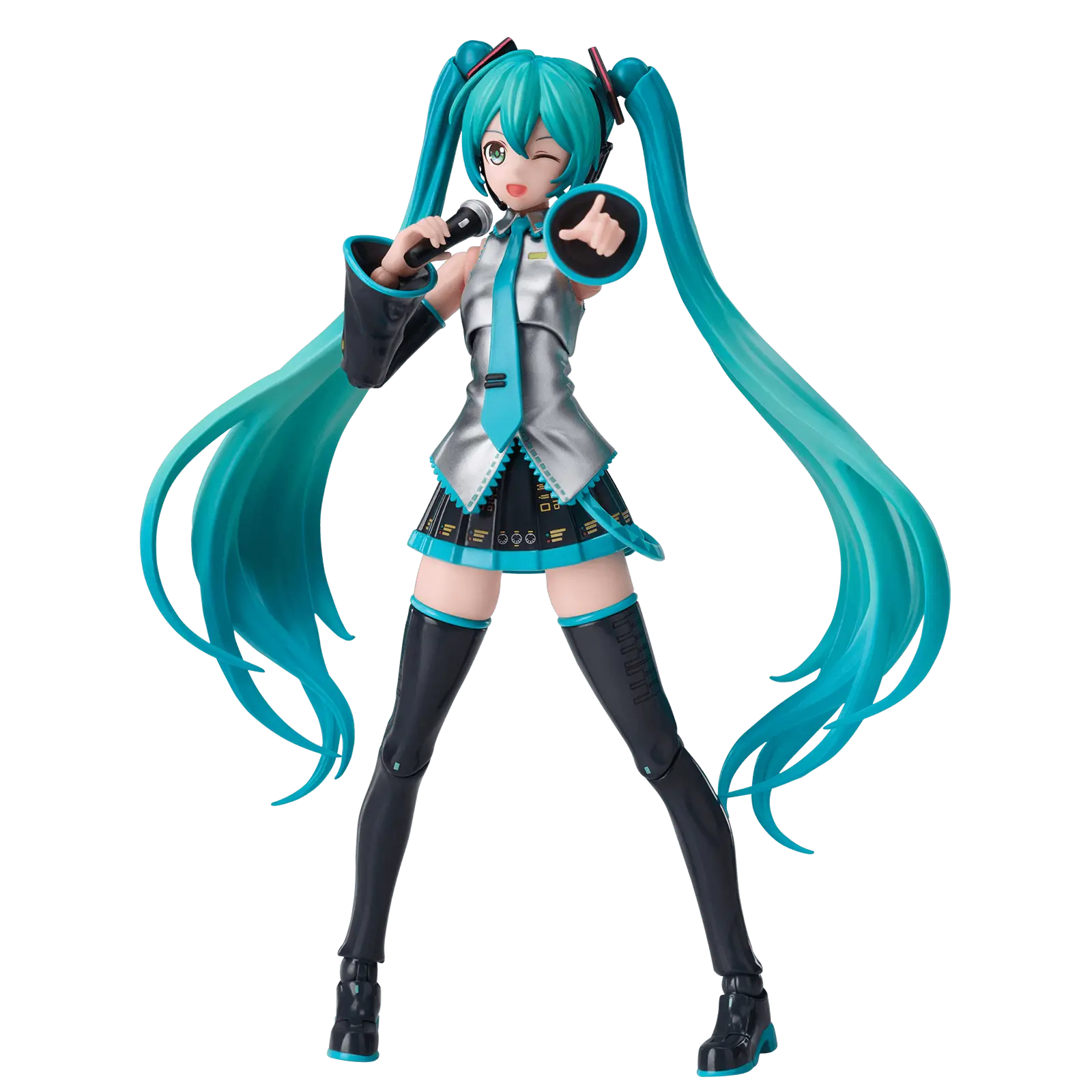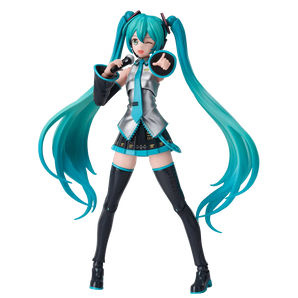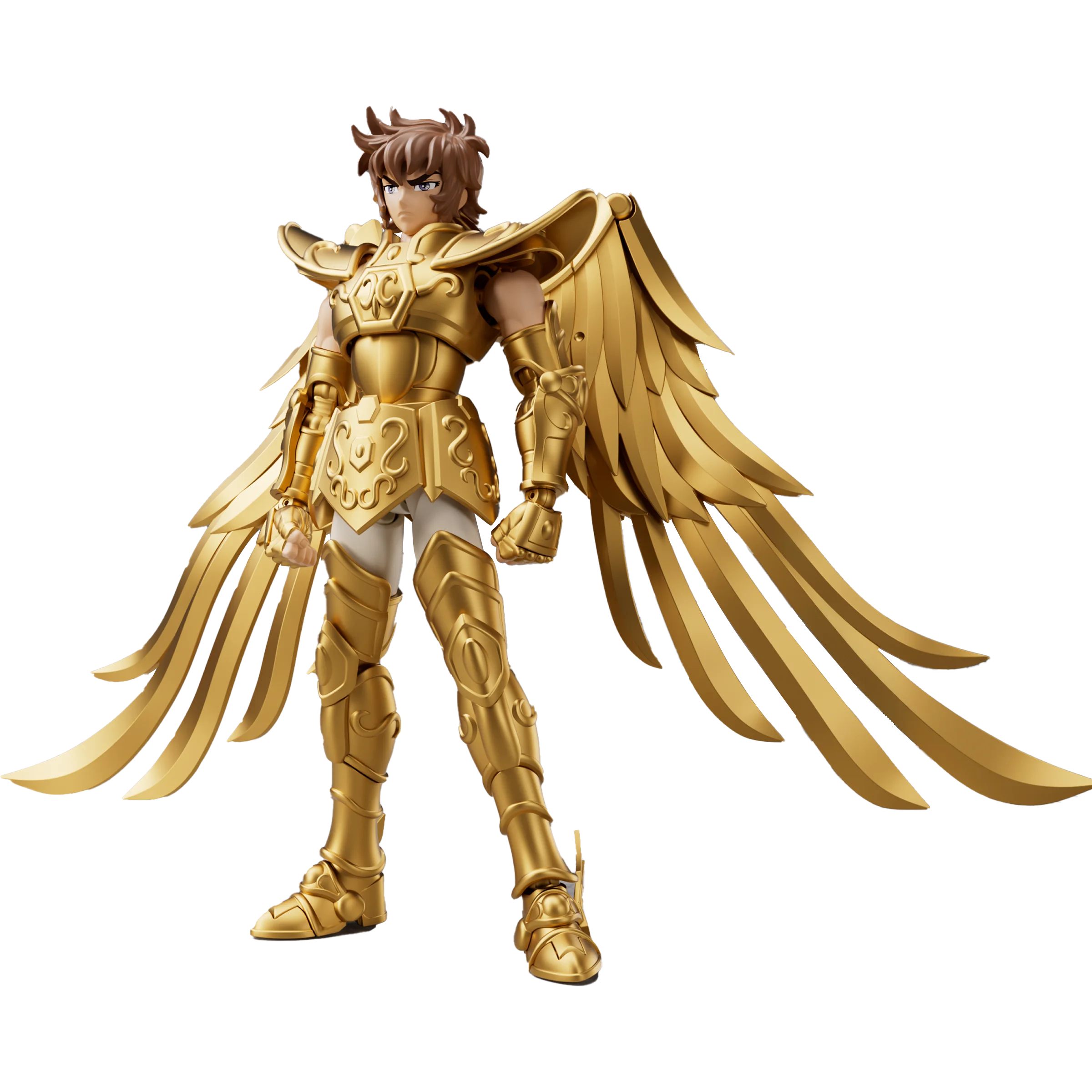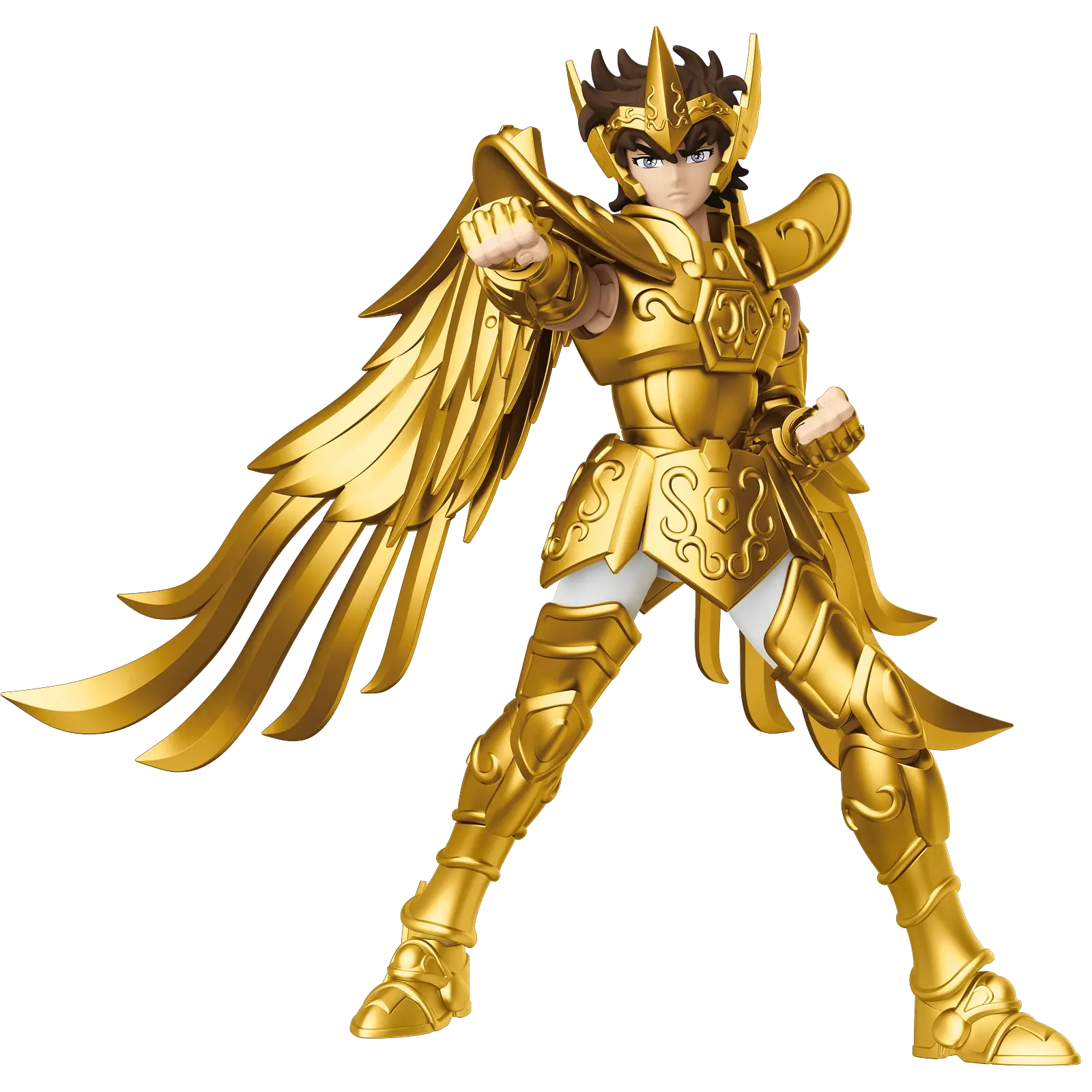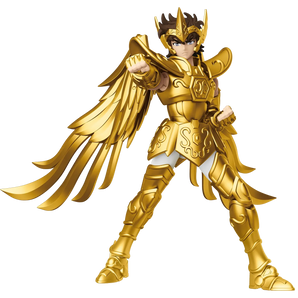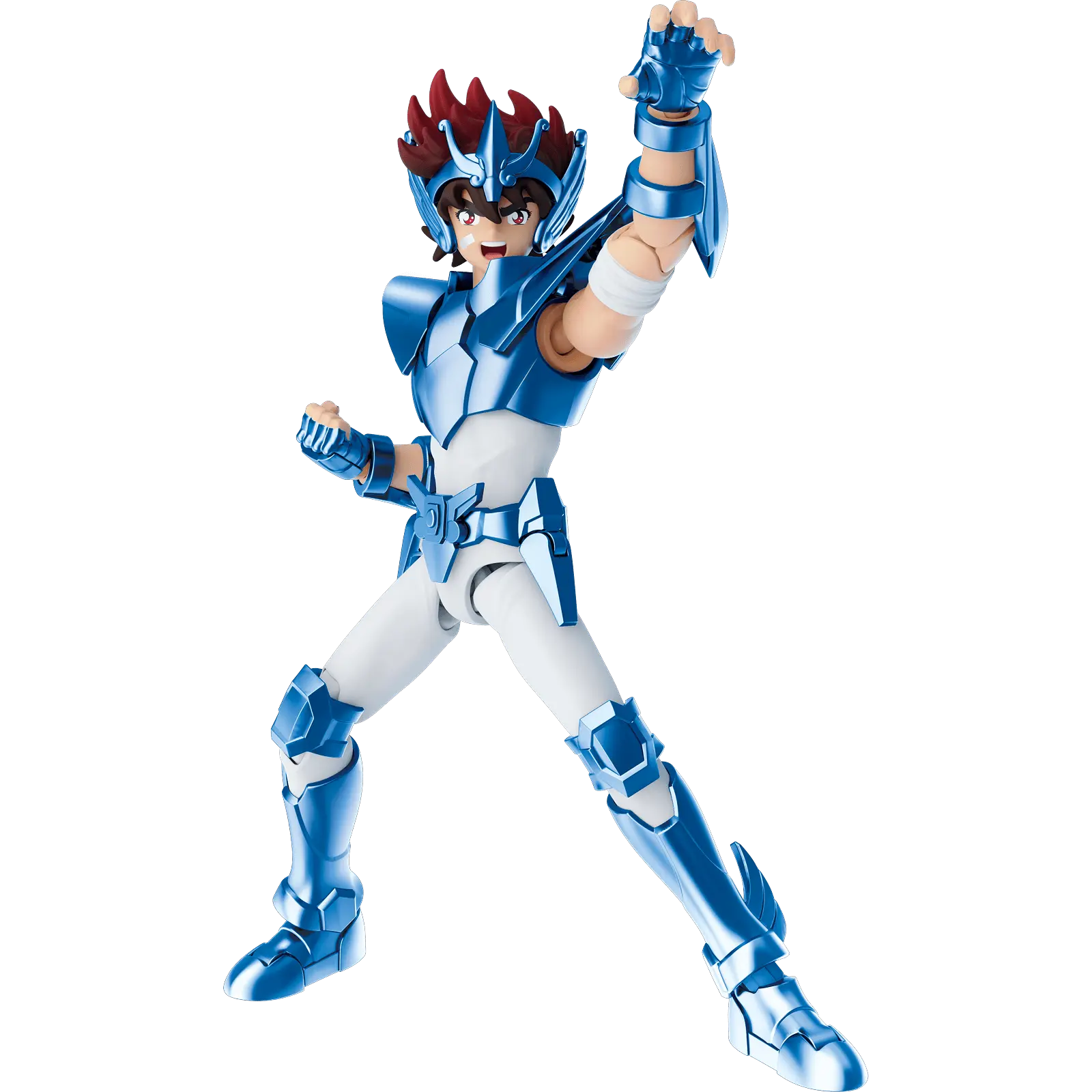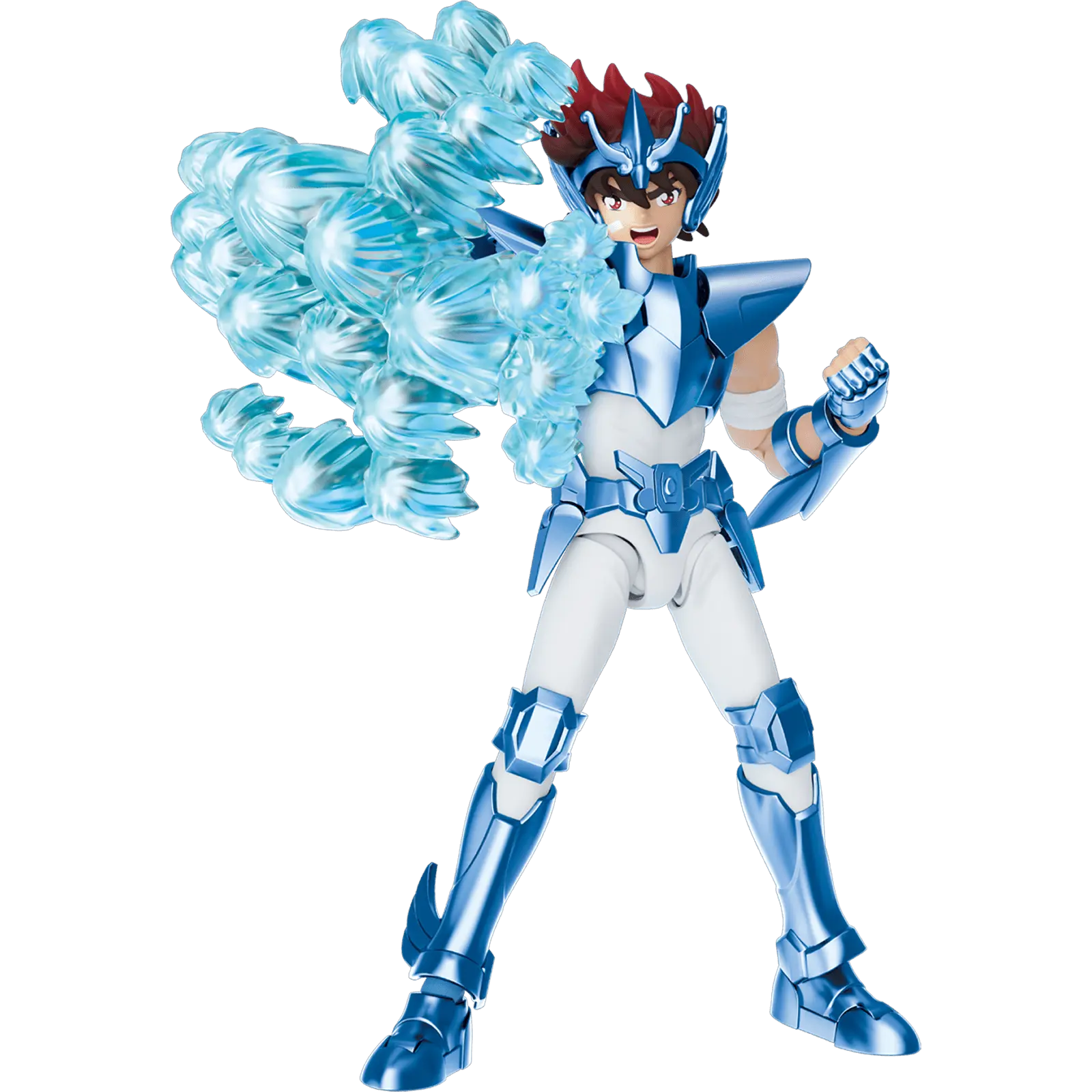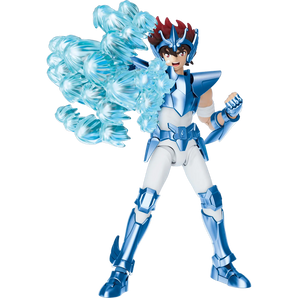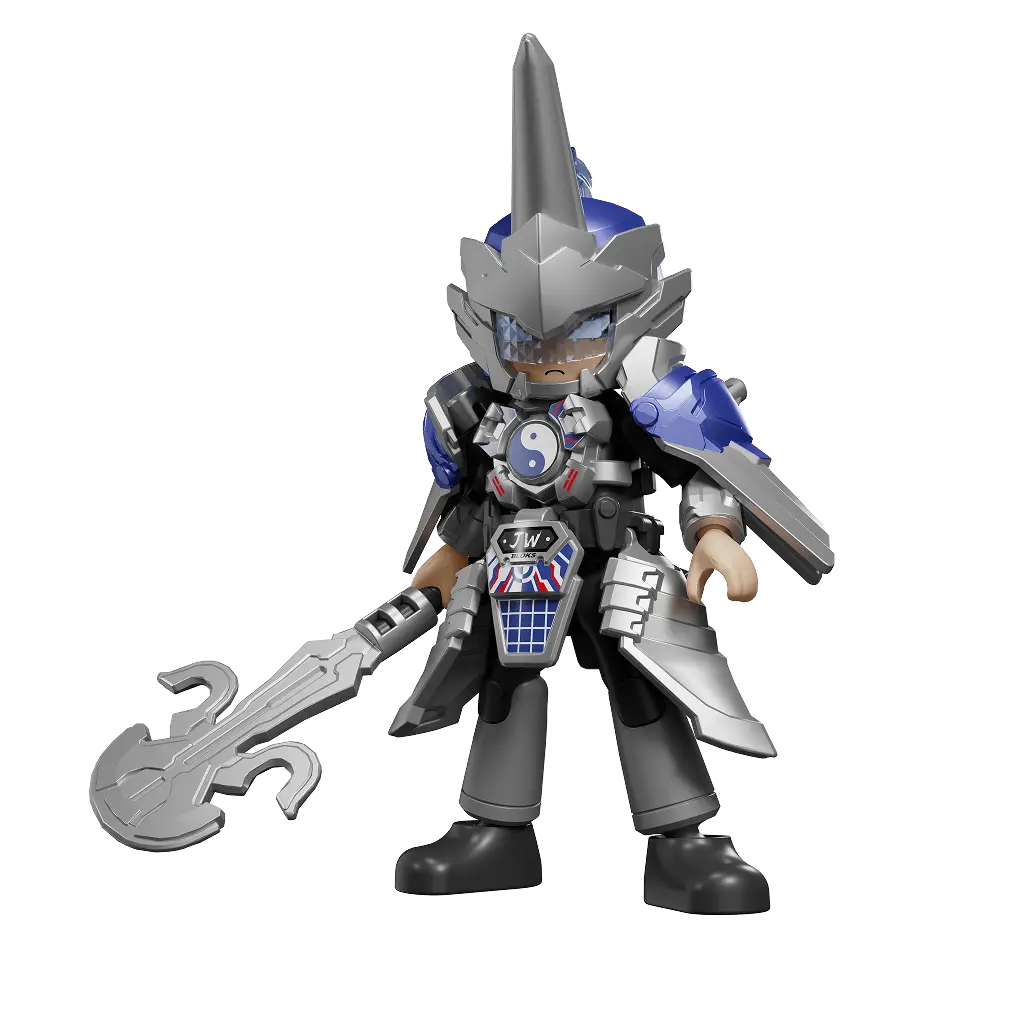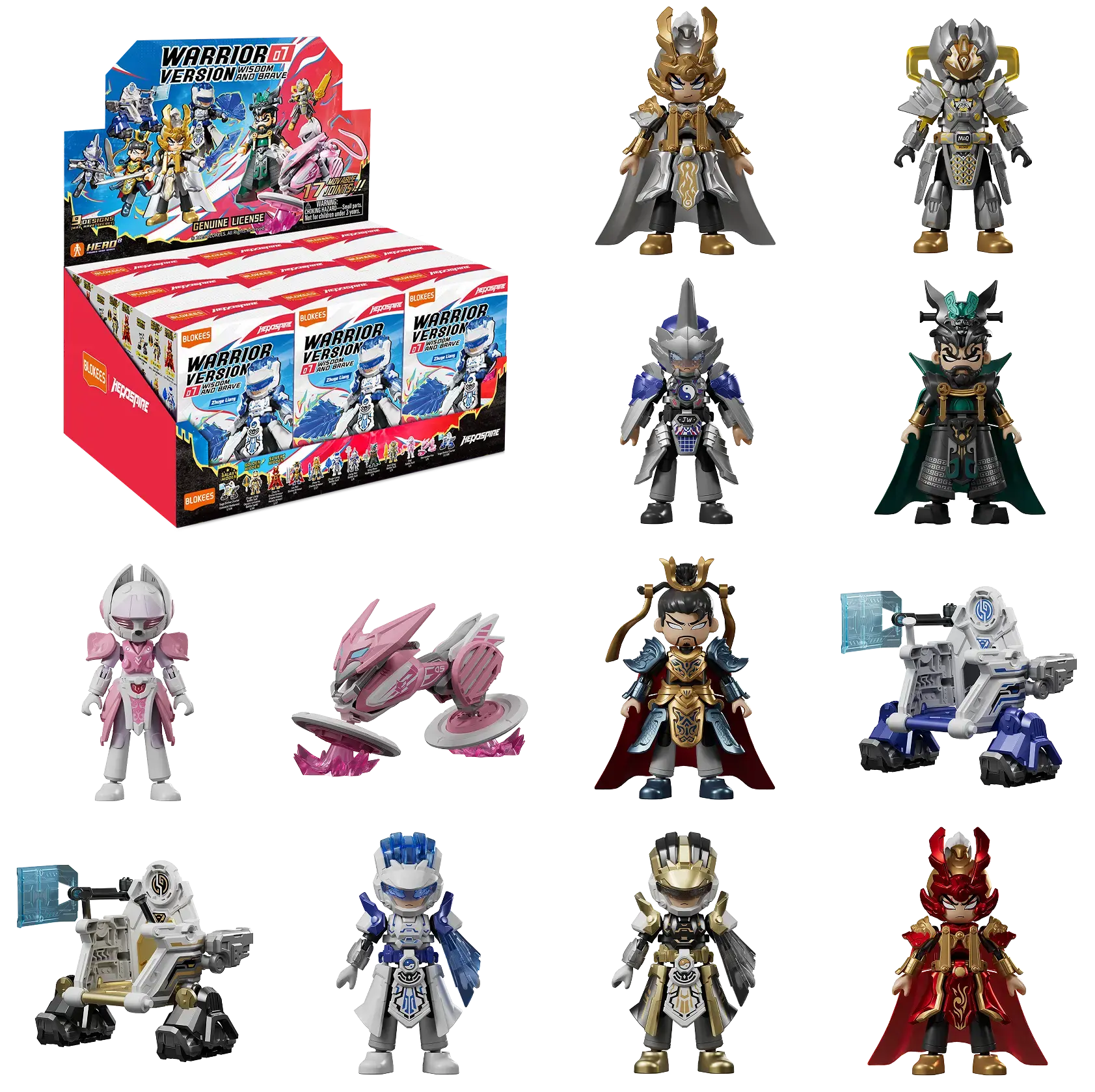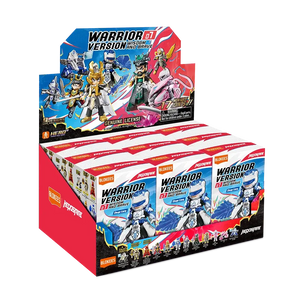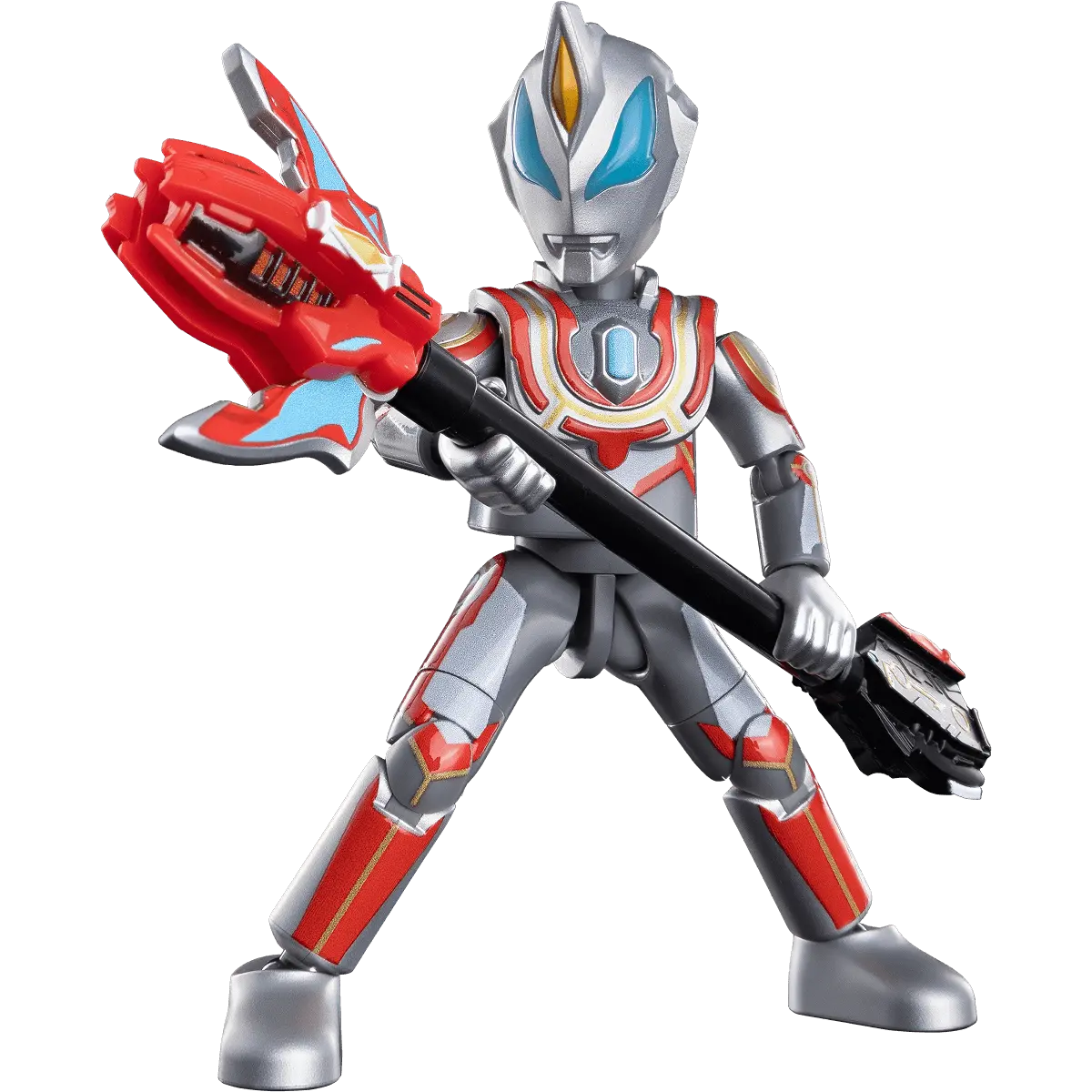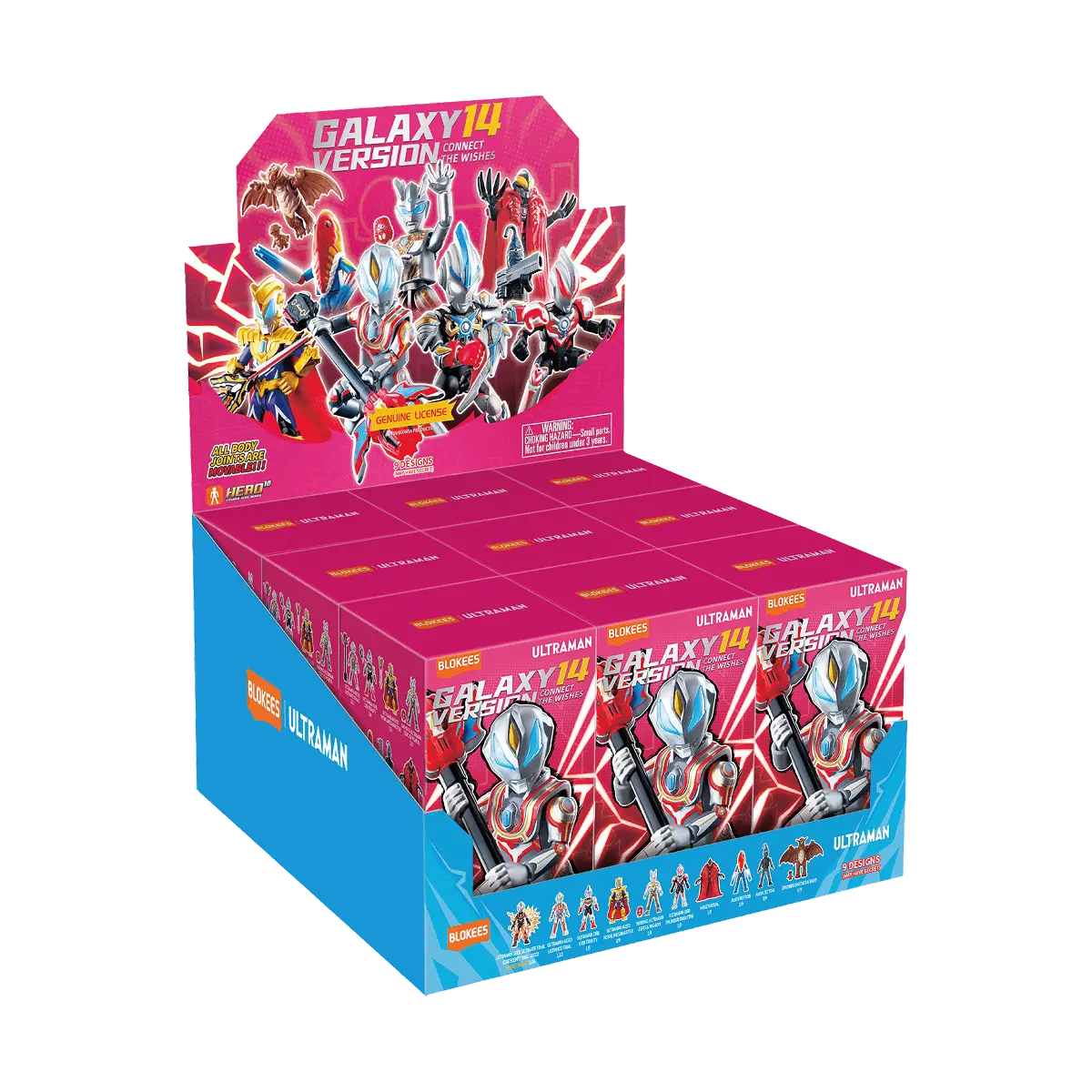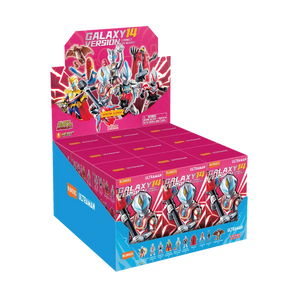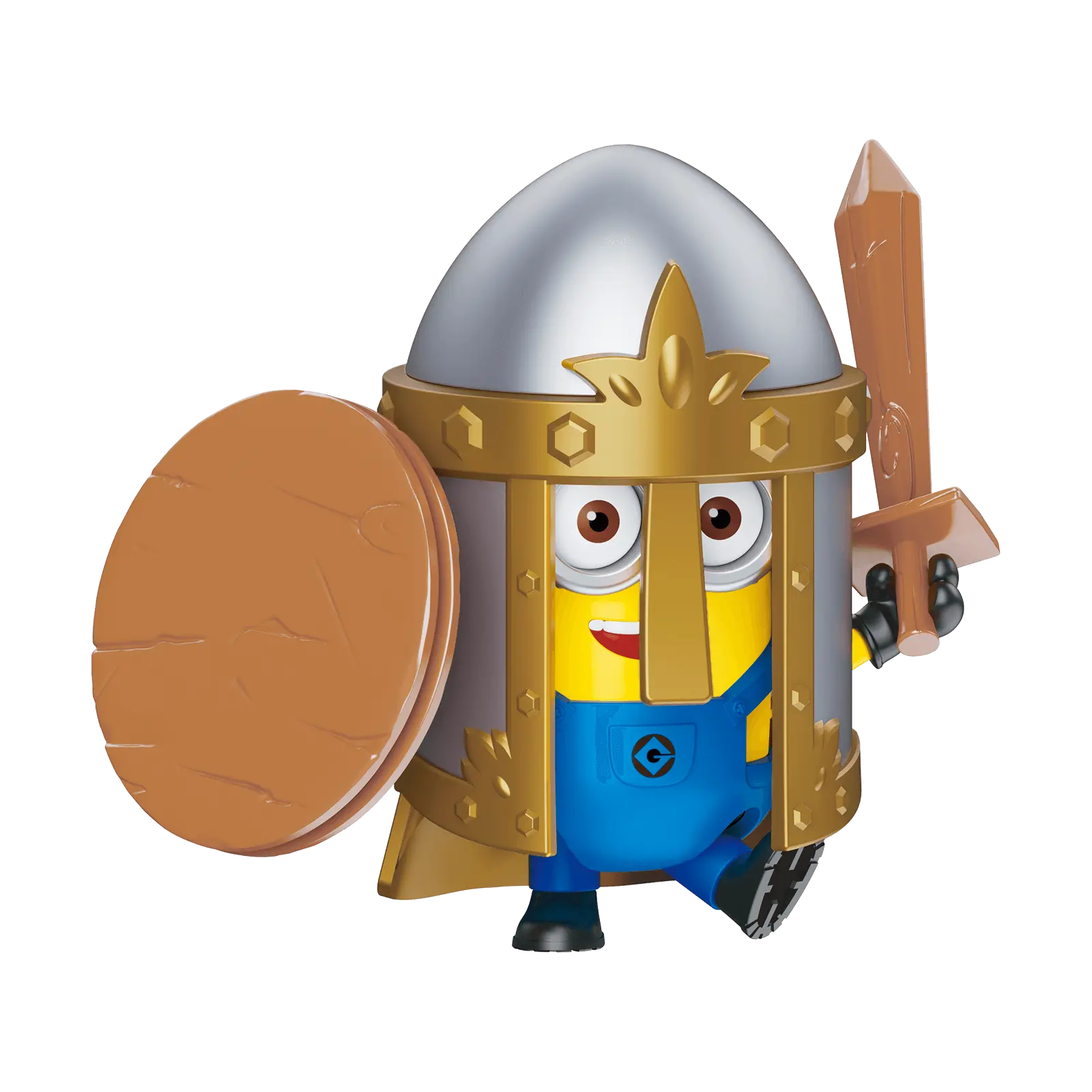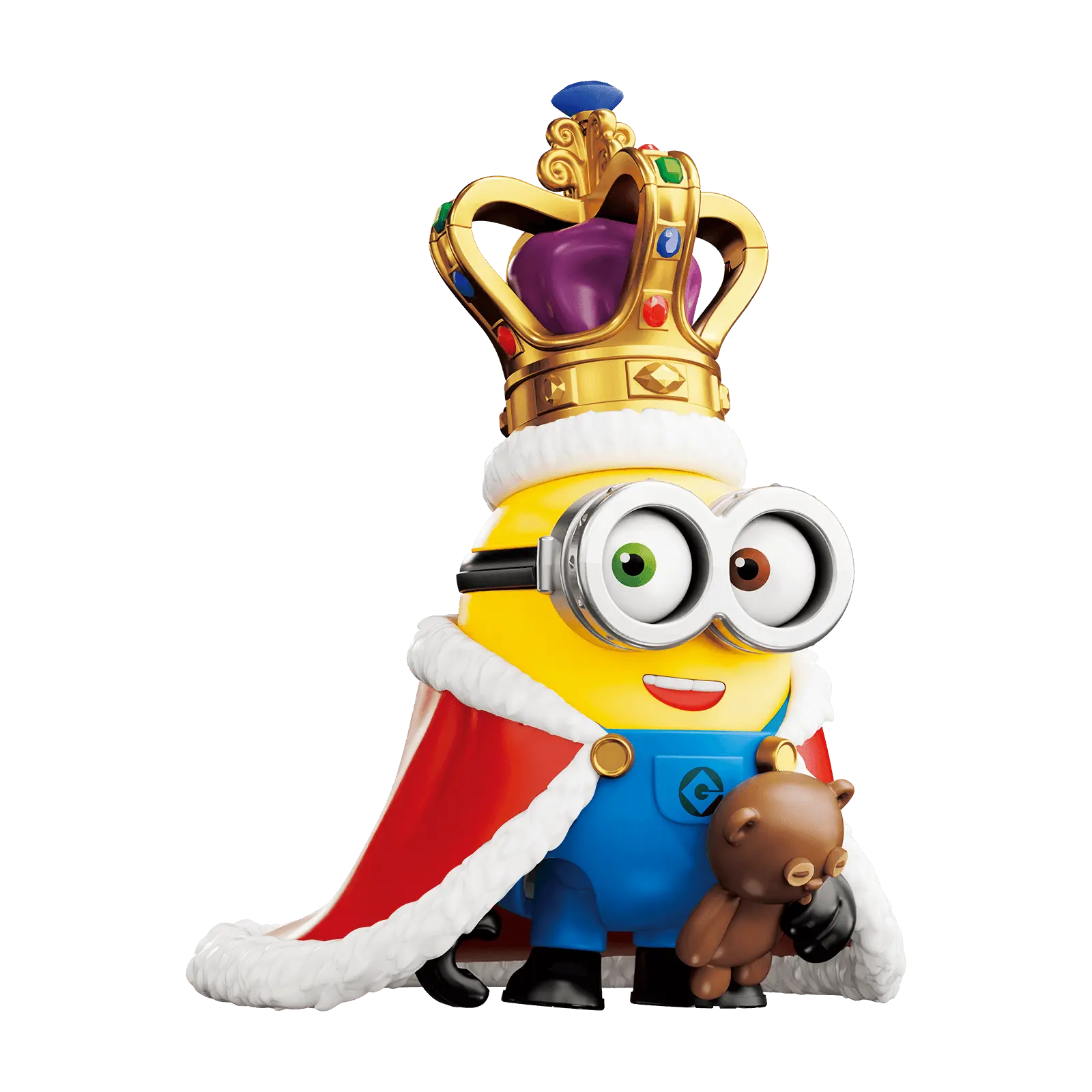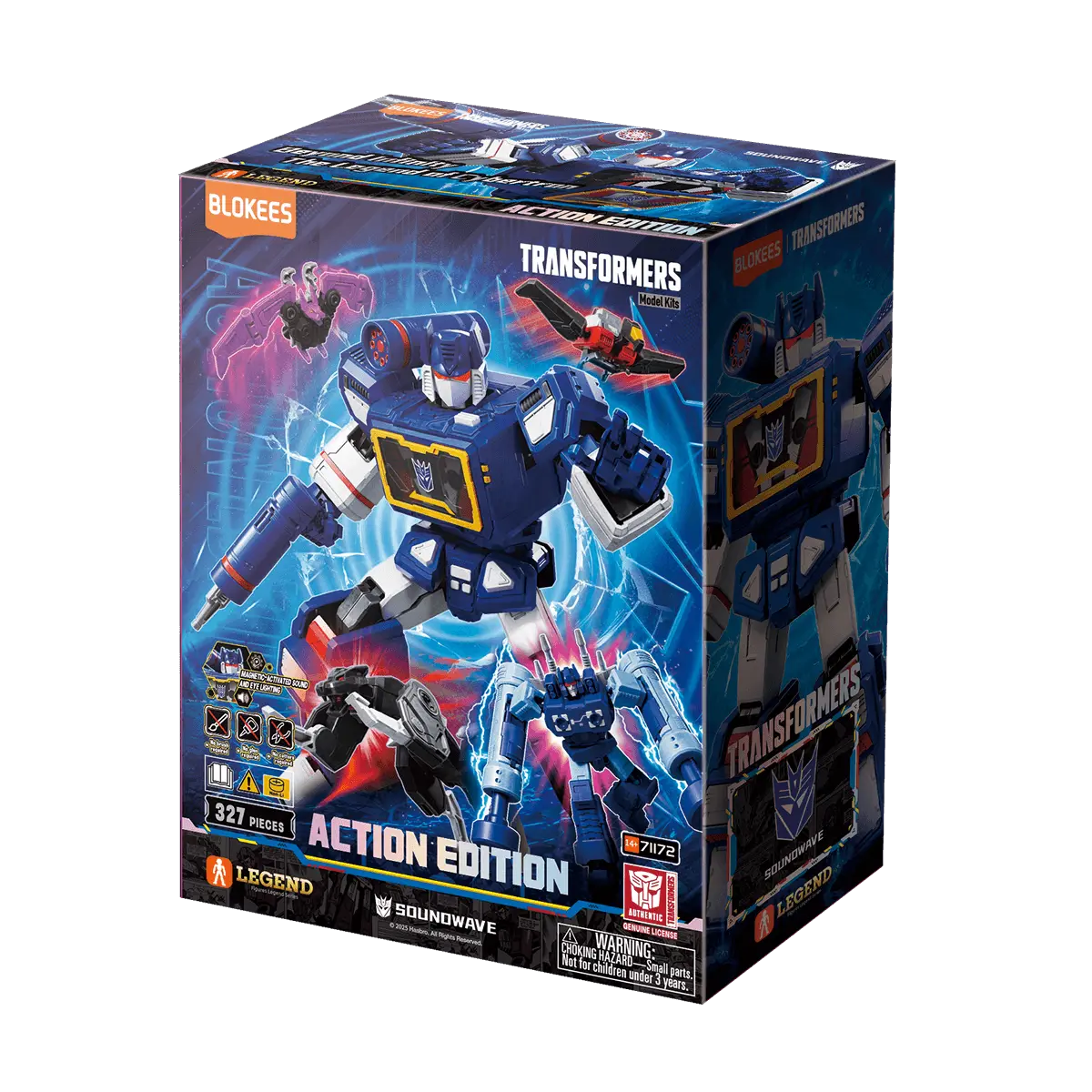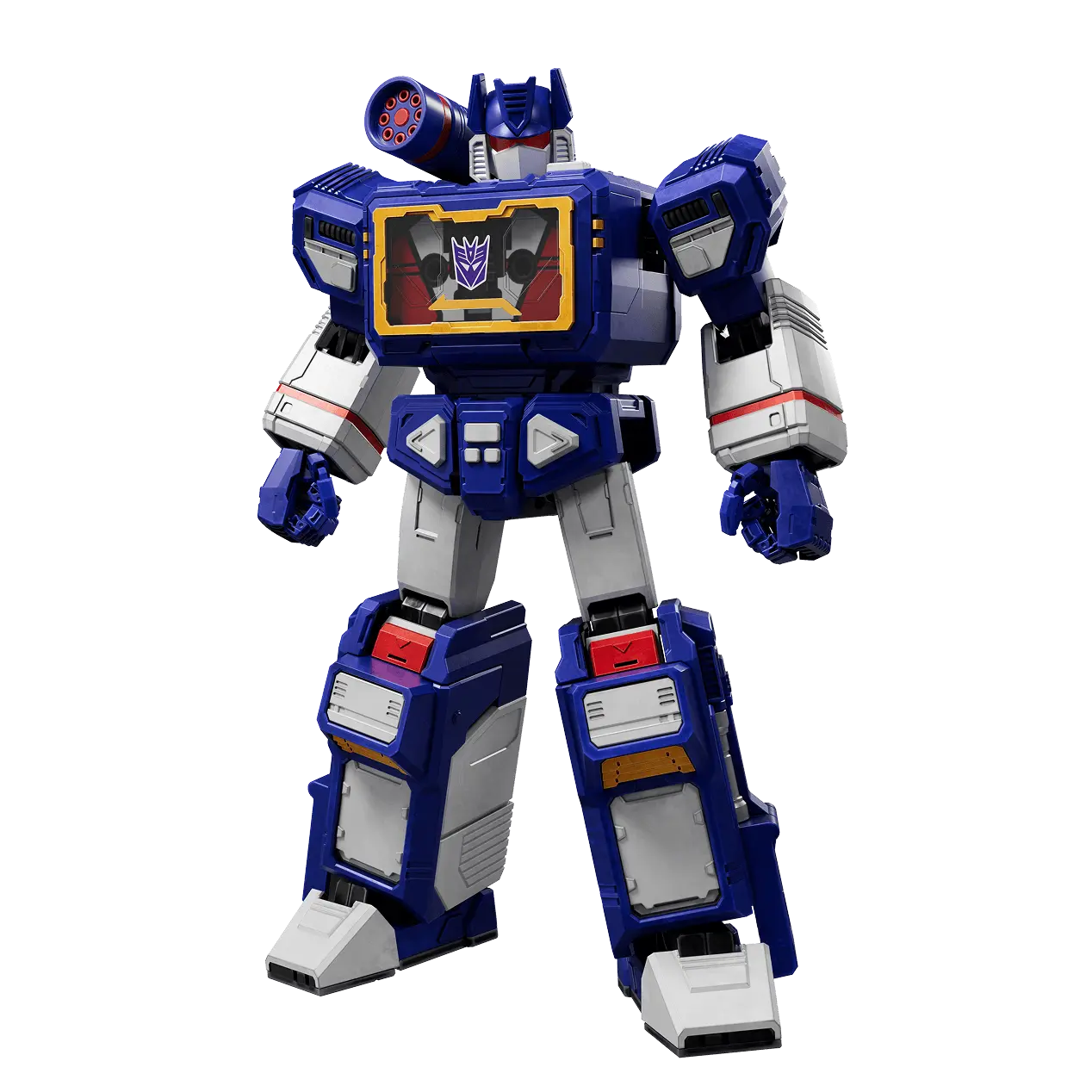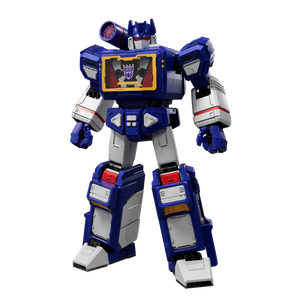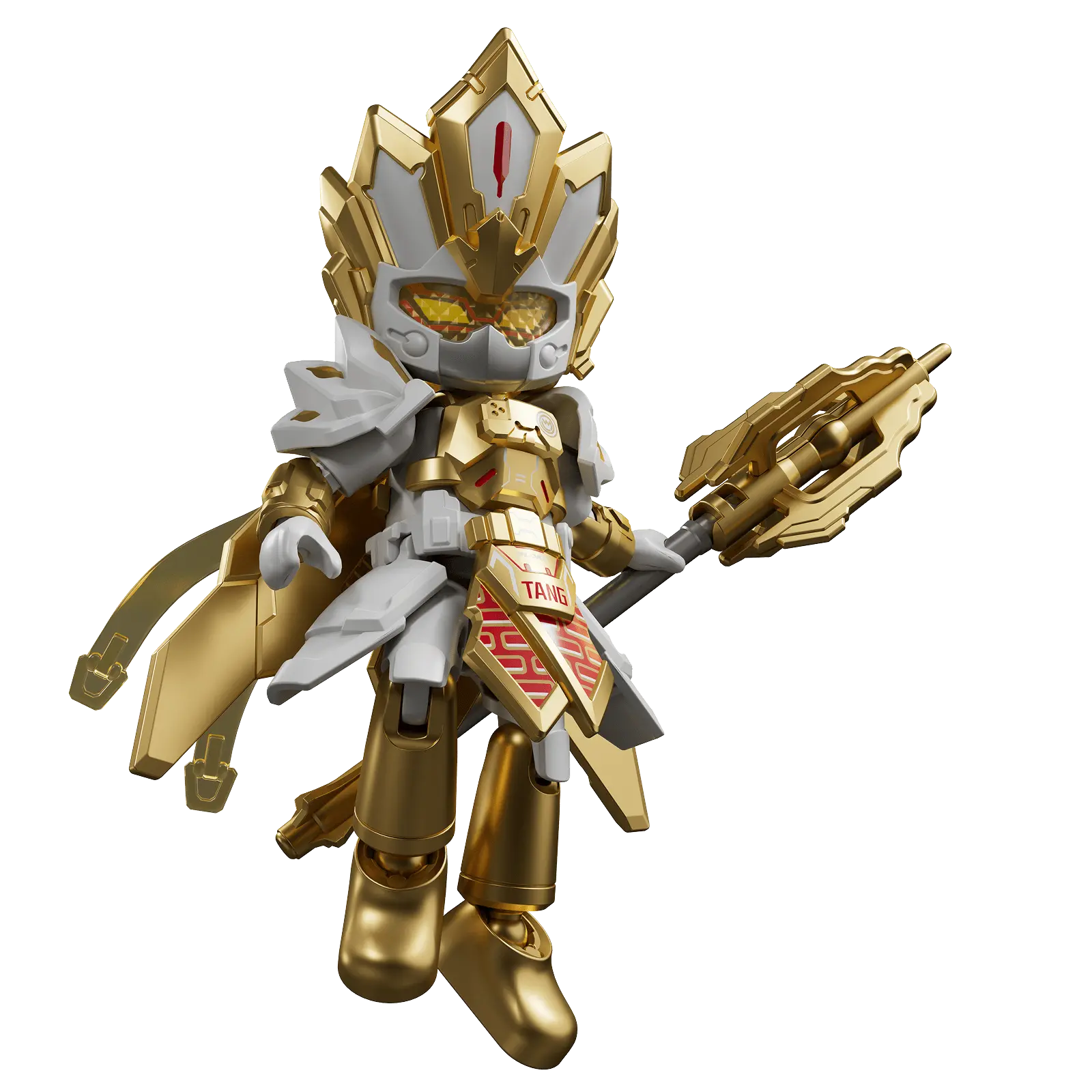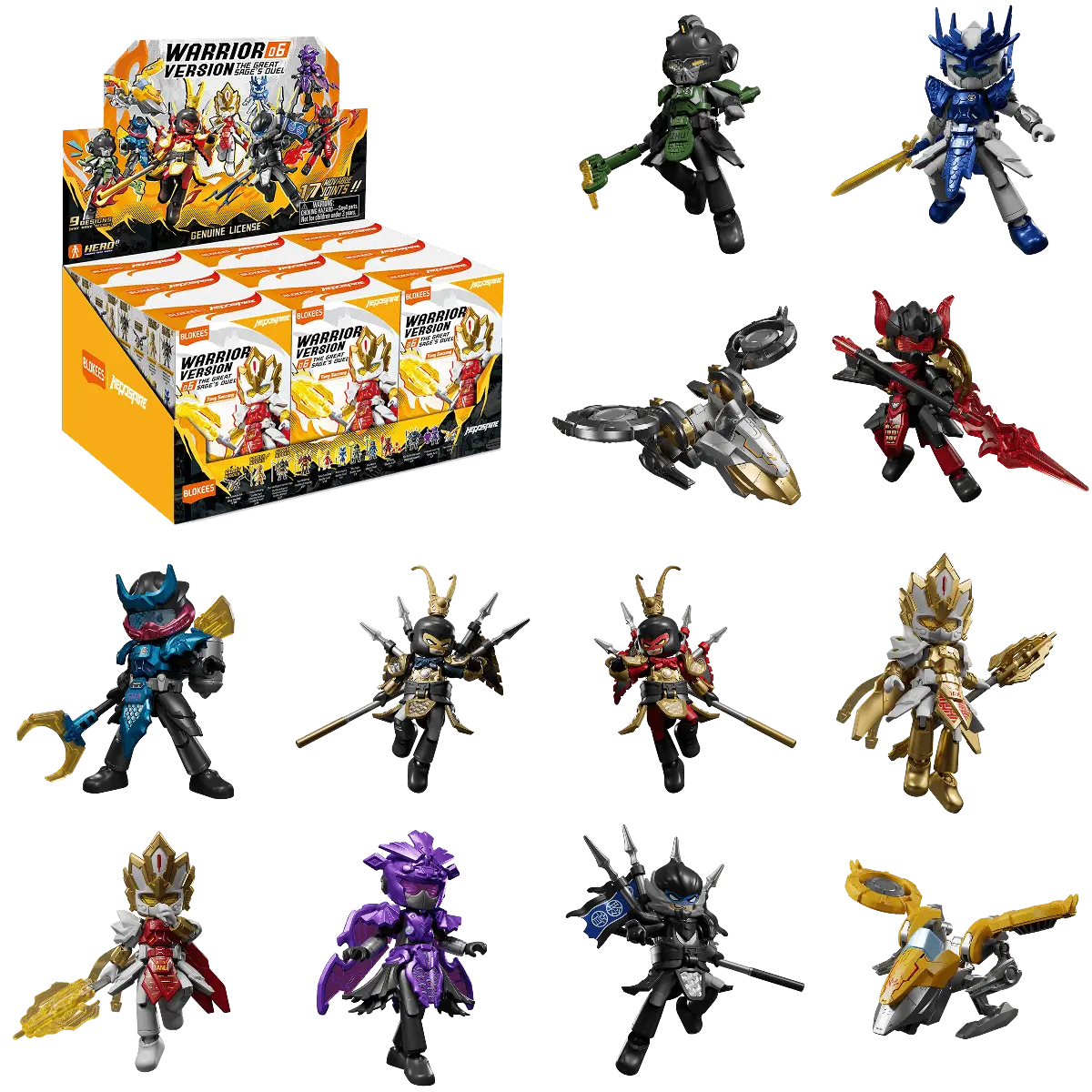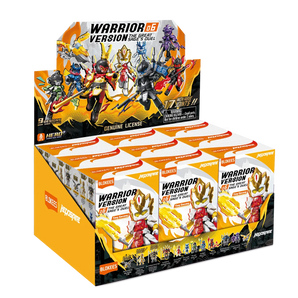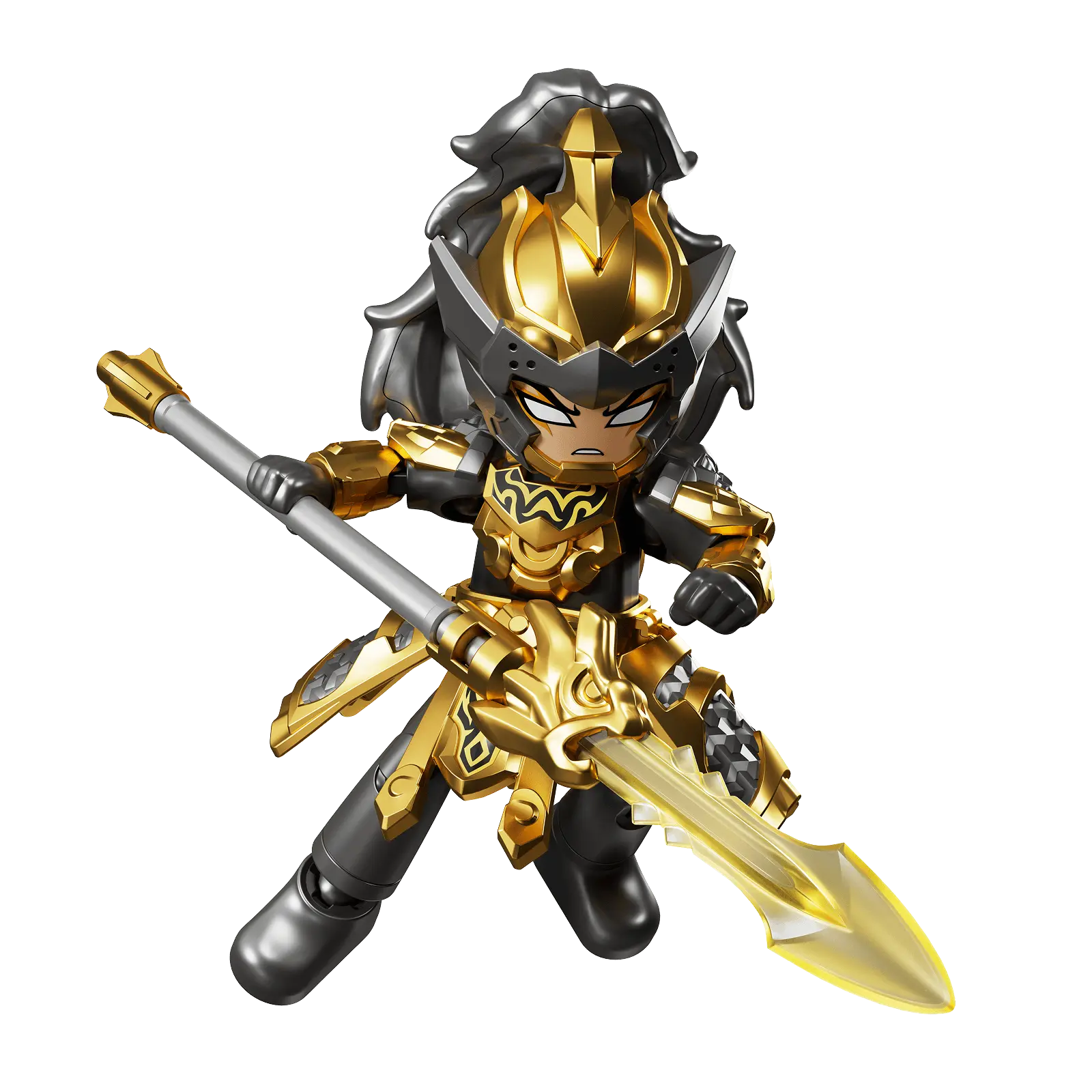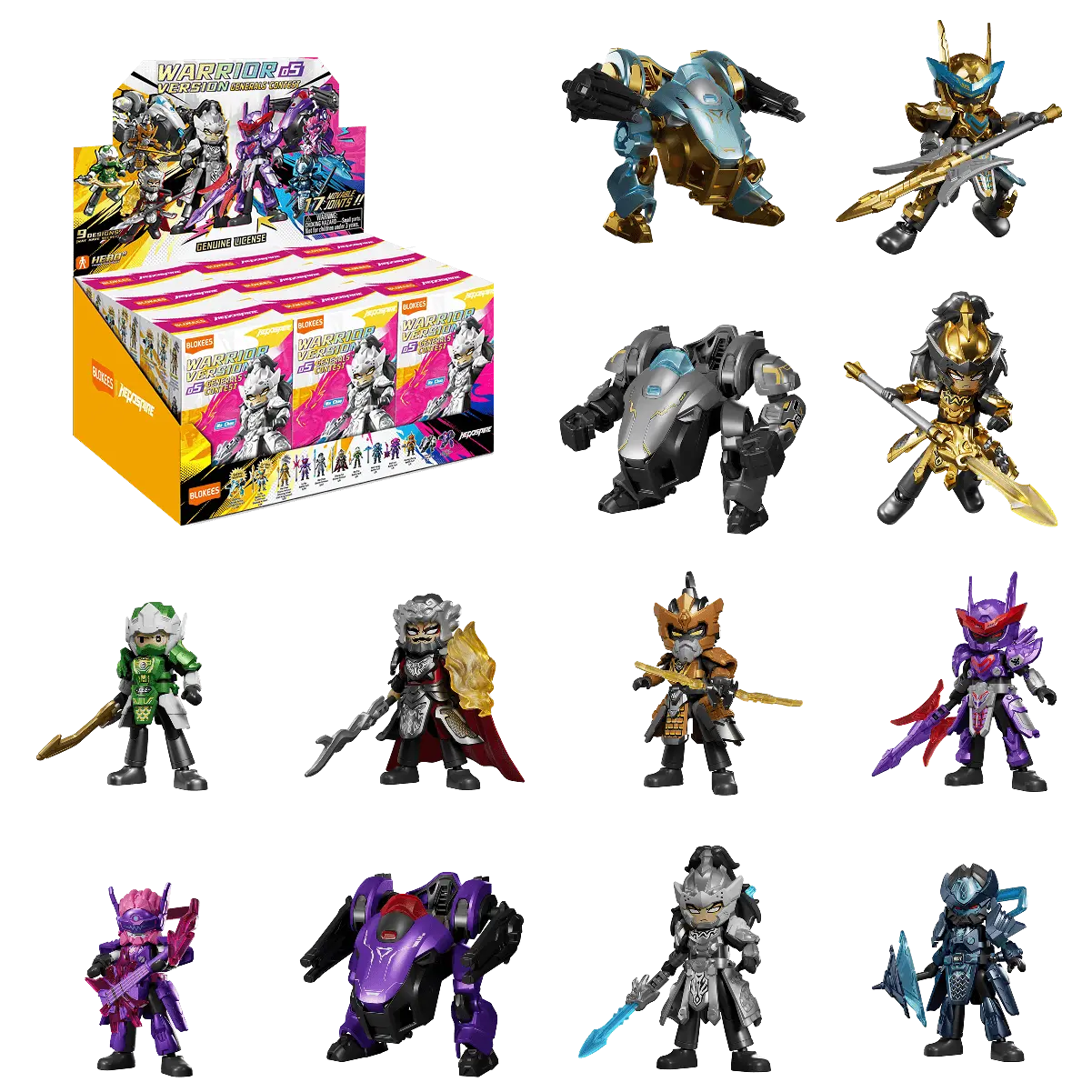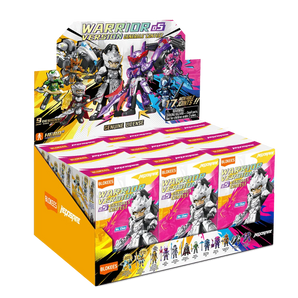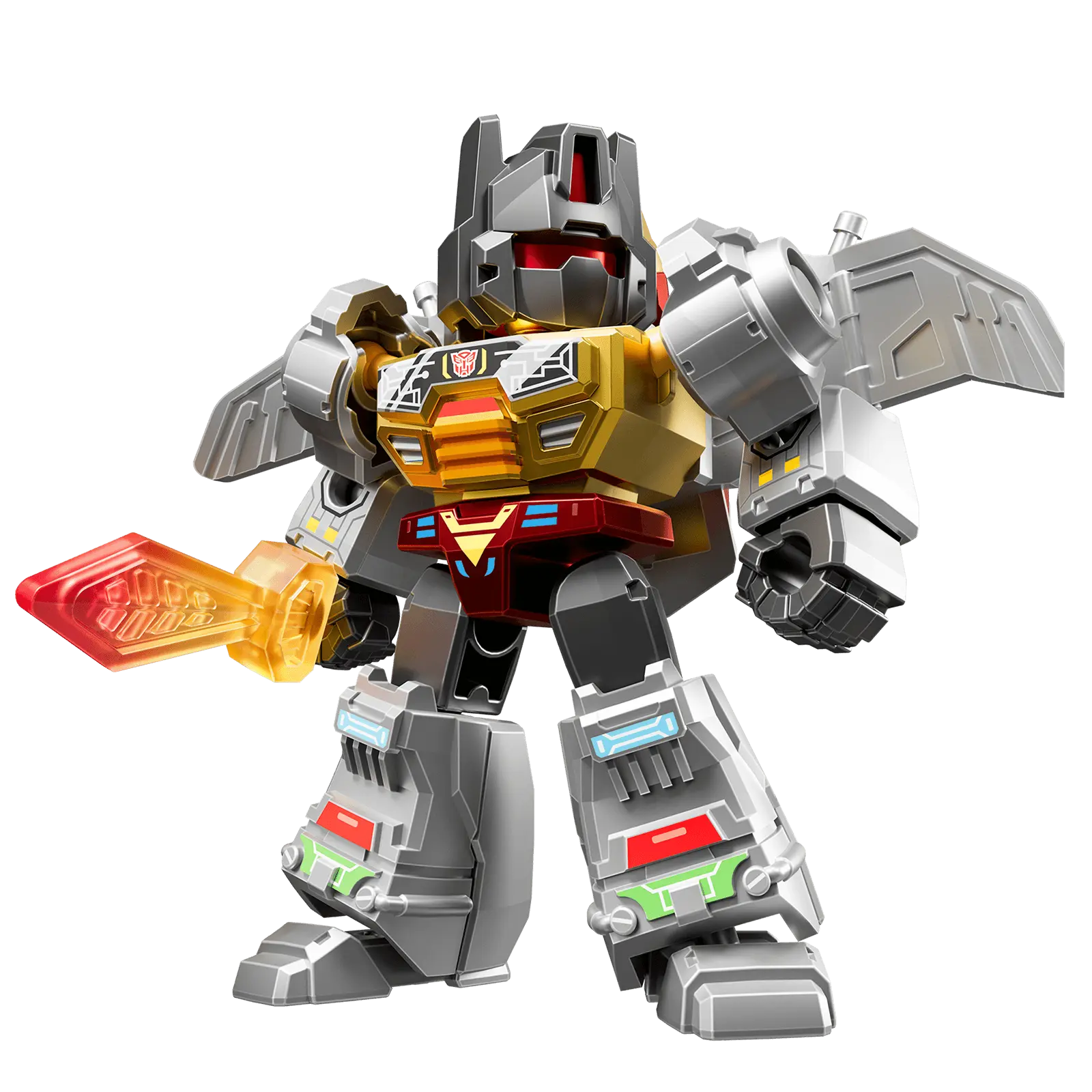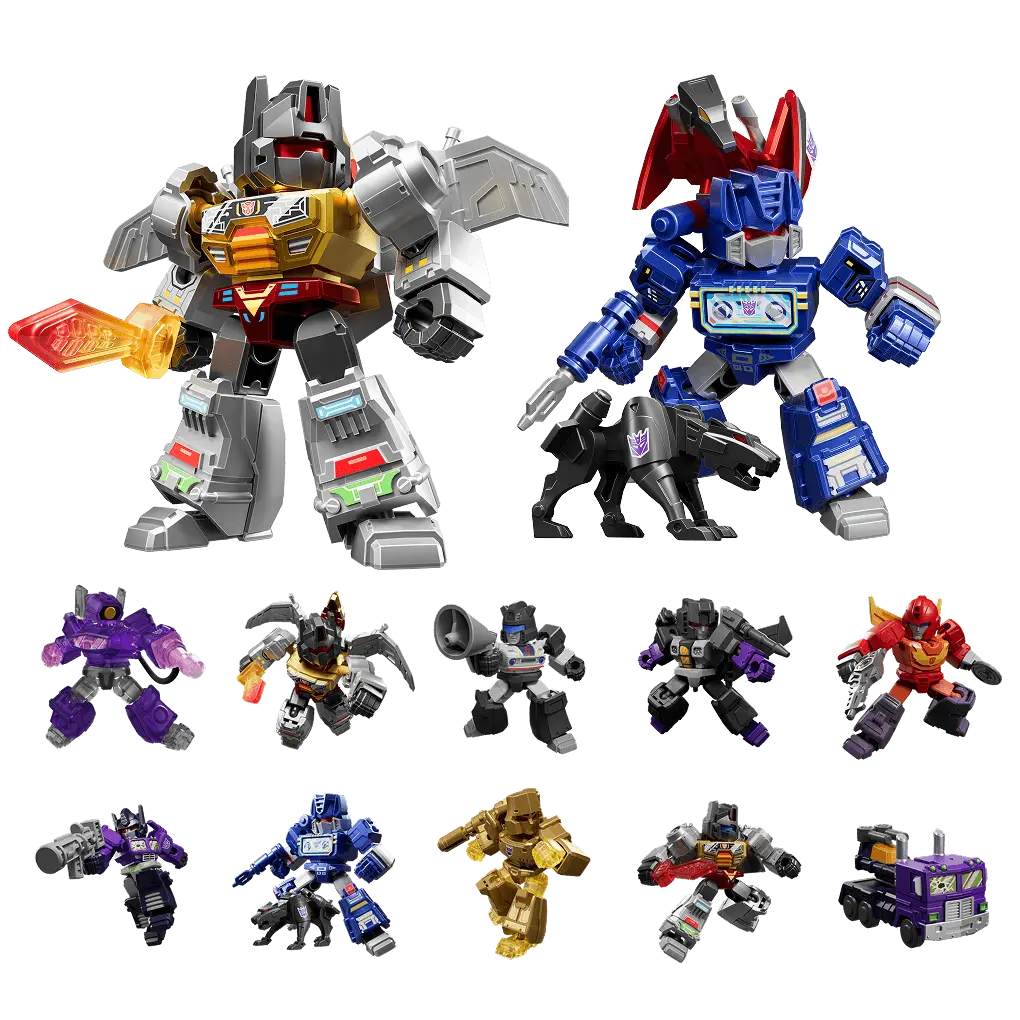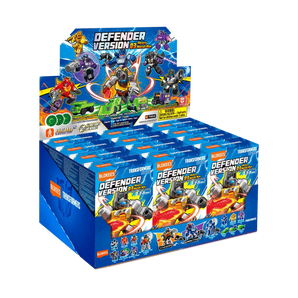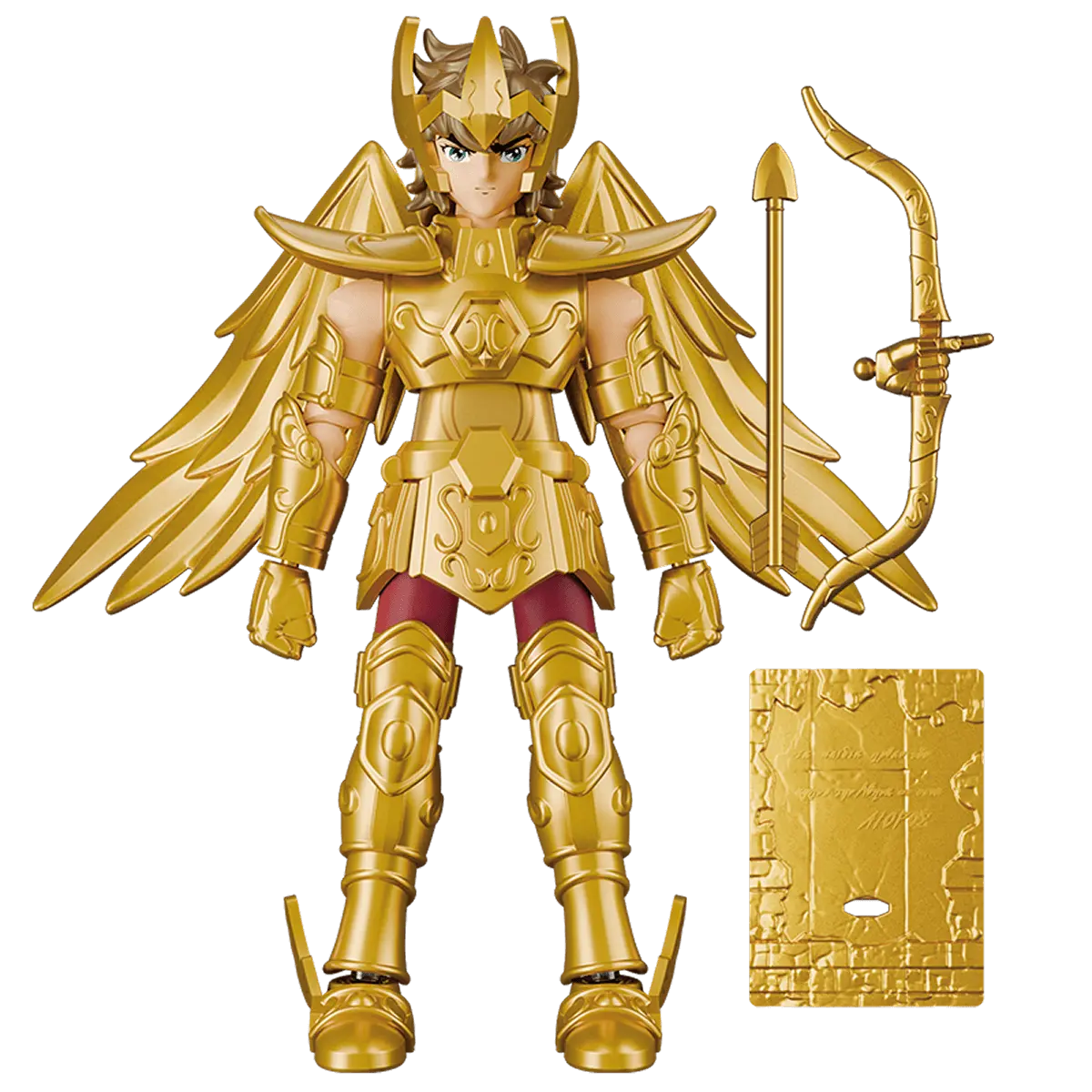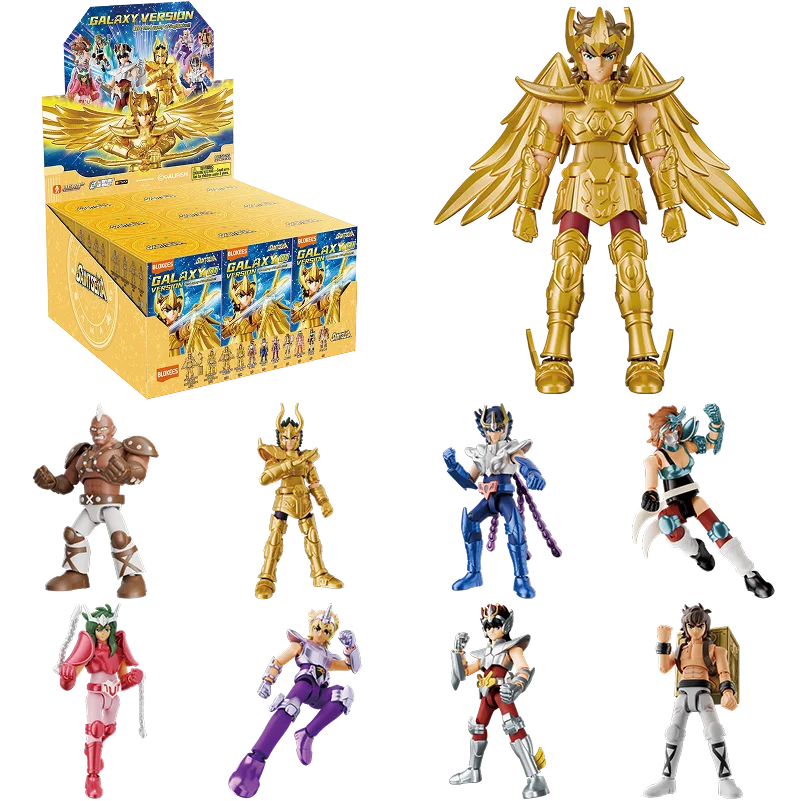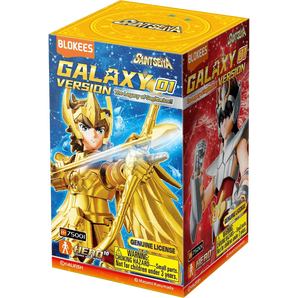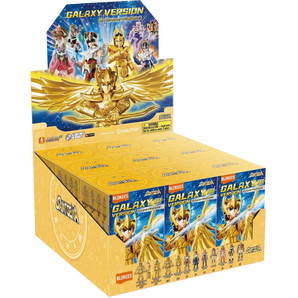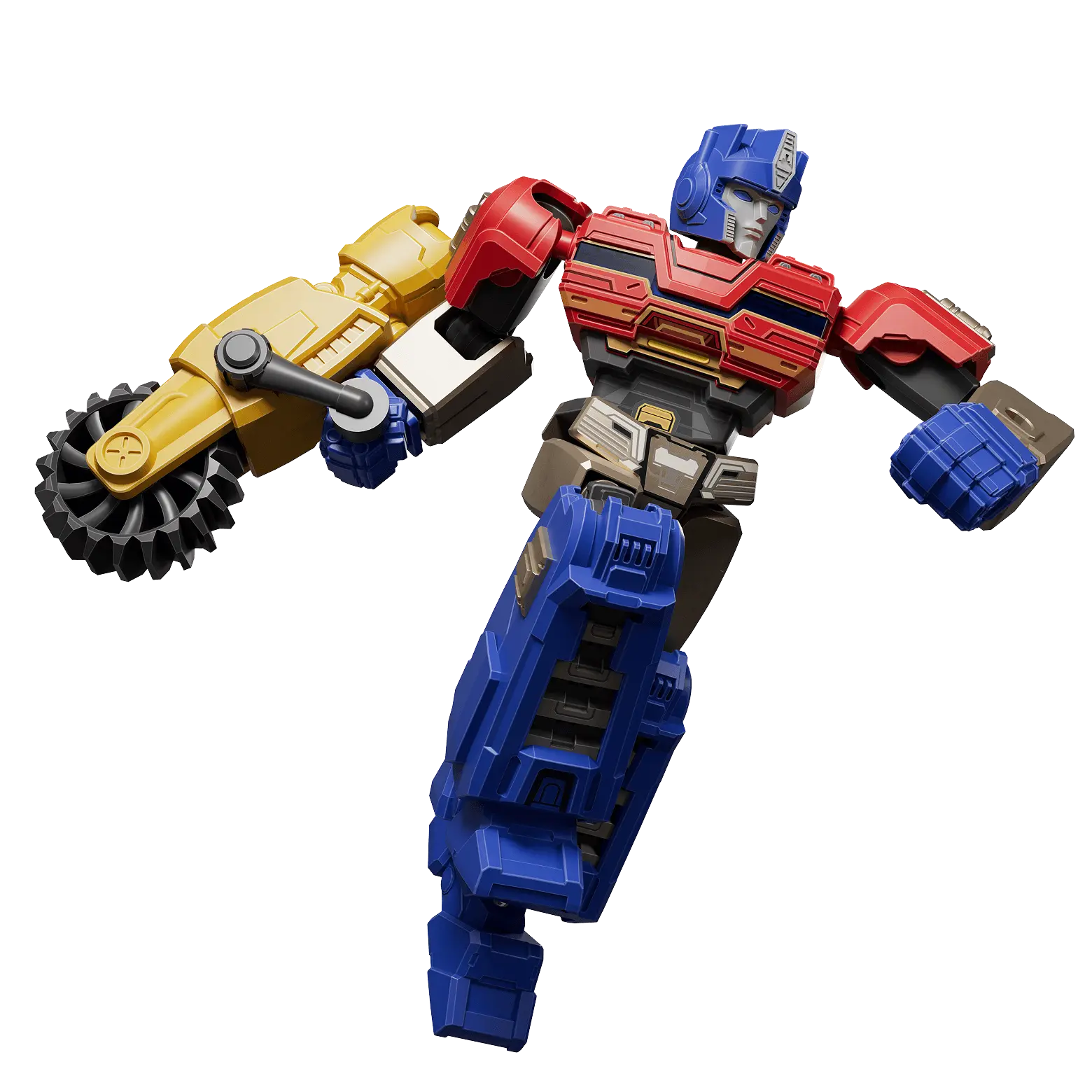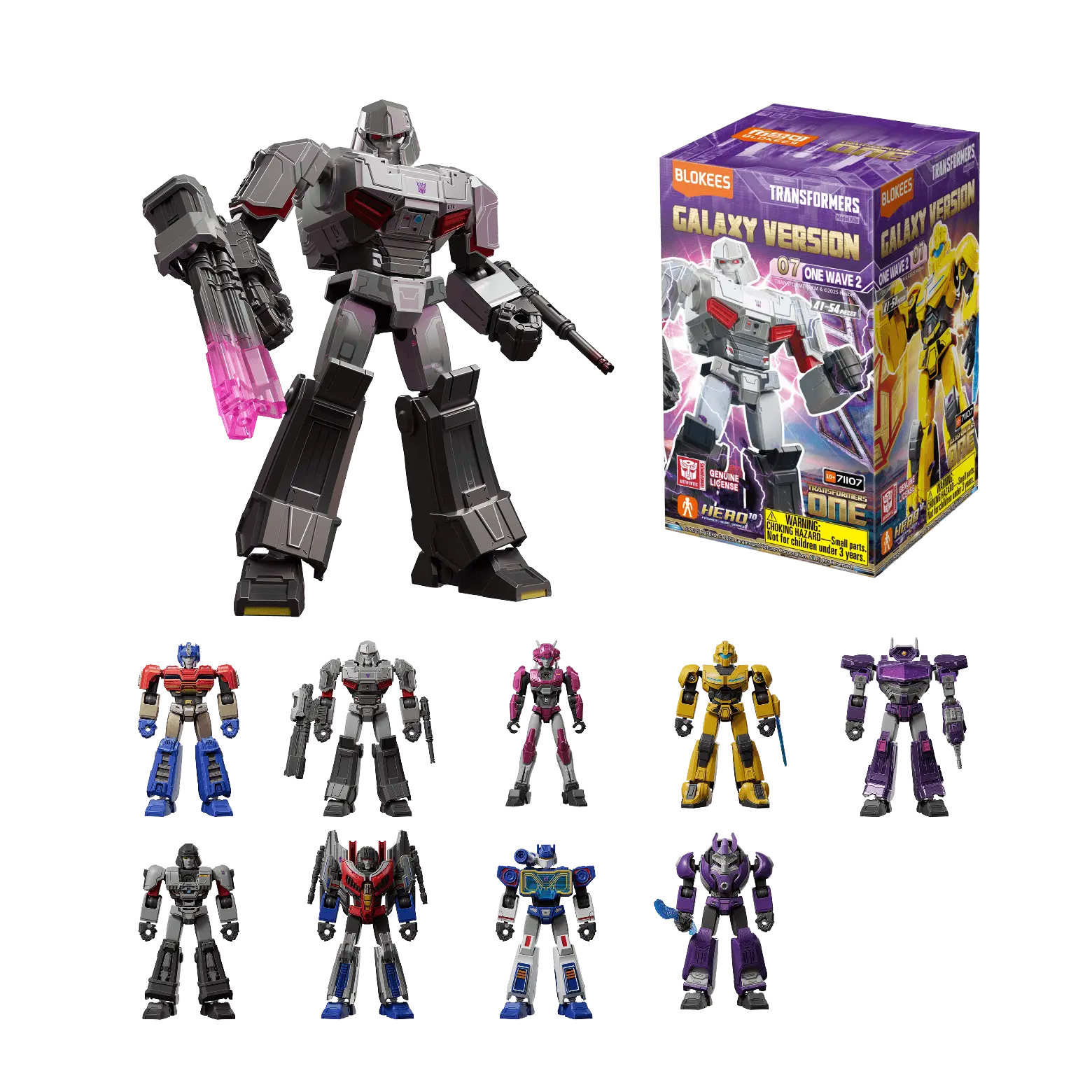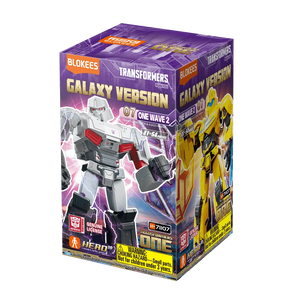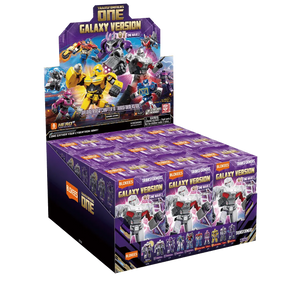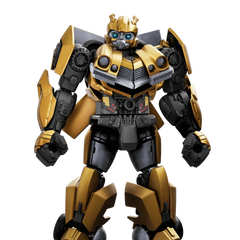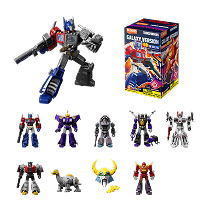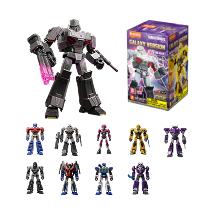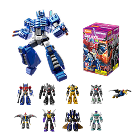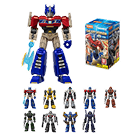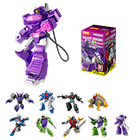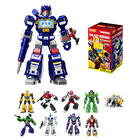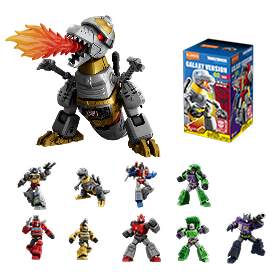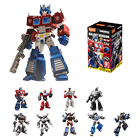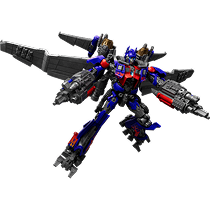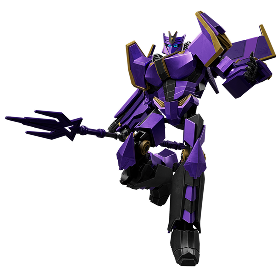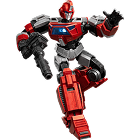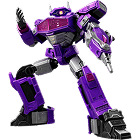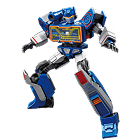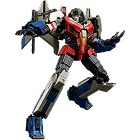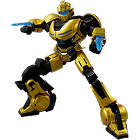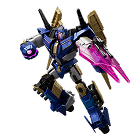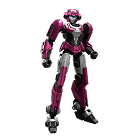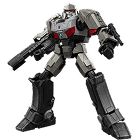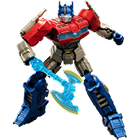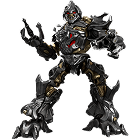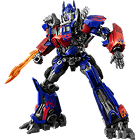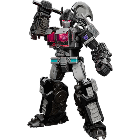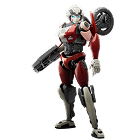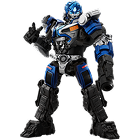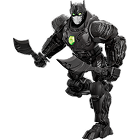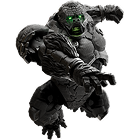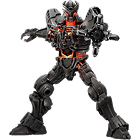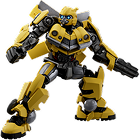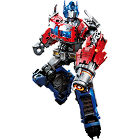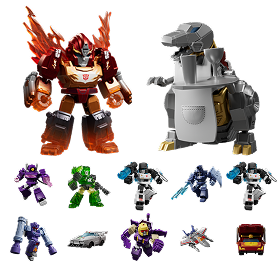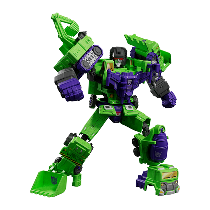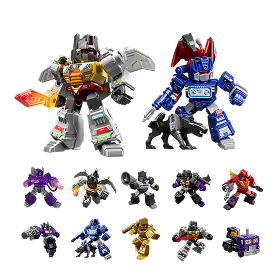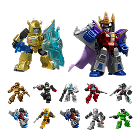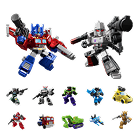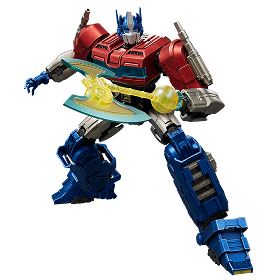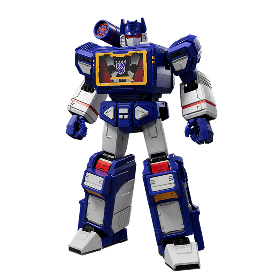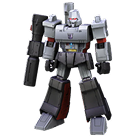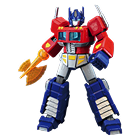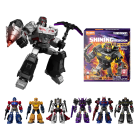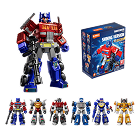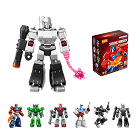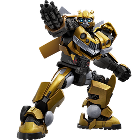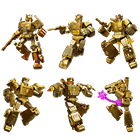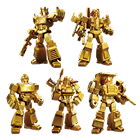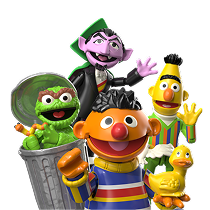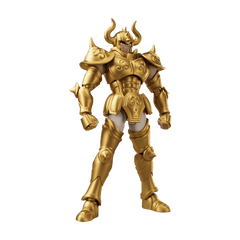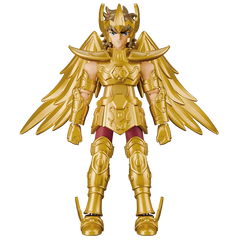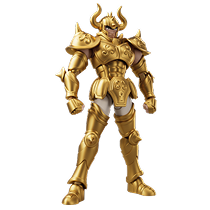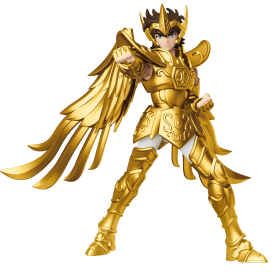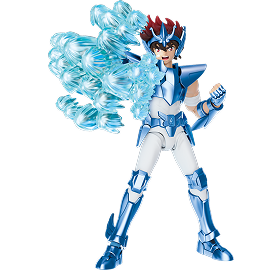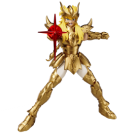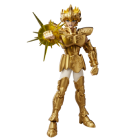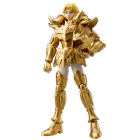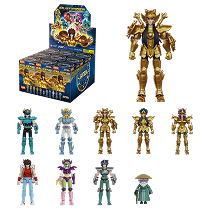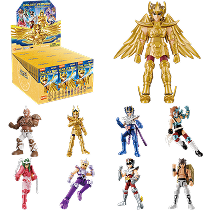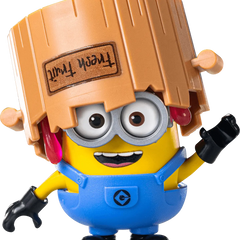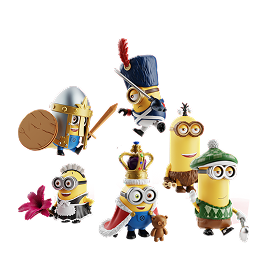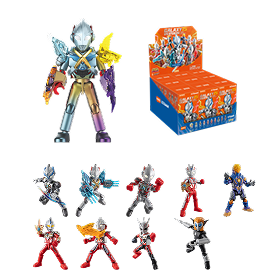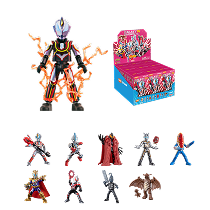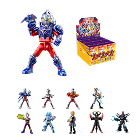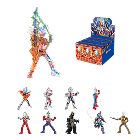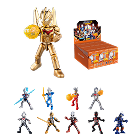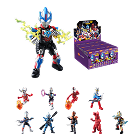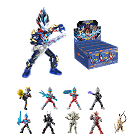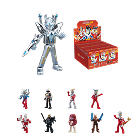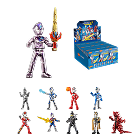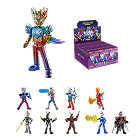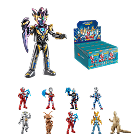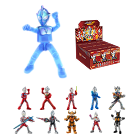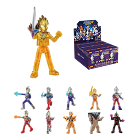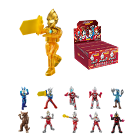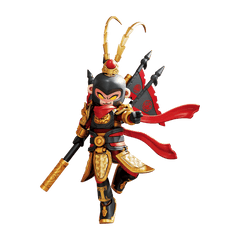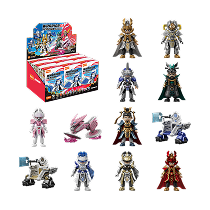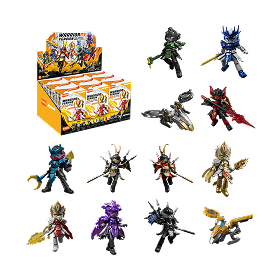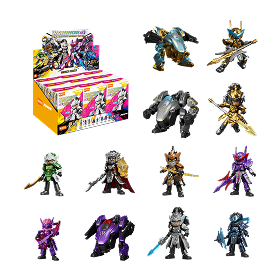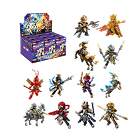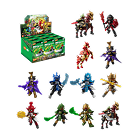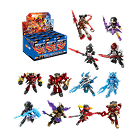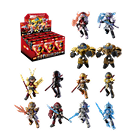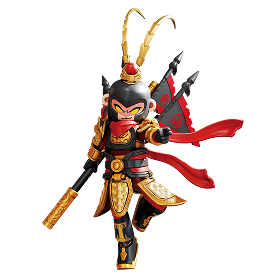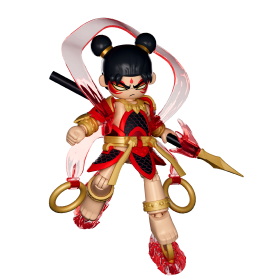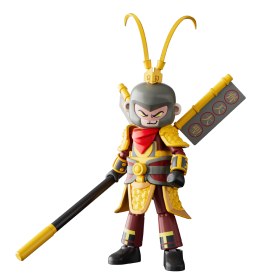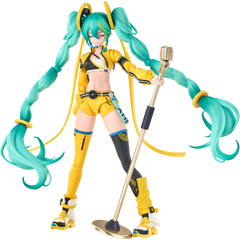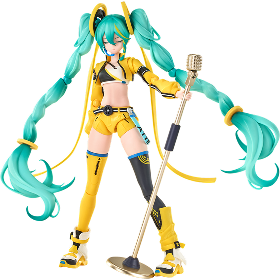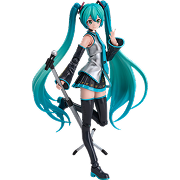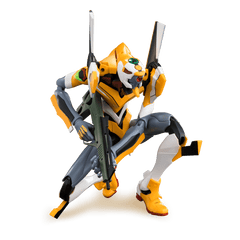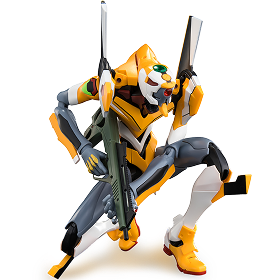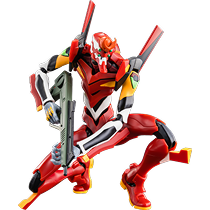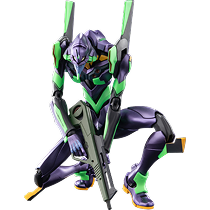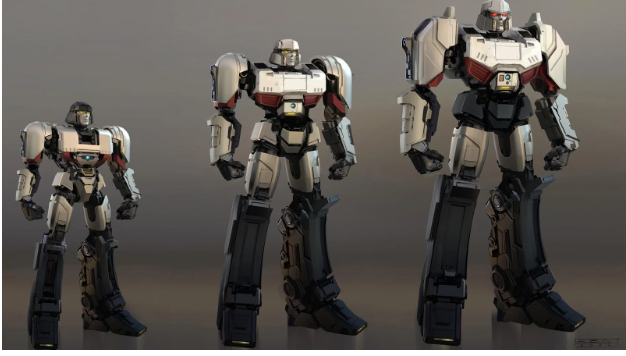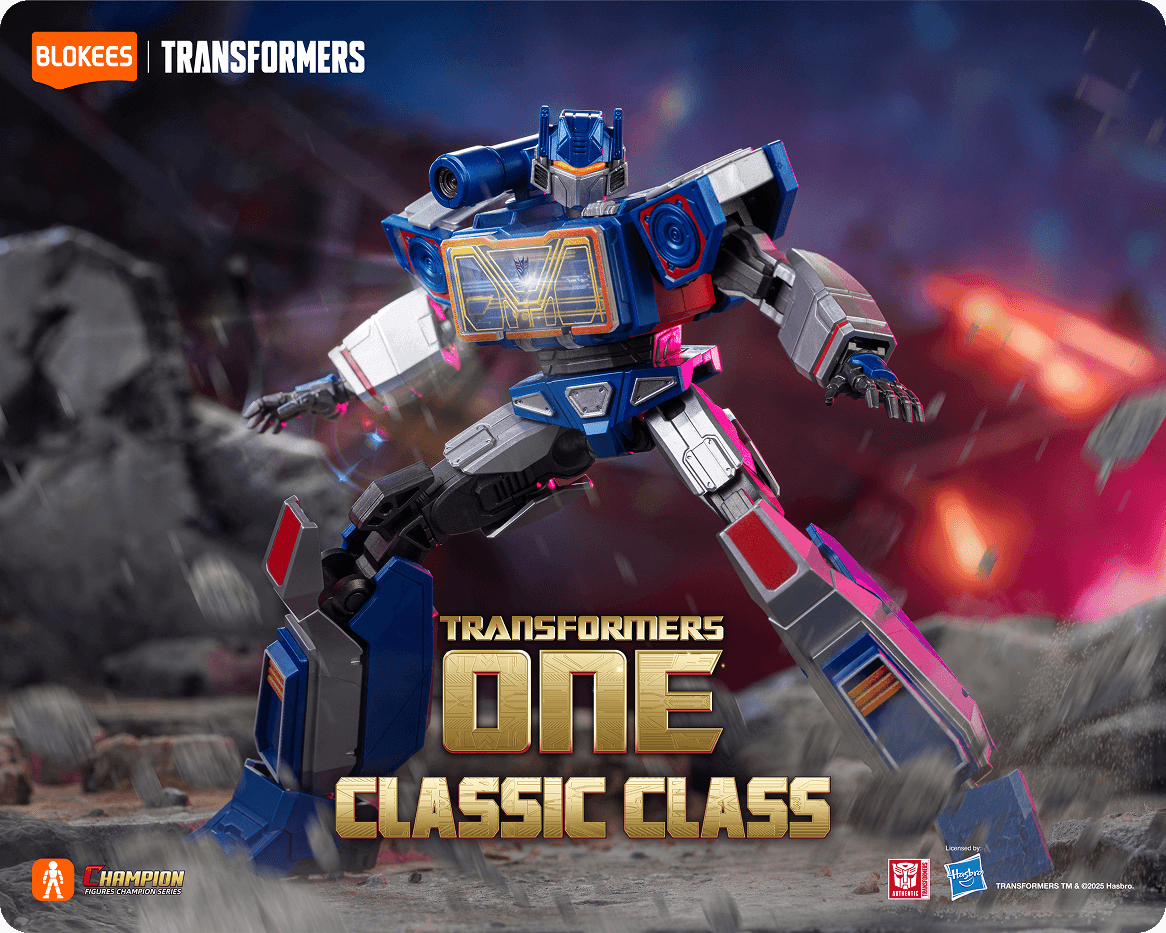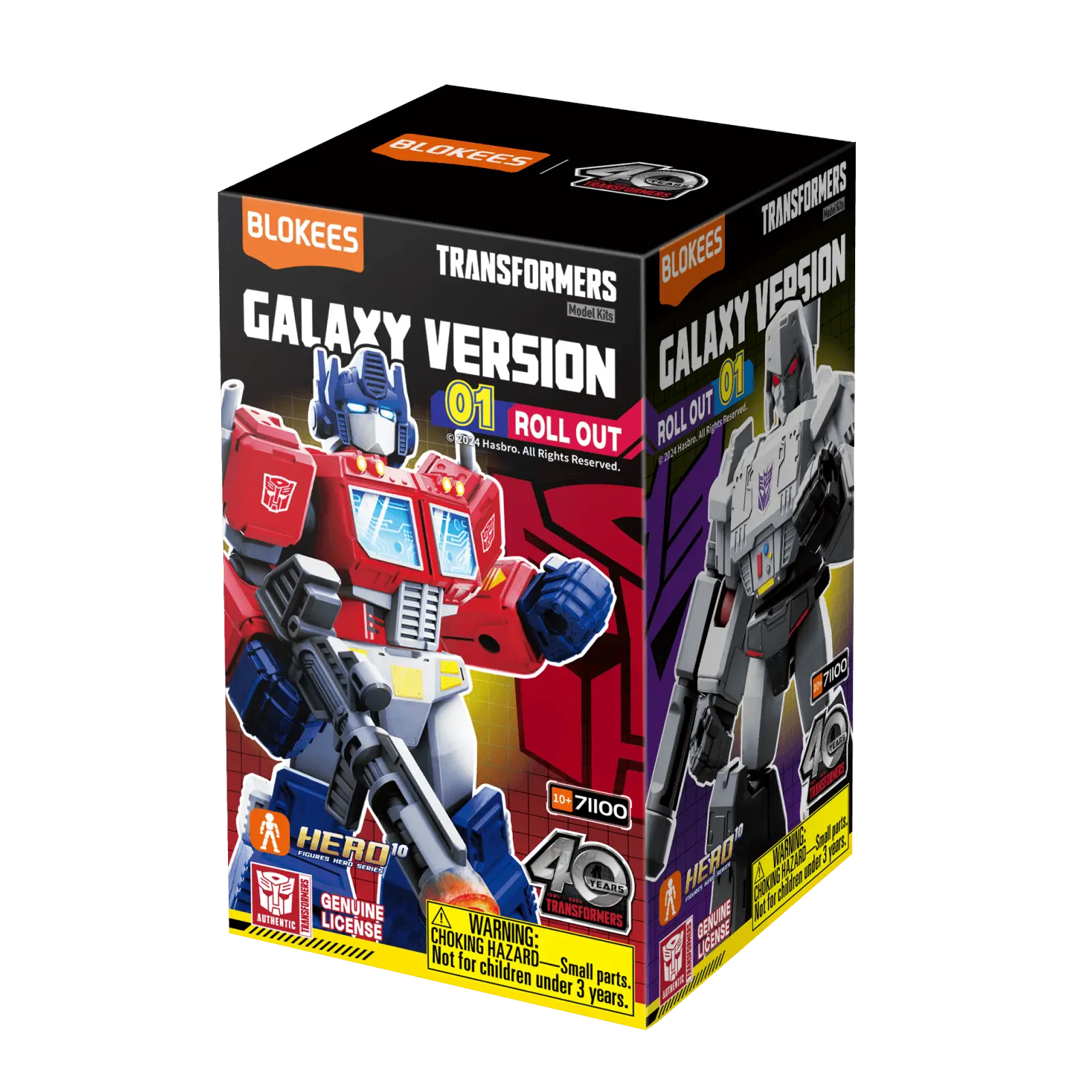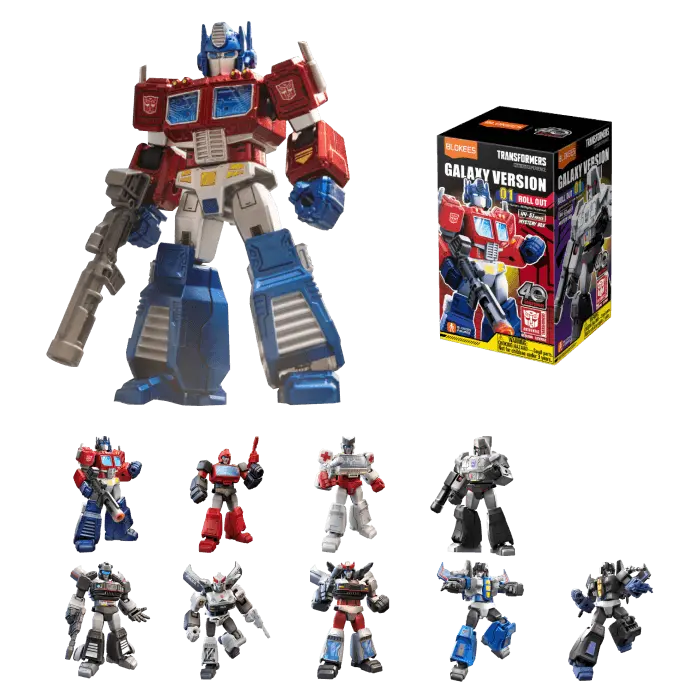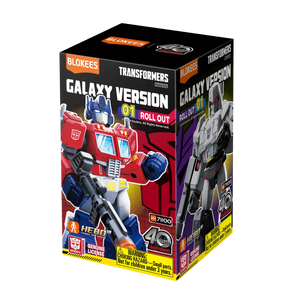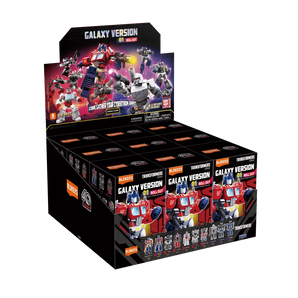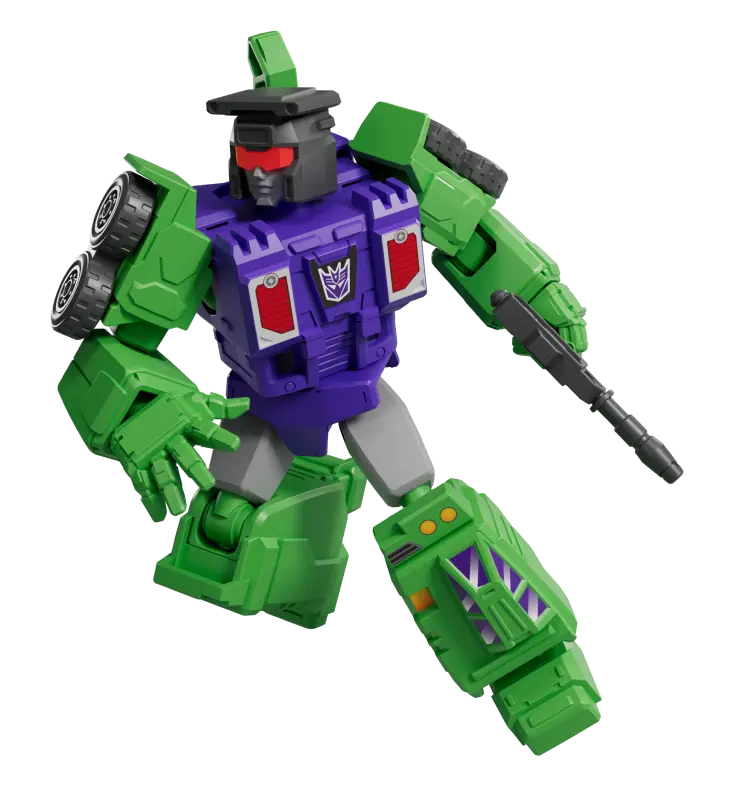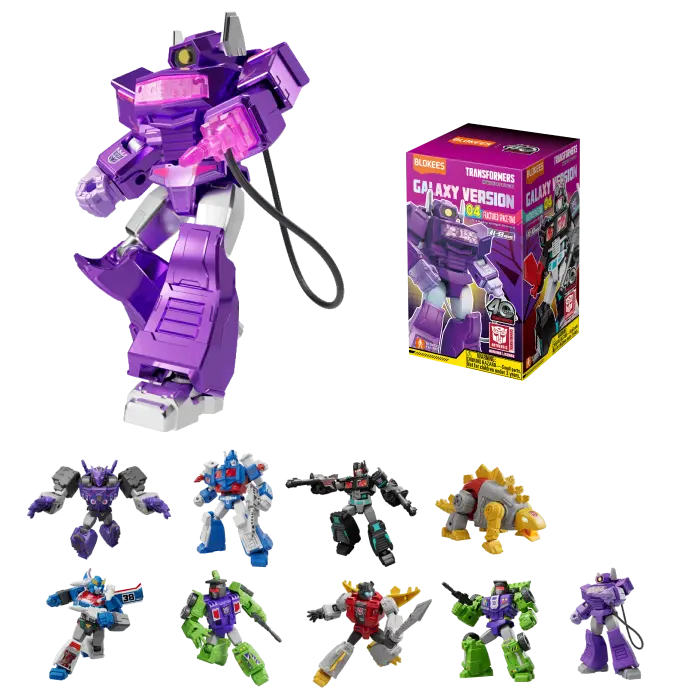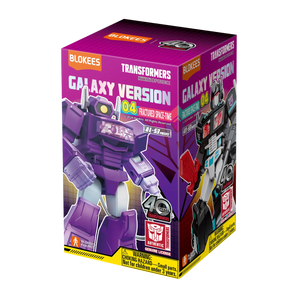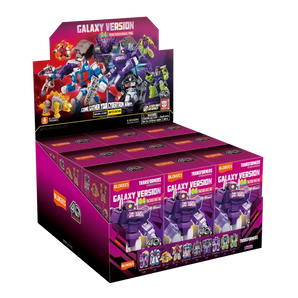If you’ve just seen Transformers One and searched “transformers one megatron” or “megatron transformers one,” you probably noticed this take feels different. We don’t start with a cackling overlord. We meet D-16, a miner who’s competent, protective, and loyal—especially to Orion Pax.
He wants order, fairness, and dignity for workers on Cybertron. The film then shows how a series of shocks—betrayal, loss, and rage—pushes him across a line he can’t uncross. The result is Megatron, founder of the Decepticons and the eternal foil to Optimus.
This article breaks down that shift in clear, scannable sections: who D-16 is, what changes him, where his choices tip over, and why audiences still empathize with parts of his journey—even as he becomes the antagonist.
The Short Answer (for Searchers in a Hurry)
- Who is he? D-16, a skilled miner and Orion’s closest ally.
- What changes? Discovering the truth about corrupt leadership, combined with humiliation, grief, and a thirst for control.
- Why “villain”? He embraces ends-justify-the-means violence, chooses domination over justice, and rebrands a military force into the Decepticons, declaring war on Cybertron.
Act I: D-16’s Values—Order, Competence, and Loyalty
Early D-16 is principled in a specific way. He doesn’t want chaos; he wants order that treats workers fairly. He believes in rules—partly because rules feel safer than chaos when you’re powerless. This is crucial: his faith in authority primes him for a catastrophic backlash when that authority proves rotten.
- Loyal to Orion: He rescues, backs up, and tempers Orion’s impulsiveness.
- Belief in systems: He puts stock in ranks, symbols, and official power—so long as they promise stability.
- Anger under the surface: The film hints he has a temper—loyalty and rage coexist, waiting for a trigger.
The Inciting Shock: Corruption at the Top

When D-16 and his friends uncover the truth about Cybertron’s leadership, that faith in the system implodes. The revelation doesn’t just anger him—it rewrites his worldview. If the highest authority is fraudulent, then maybe only force creates order. This is the hinge: his ethics slide from “rules create fairness” to “my will creates fairness.”
- Humiliation & branding: Public degradation hardens his anger into purpose; he won’t be powerless again.
- From justice to vengeance: The goal shifts from “fix the system” to “punish the system”—and anyone who defends it.
The Choice Point: Mercy vs. Execution
The film gives D-16 a moral fork in the road. Execute a captured enemy or uphold due process?
- Orion’s plea: He argues that how they win matters as much as winning.
- D-16’s reaction: In a flash of fury and wounded pride, he chooses vengeance, then refuses to accept the consequences. This is where he starts to define himself by domination—a leader who imposes order rather than builds it.
Becoming Megatron: The Will to Power
When D-16 rearms his identity (new symbol, new name, new rhetoric), he isn’t just “powered up”—he’s philosophically reborn. The speech cadence, the posture, and even the clipped phrasing signal that he’s found clarity in control.
- New creed: Peace through coercion.
- New structure: Centralized command, unquestioned obedience, punishment for dissent.
- New enemy: Anyone who won’t accept his order—including former friends.
Megatron’s identity is the tragic inversion of his original values. He still wants order—just his order, at any cost.
Why He’s Considered the Villain (Even When He Makes Points)

Audiences often admit Megatron “has a point” about corruption and worker exploitation. But method matters. The film positions Megatron as the villain because he crosses four lines:
- Collective safety → Collective punishment. He’s willing to endanger civilians to make an example.
- Justice → Retribution. He seeks pain rather than resolution.
- Authority → Authoritarianism. He replaces corrupt rulers with himself, not with a just system.
- Friendship → Instrumental loyalty. Loyalty is demanded, not earned; dissenters become targets.
In short, Megatron is compelling because his grievances feel real, but his solutions destroy the very justice he claims to want.
Optimus vs. Megatron: Two Leadership Philosophies
- Optimus (becoming): Duty tempered by mercy; the belief that means shape ends. Leadership is service.
- Megatron (becoming): Order through dominance; the belief that ends justify means. Leadership is control.
They share courage and tactical brilliance. They diverge on whether power exists for others—or whether others exist for power.
Why Fans Still Empathize with Megatron
Great villains are tragic. Viewers track how one justified anger becomes totalizing rage. We understand the hurt that seeds his decisions. Some fans even see a “there but for the grace” mirror in him—how quickly righteous fury can rewrite your ethics if you’re humiliated and pushed.
Empathy doesn’t excuse him; it explains him. That’s what makes Transformers One’s portrayal stick.
Collecting & Display: Bringing Transformers One Megatron to Your Shelf (Model Kits)

If your goal is a shelf that tells the “best friends to rivals” story, a Megatron from this era pairs perfectly with a young Orion/Optimus. For poseable model kits, keep these tips in mind:
Articulation & stability
- Look for double-jointed elbows, bicep/waist swivel, ankle rockers, and a solid center of gravity for wide stances.
- Test a few knee-bent power stances—they read “weight” on camera.
Posing ideas
- The Command: Feet wide, cannon angled down, head slightly tilted—a calm “I control the room.”
- Confrontation: Torso turned away from an Orion/Optimus figure, head locked in—silent “we’re not the same.”
- Ascension: One foot on a small riser; shoulders squared; hands open, not clenched—confidence over rage.
Cinematic lighting
- Cool front key + warm back rim outlines the chest crest and cannon.
- A low side light carves the jawline and makes the torso plates read on camera.
How This Megatron Compares to Other Eras
- G1 tyrant: Pure conquest energy; less humanized origin on screen.
- Bay-era warlord: A hyper-militarized presence—brutal, towering, and alien.
- Transformers One: The humanization arc—we see the wound form, the mask harden, the creed flip. This makes the rivalry personal and the war inevitable.
For Parents & New Collectors (Quick Notes)
- Age labeling: Model kits and articulated figures often include small parts; they’re display pieces first.
- Durability: Prioritize figures with tight but not brittle joints. Avoid forcing tabs during transformation.
- Care: Dust with a soft makeup brush; avoid harsh chemicals to protect paint and metallic accents.
Frequently Asked Questions
Why is Megatron considered evil in Transformers One?
Because he abandons justice for vengeance and control. He chooses public terror and domination as tools, even when safer, fairer paths exist. His grievances may be real, but his methods break moral lines.
Is D-16 totally sympathetic?
He’s understandable, not excusable. The film invites empathy by showing his humiliations and losses, then asks us to judge the choices he makes afterward.
What turns D-16 into Megatron?
A cascade: betrayal at the top, public degradation, and a conclusion that only personal power can guarantee order. He rebrands himself and rebrands the army to enforce that belief.
How does this version differ from classic Megatron?
Classic takes often start with a tyrant already formed. Transformers One shows the making—the emotional fracture and ideological pivot—so the rivalry with Optimus feels tragically intimate.
What’s the best way to pose a Transformers One Megatron on a shelf?
Use broad stances with a slight hip turn, head canted toward an opposing leader. Keep hands relaxed for authority, fists for rage. Add a warm rim light to separate the silhouette.
Where can I find display-friendly kits and accessories?
Check the Transformers poseable model kits hub, and scan Blokees for new arrivals or themed stands.
Conclusion
Transformers One doesn’t flatten Megatron into a monologue-spouting tyrant. It shows how you get one—how righteous anger, mixed with humiliation and a hunger for control, can calcify into a creed. That’s why he’s the villain: not because he questions a corrupt system, but because he replaces it with himself.
For fans, that makes the Optimus–Megatron conflict feel earned; for collectors, it makes a young Megatron a potent centerpiece—poised, imposing, and radiating the moment before a war that will define Cybertron.
